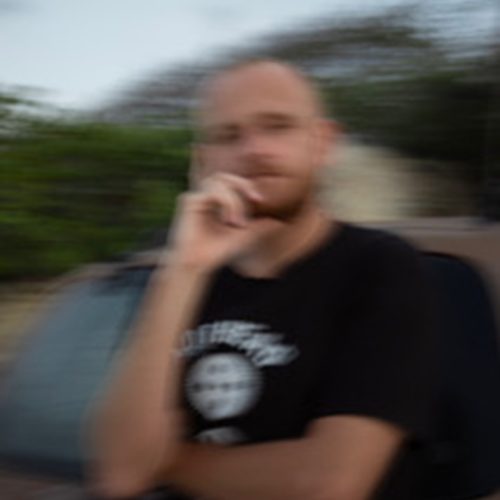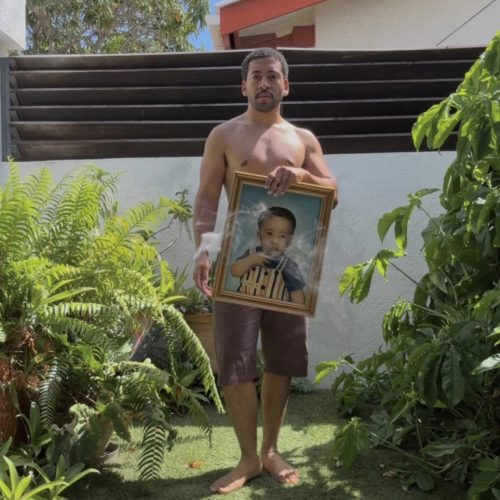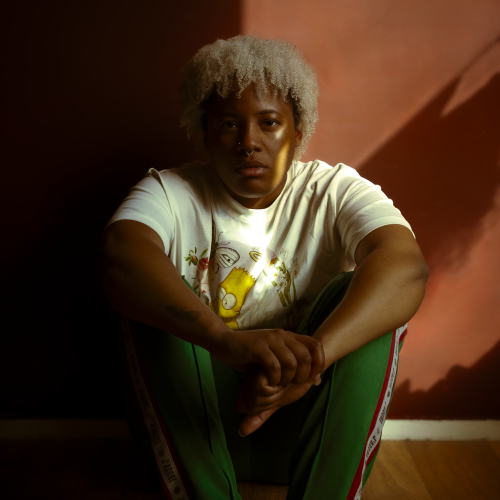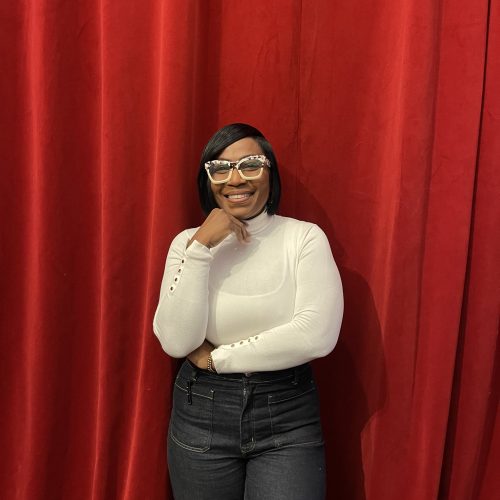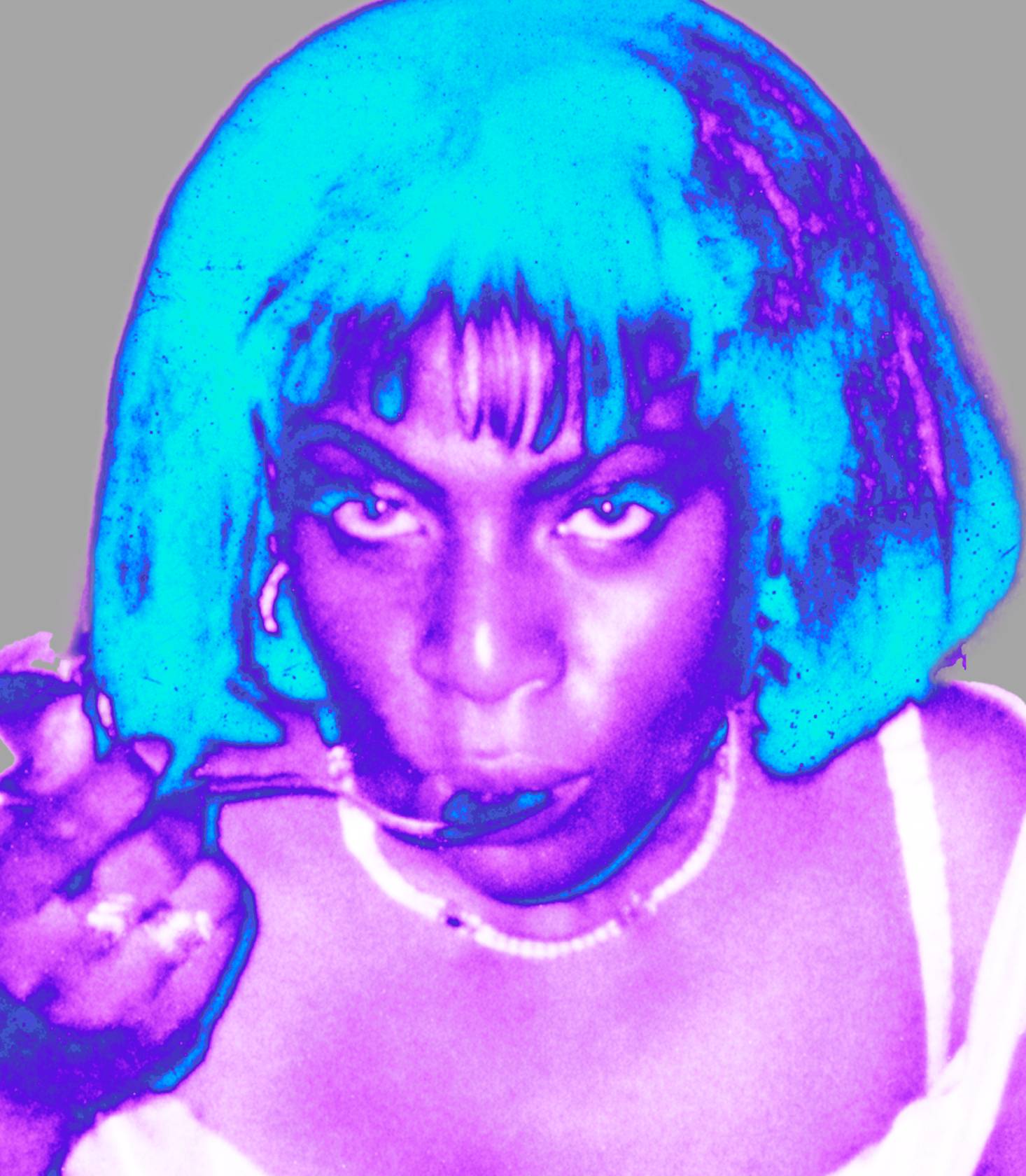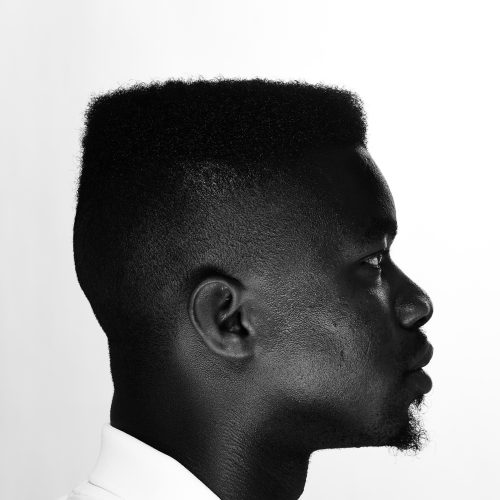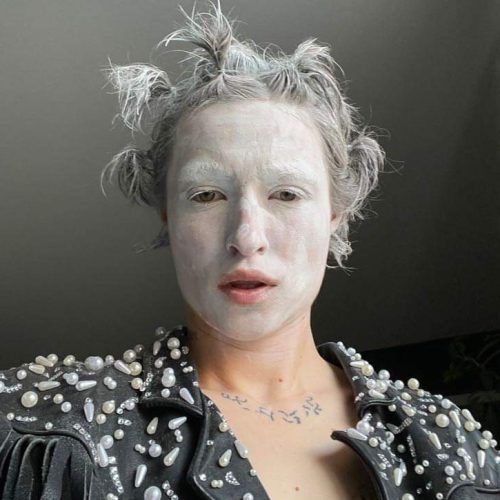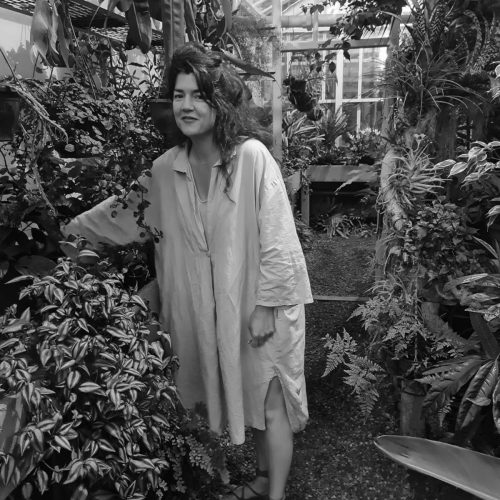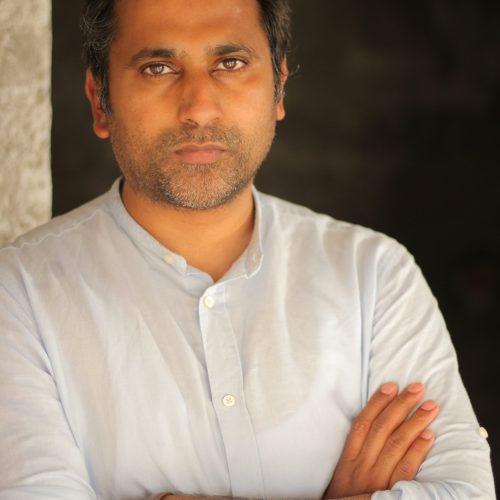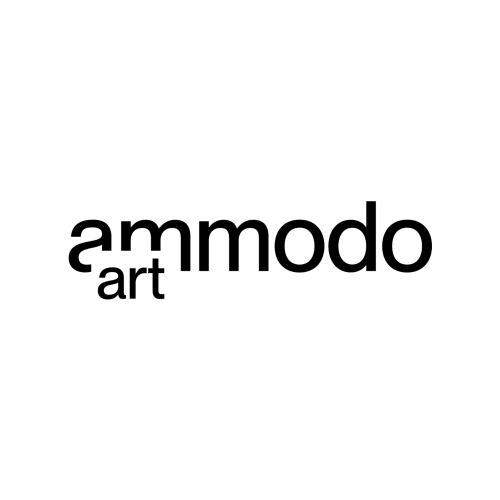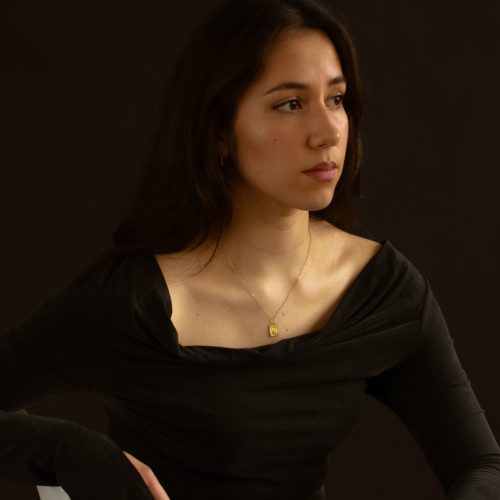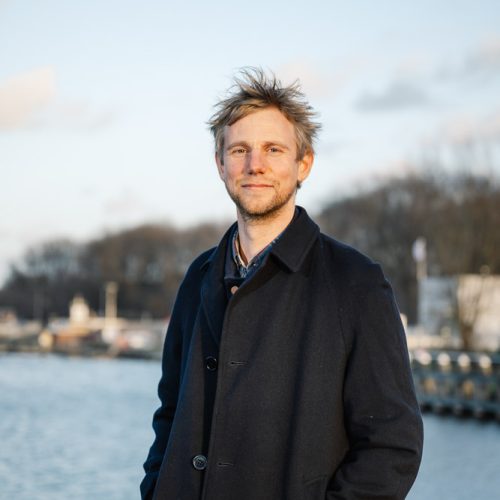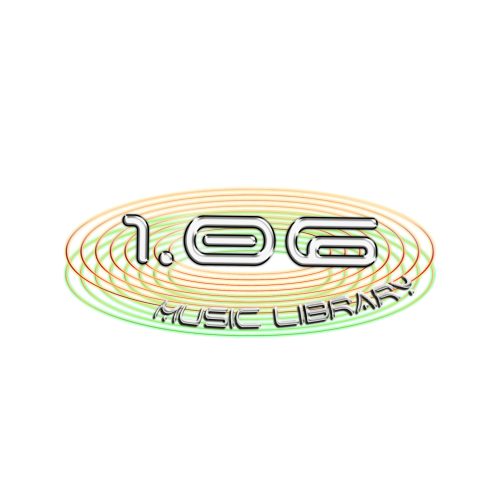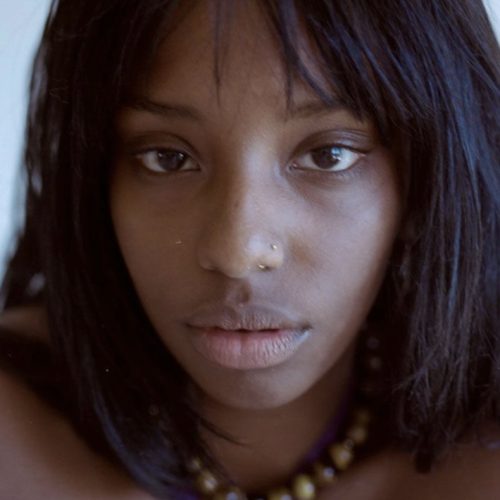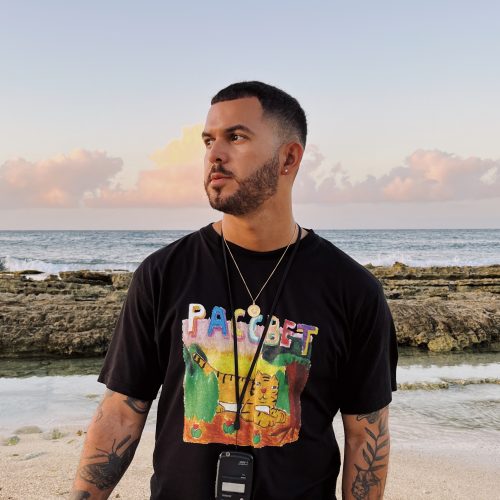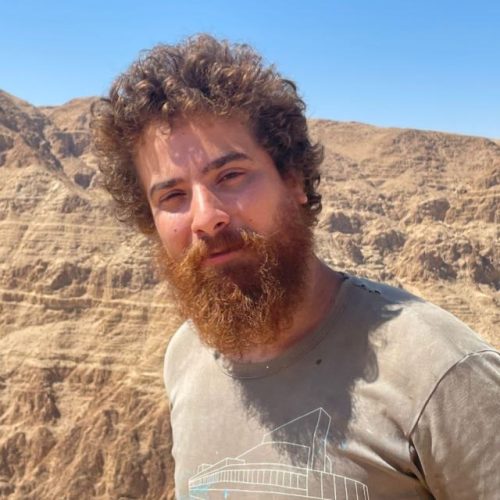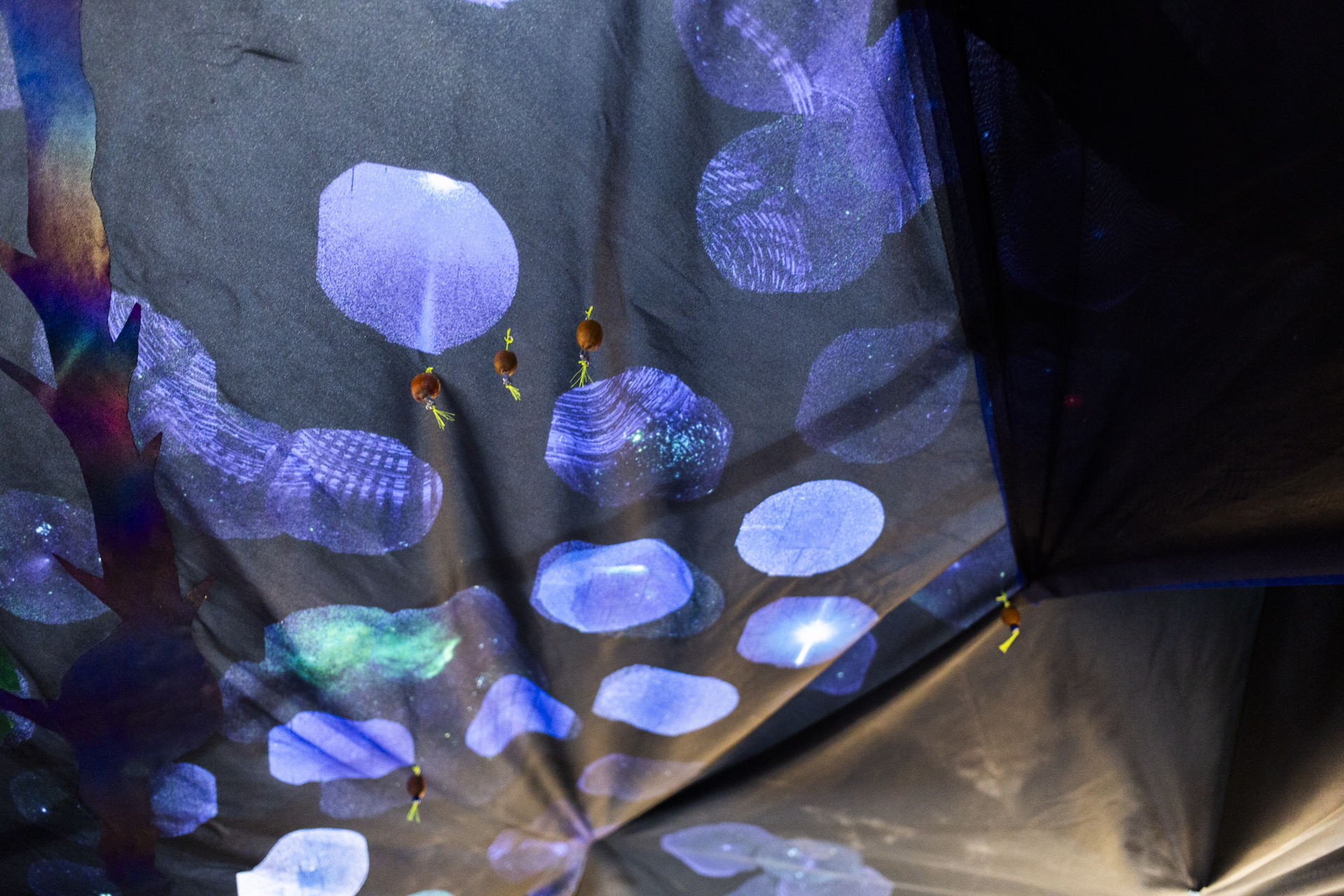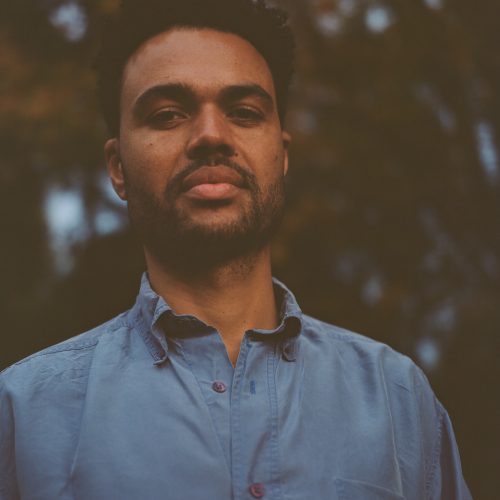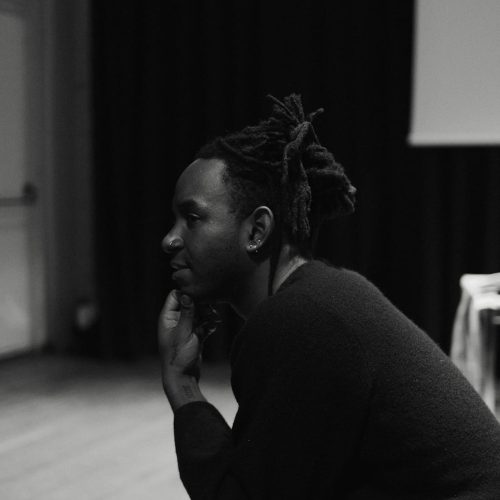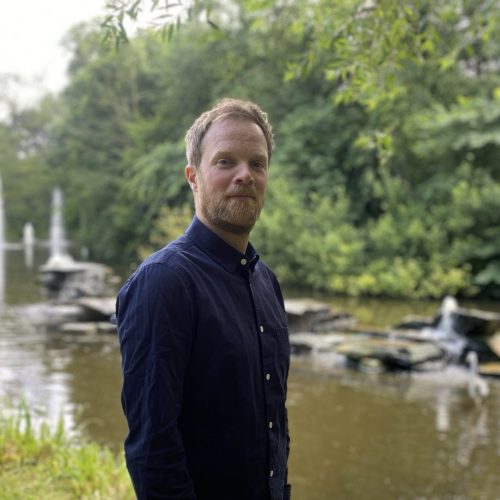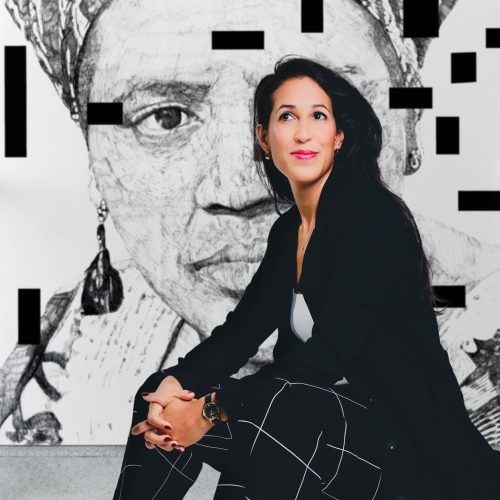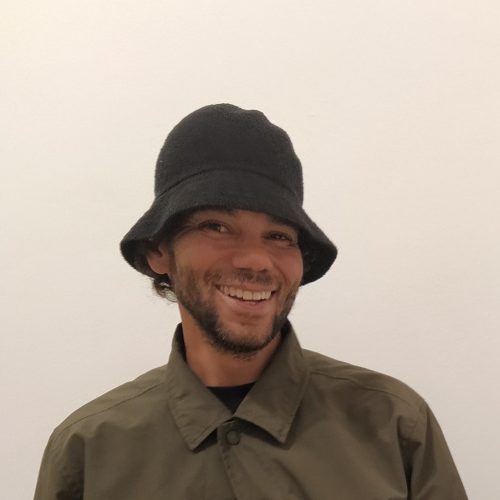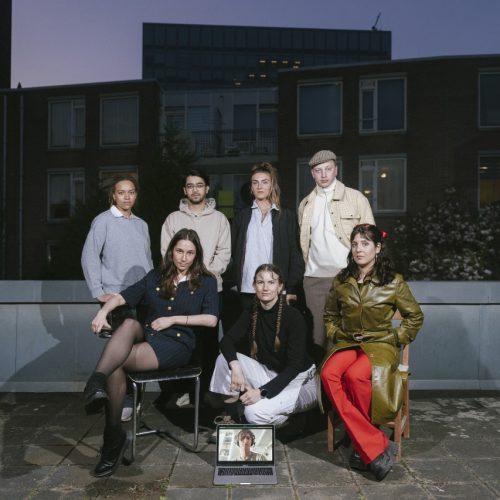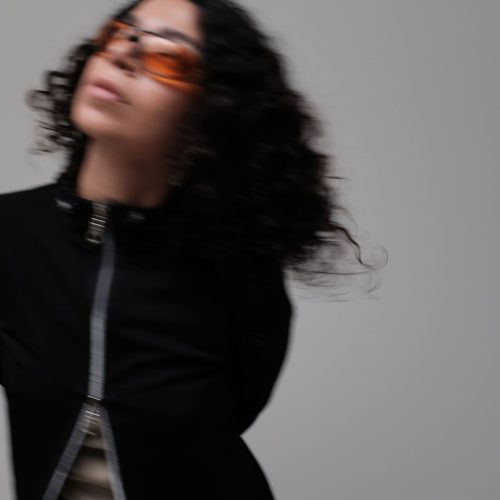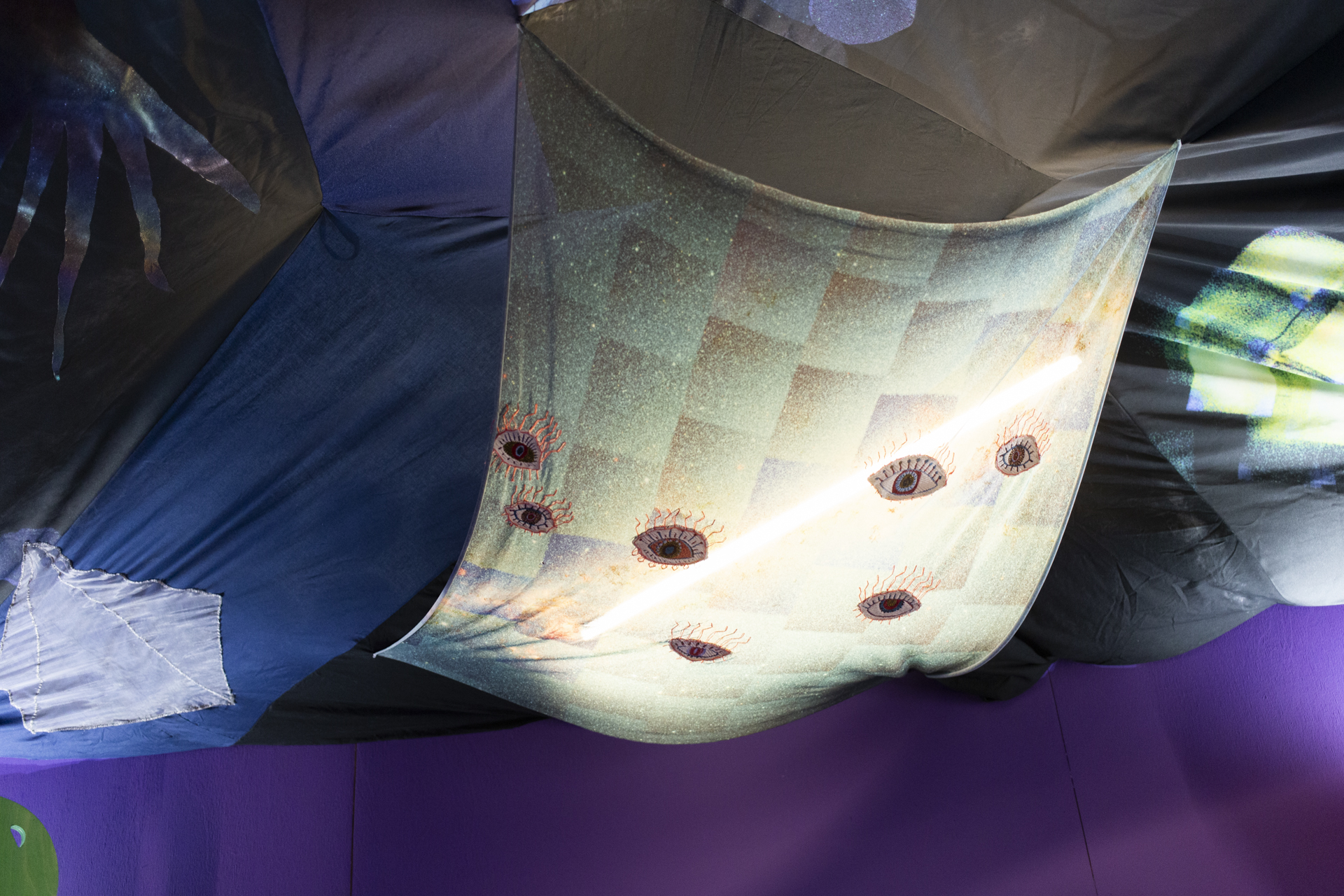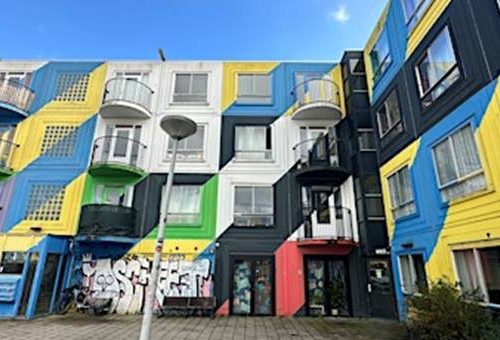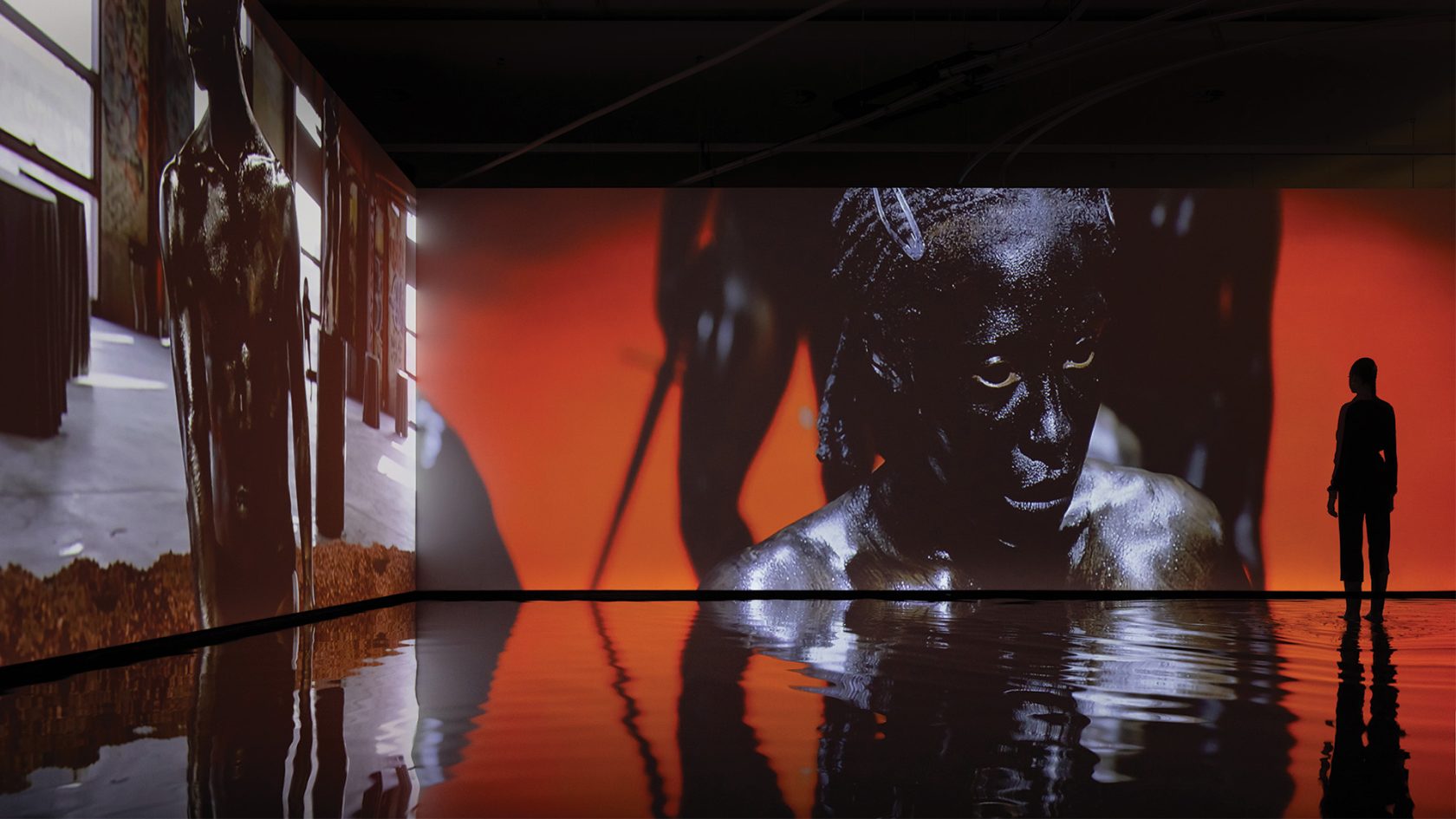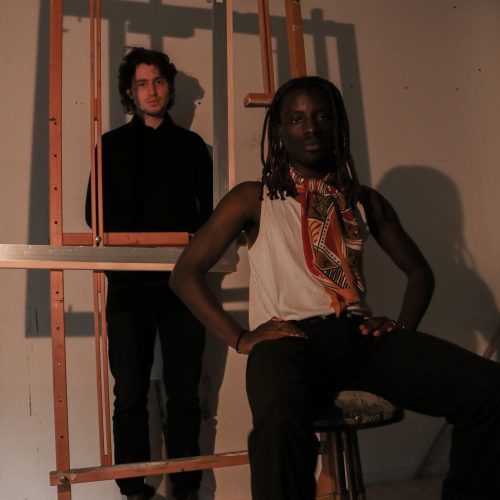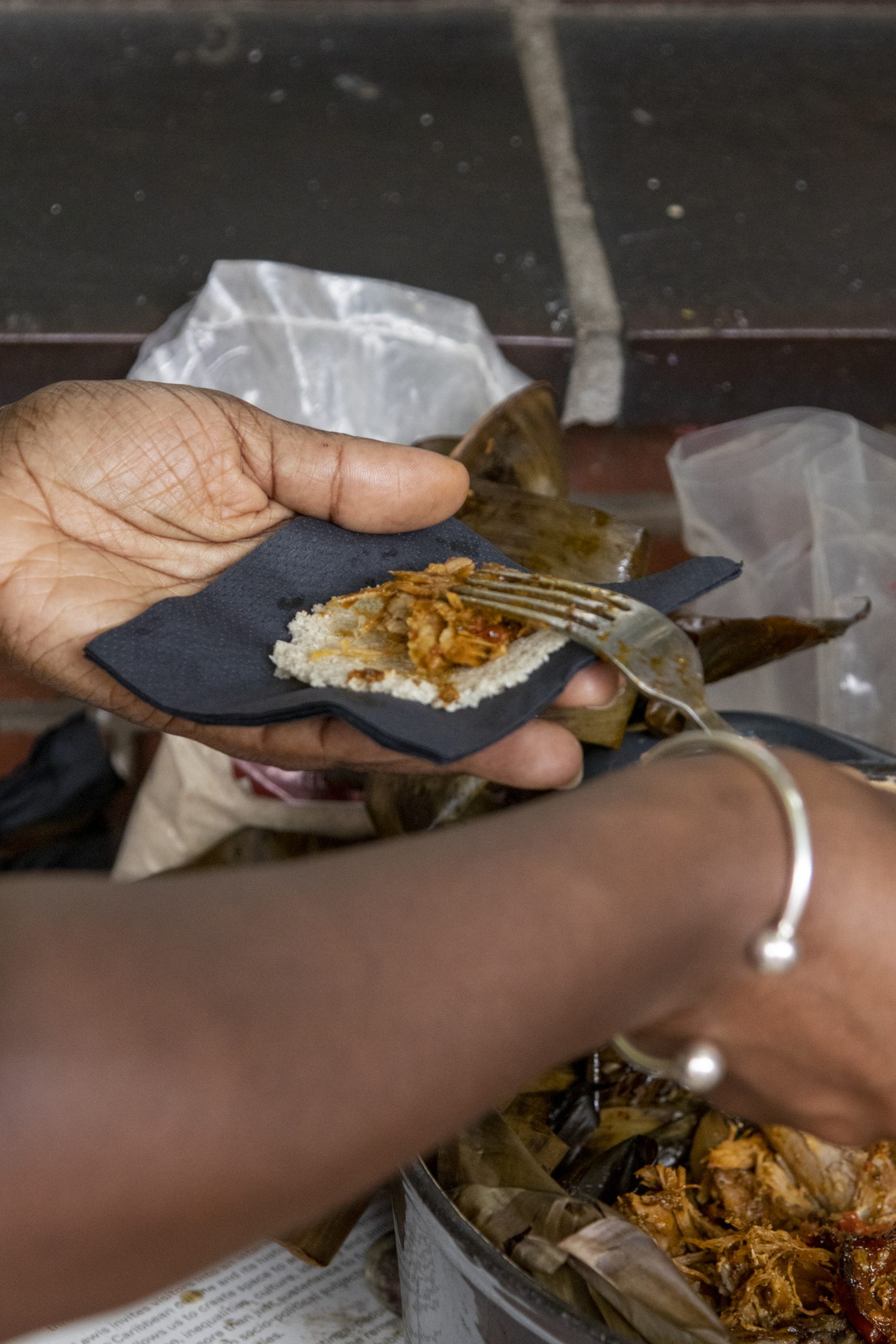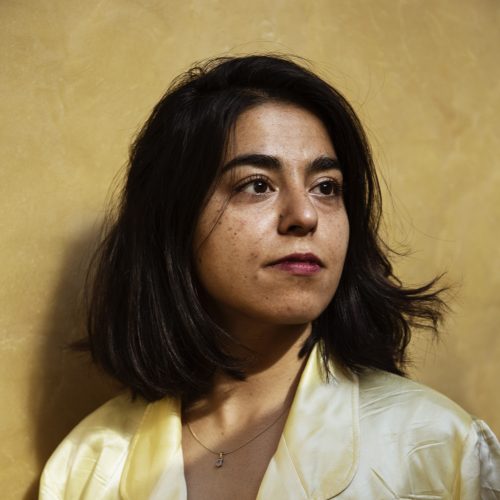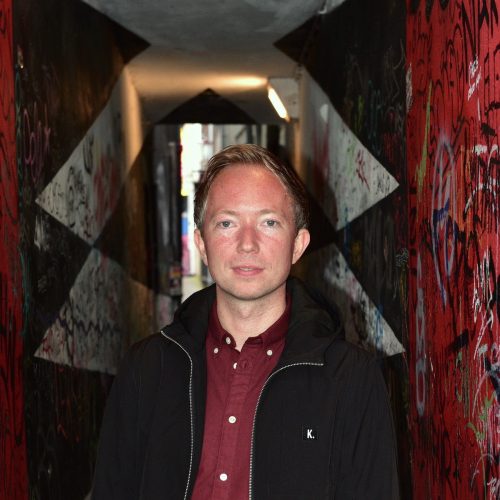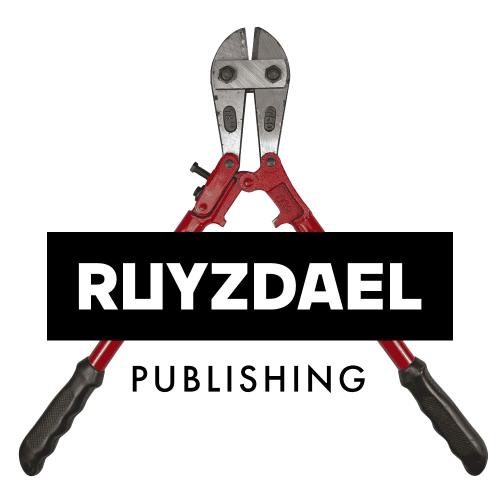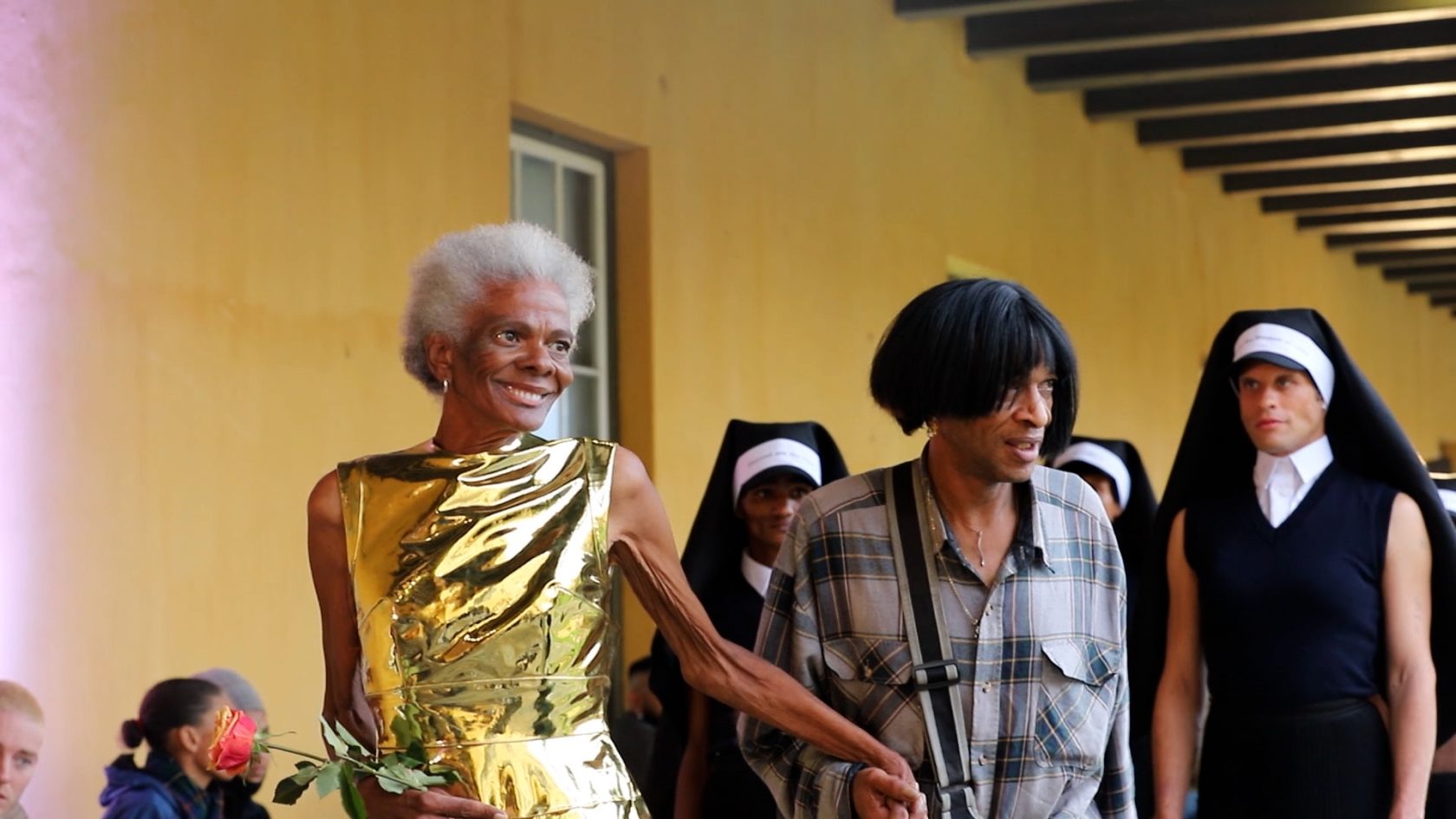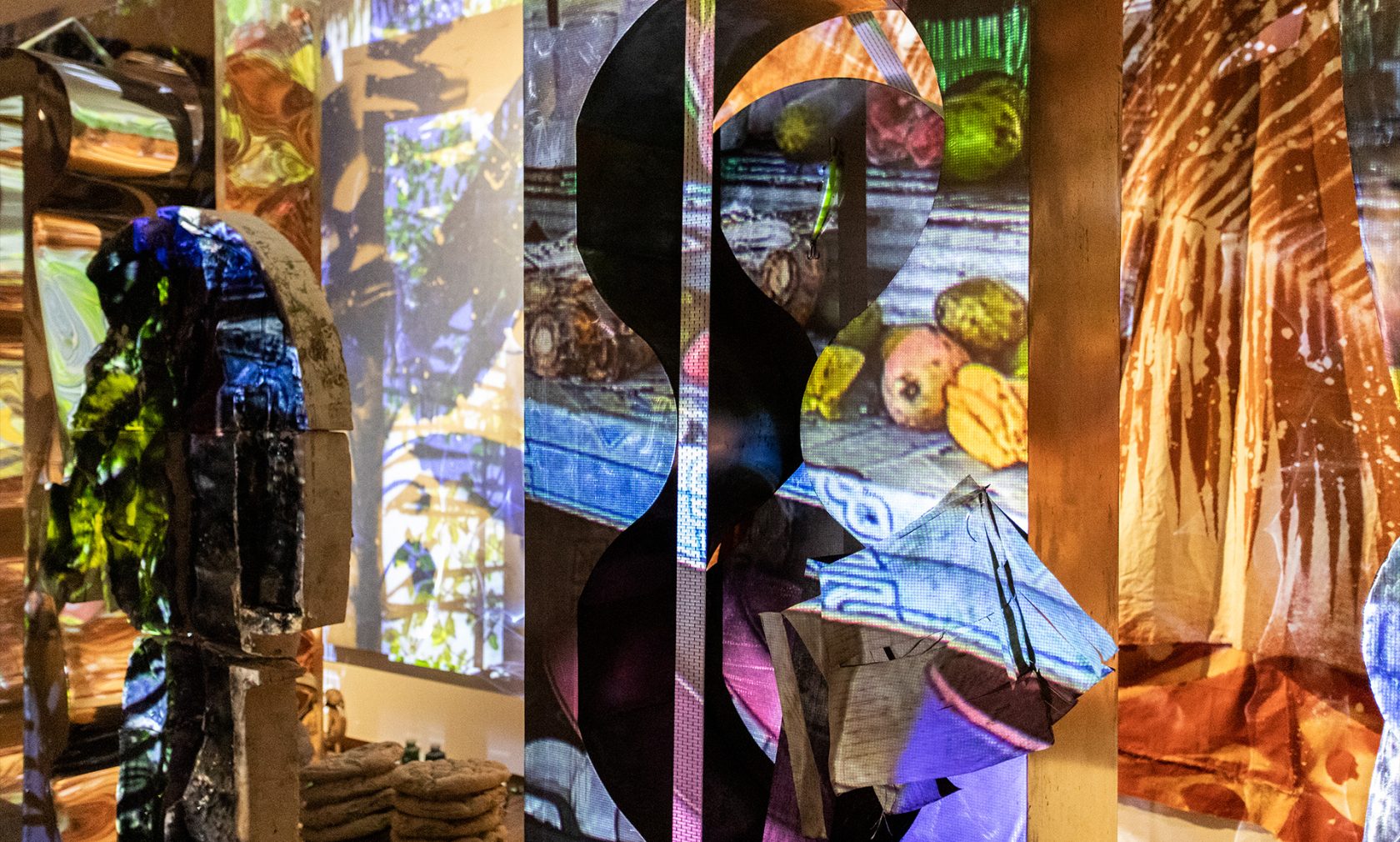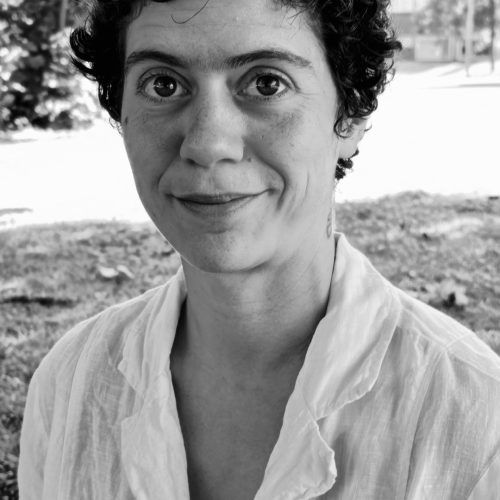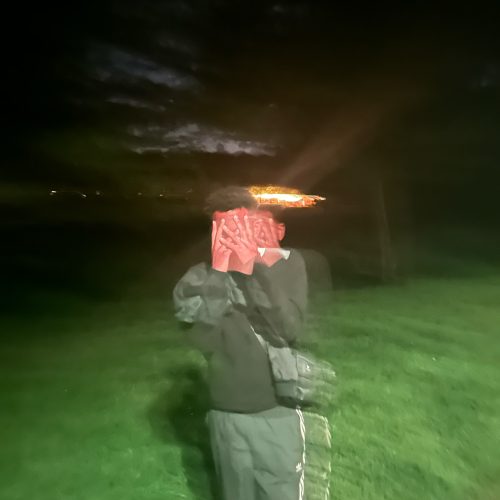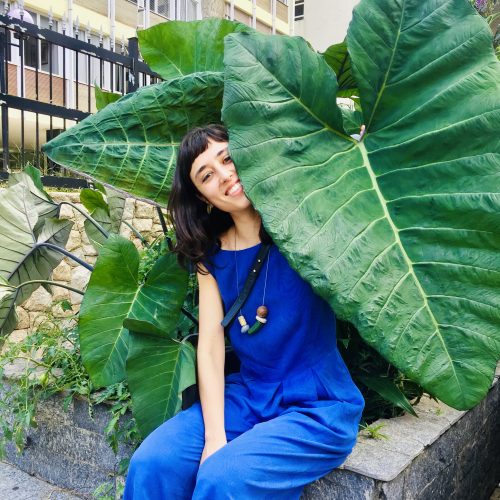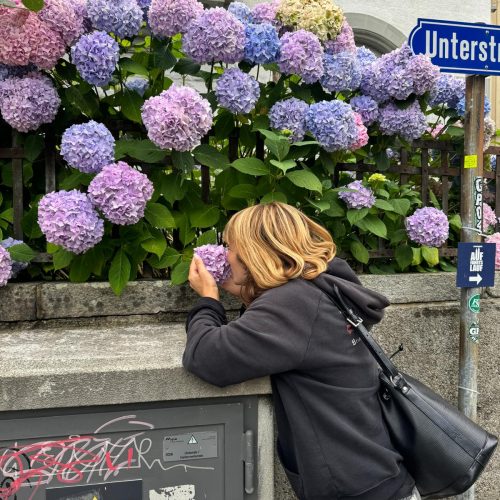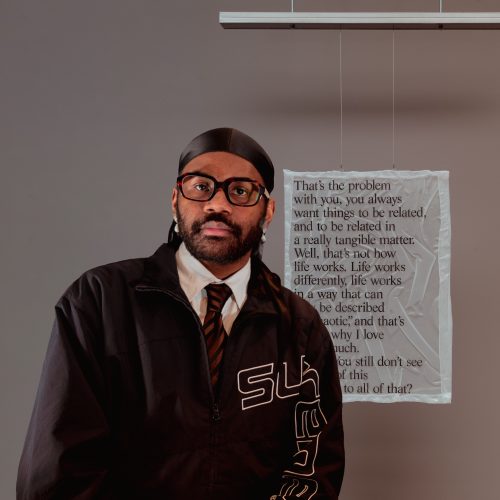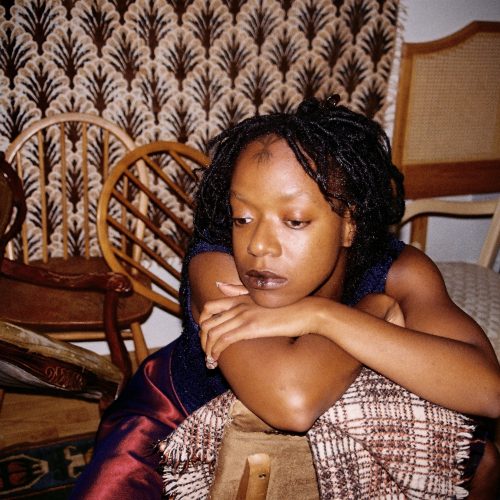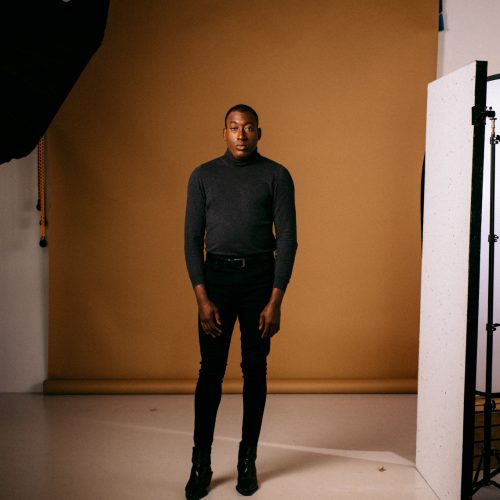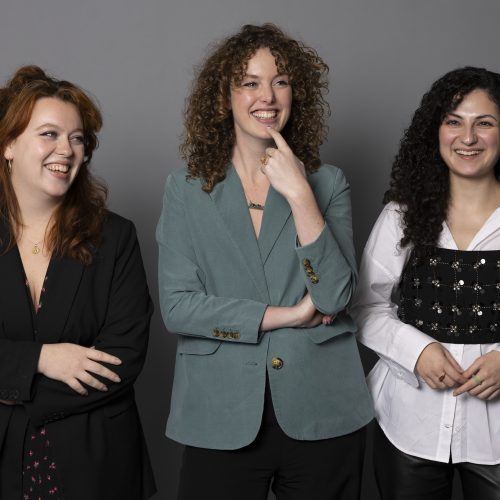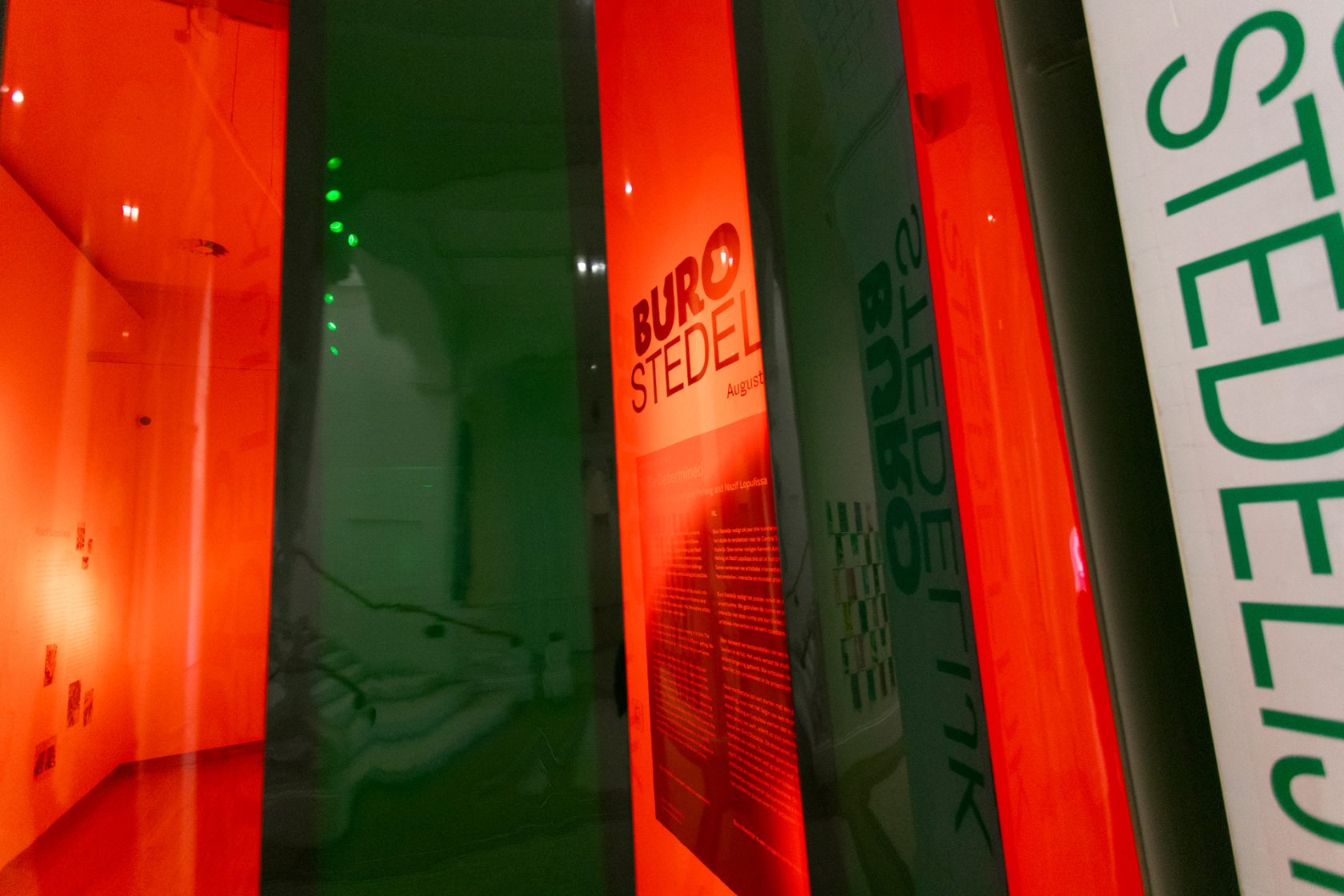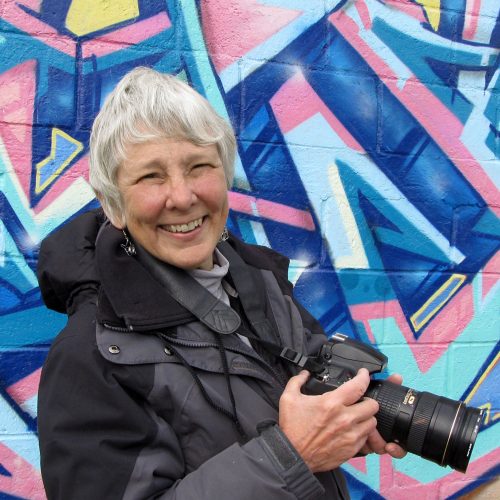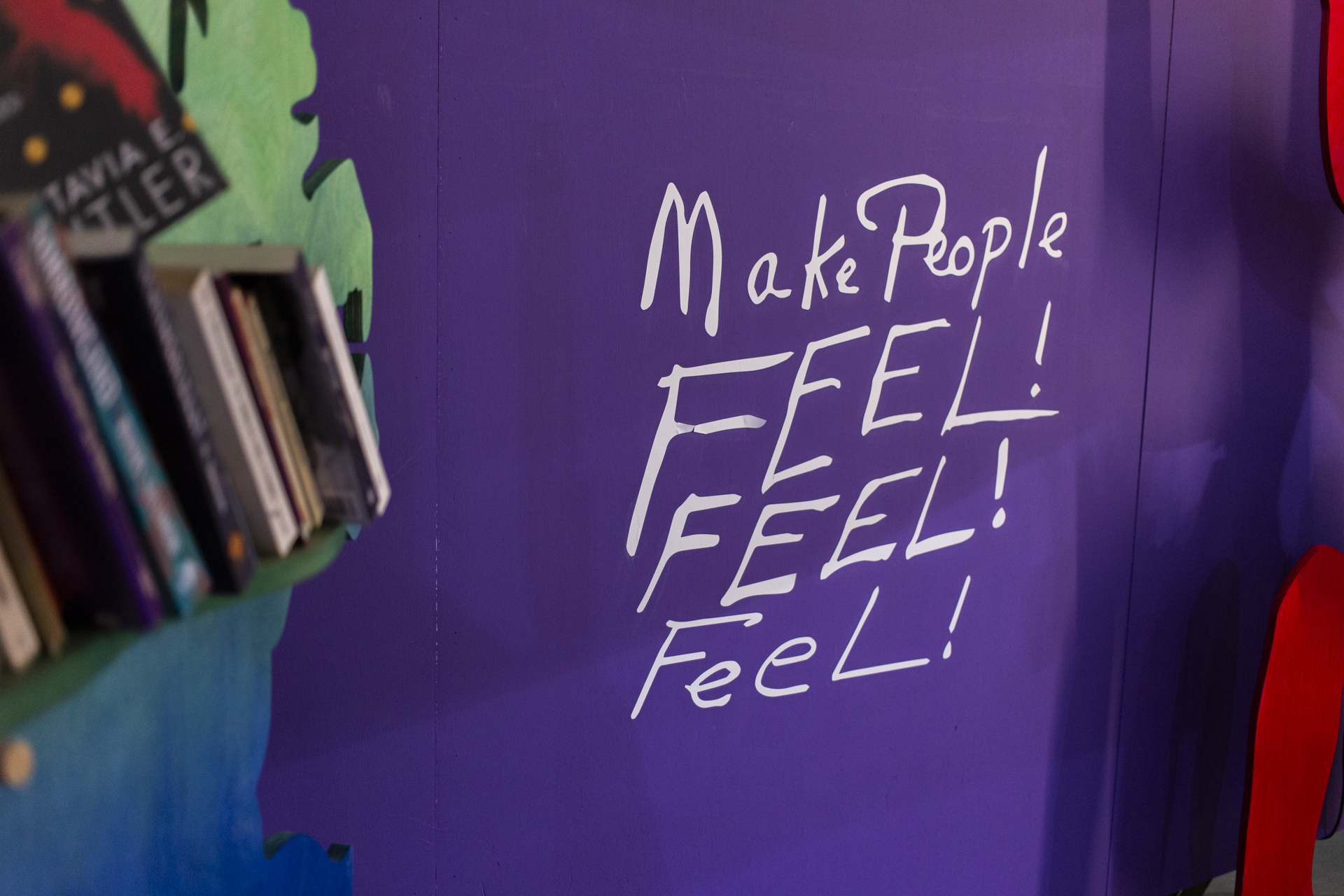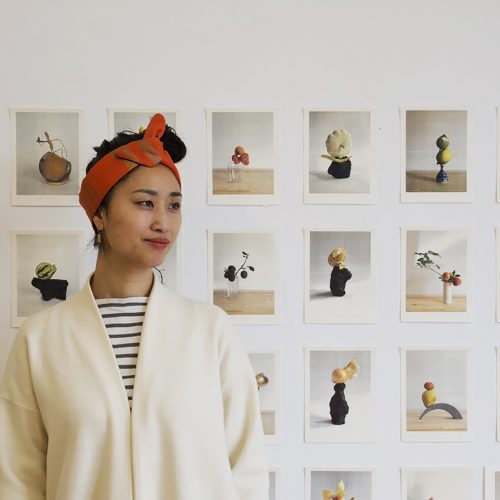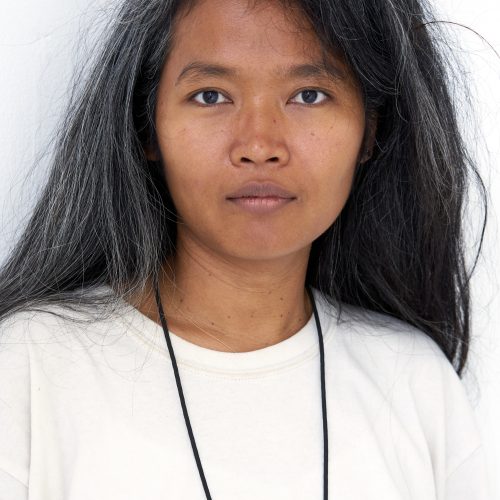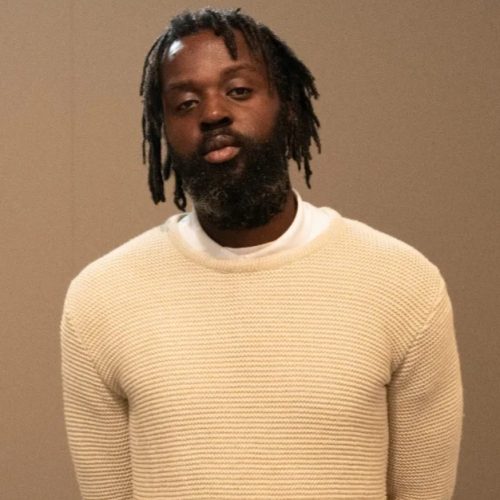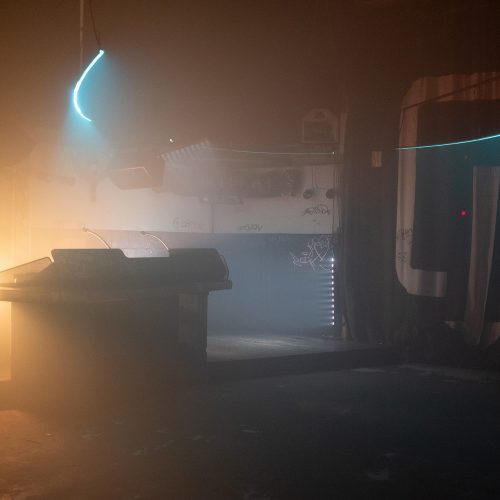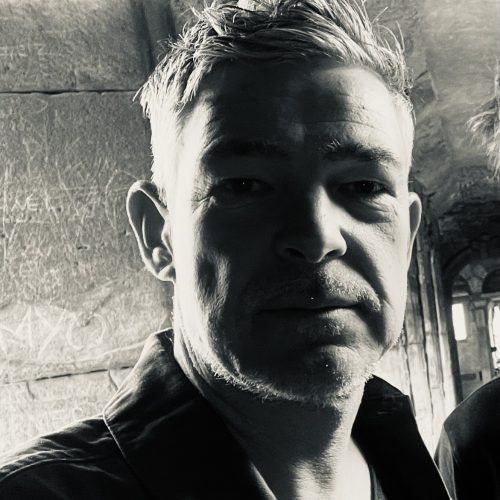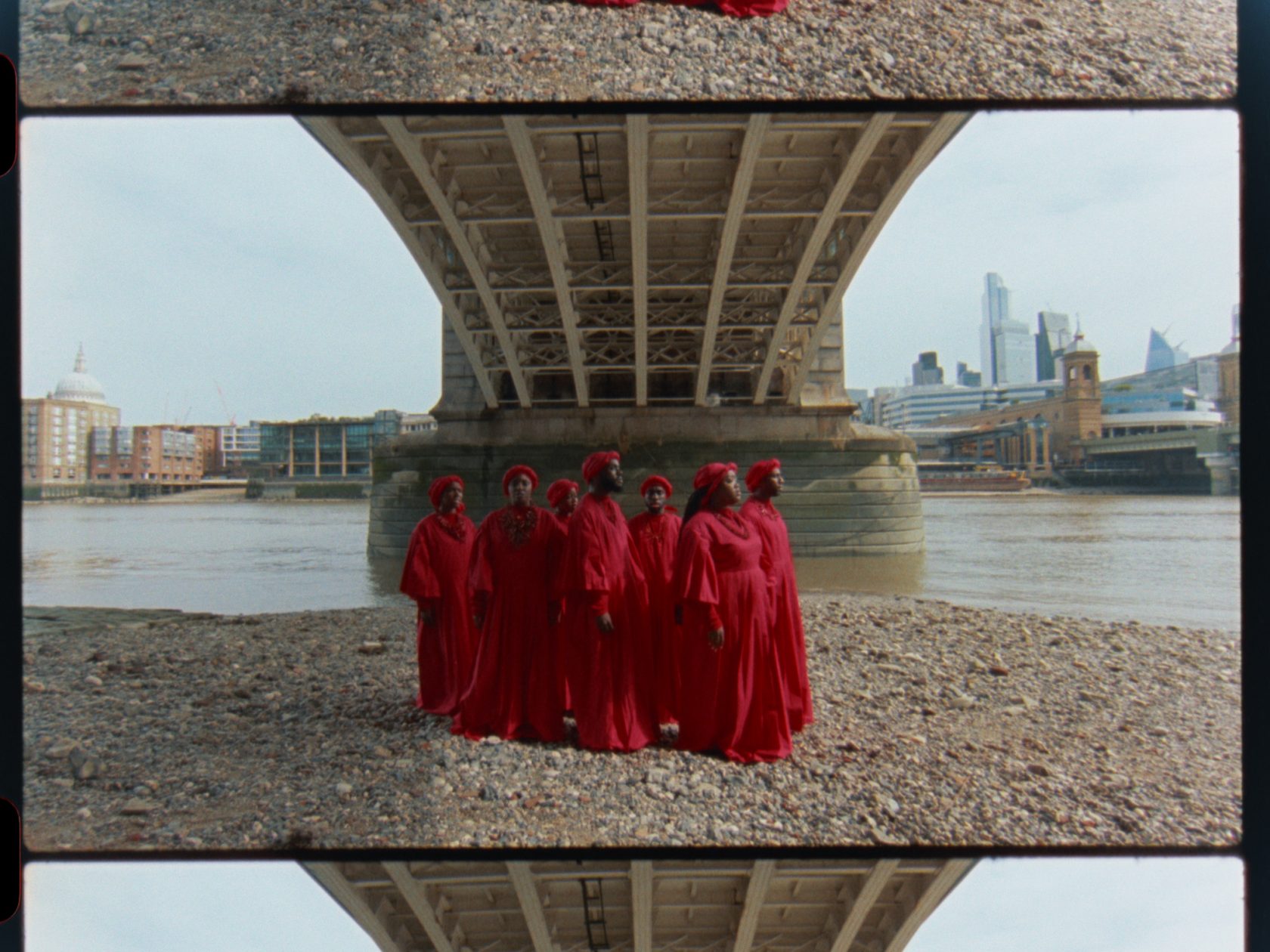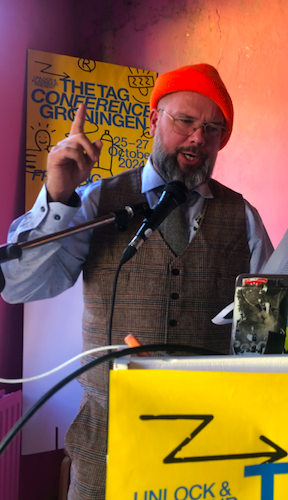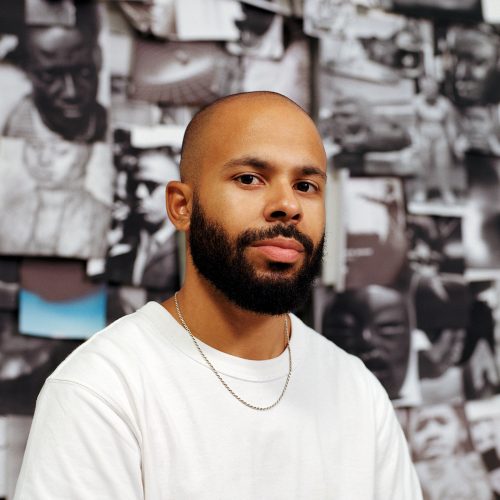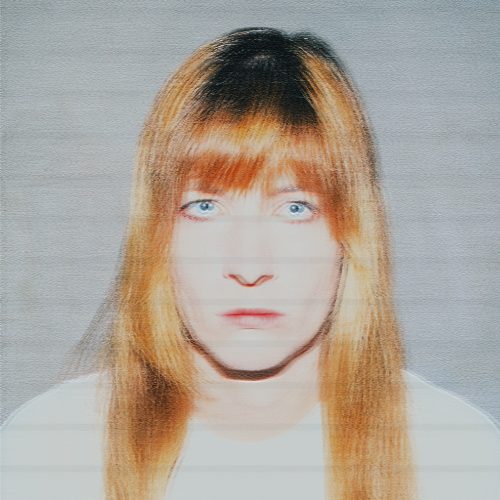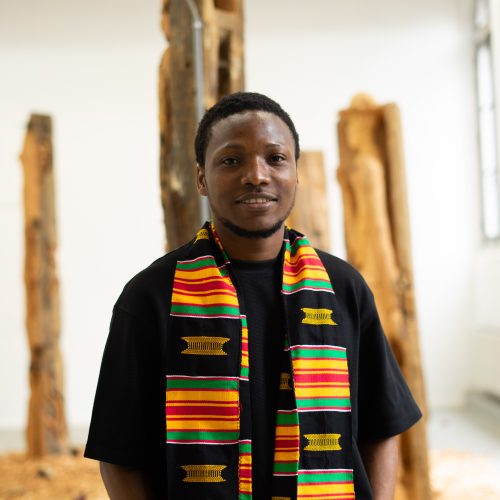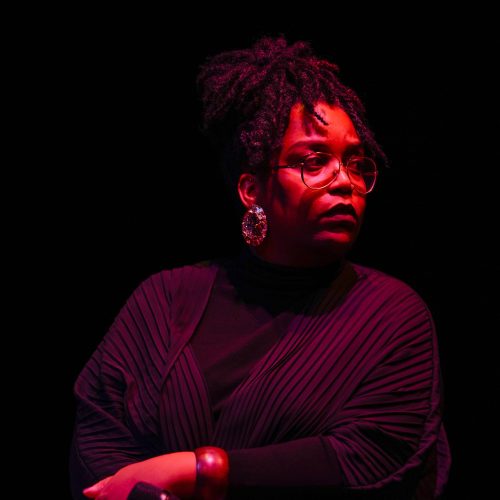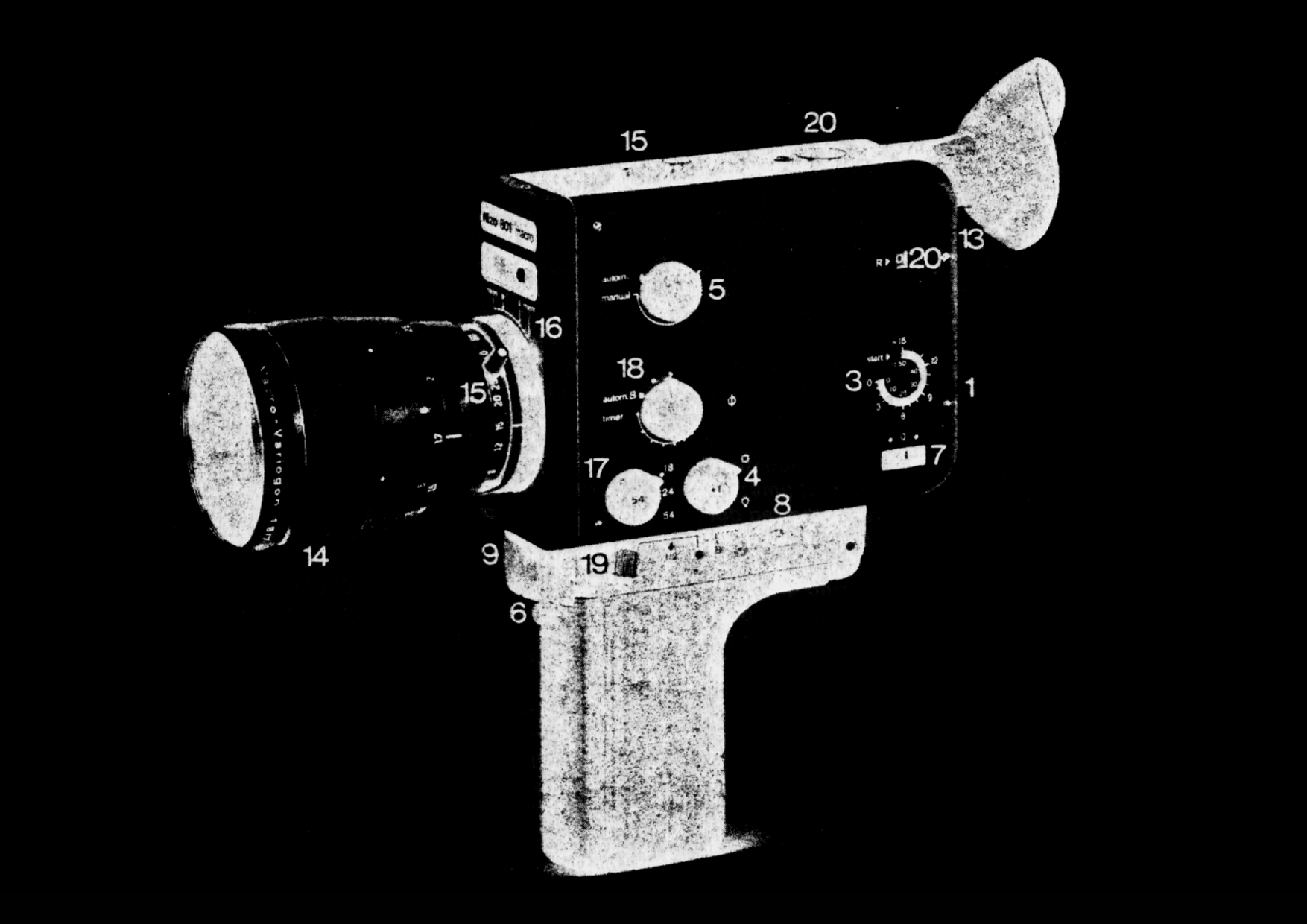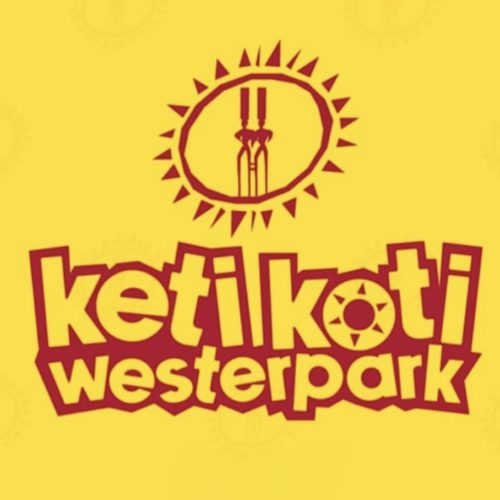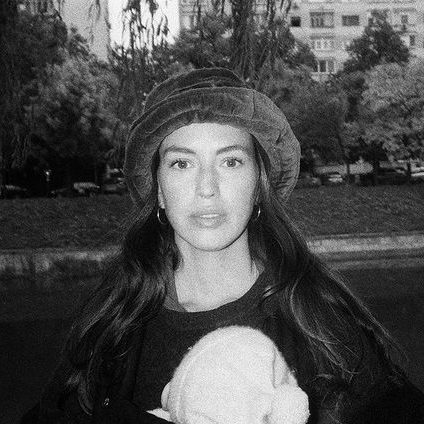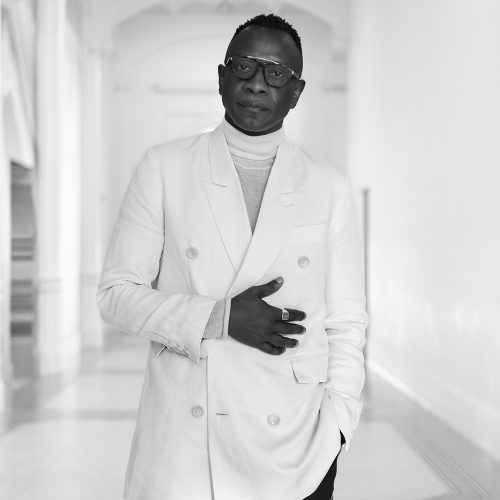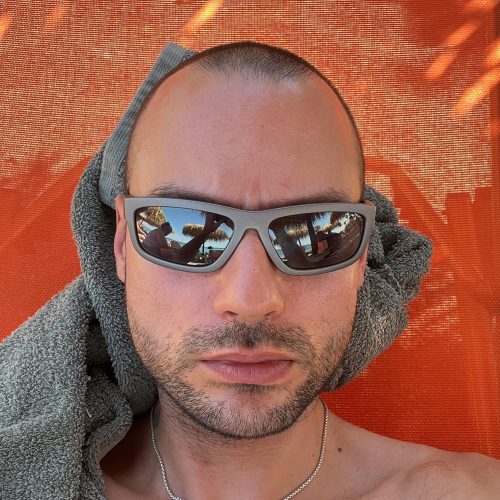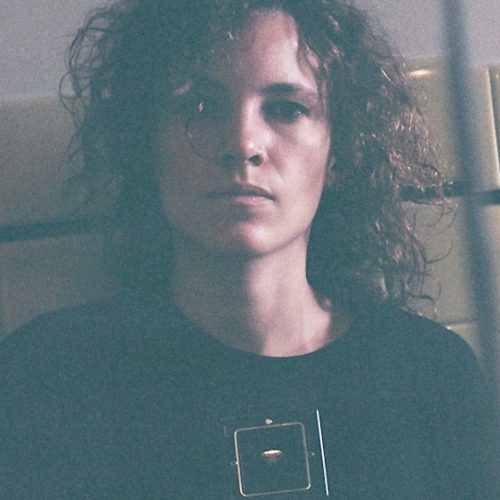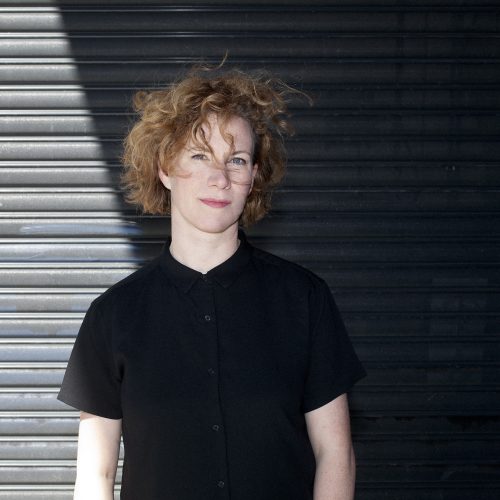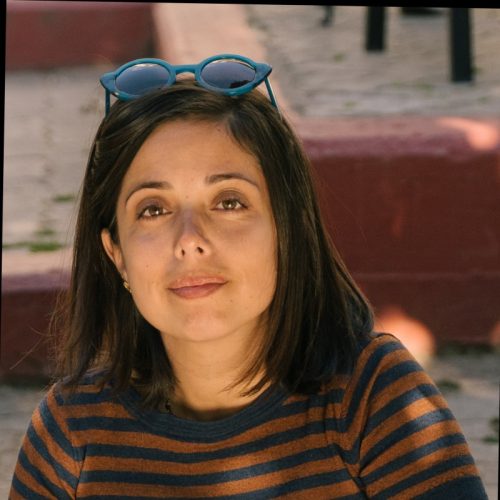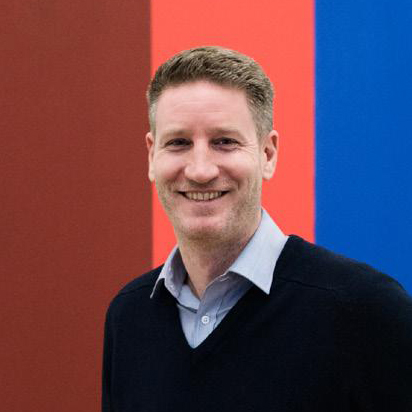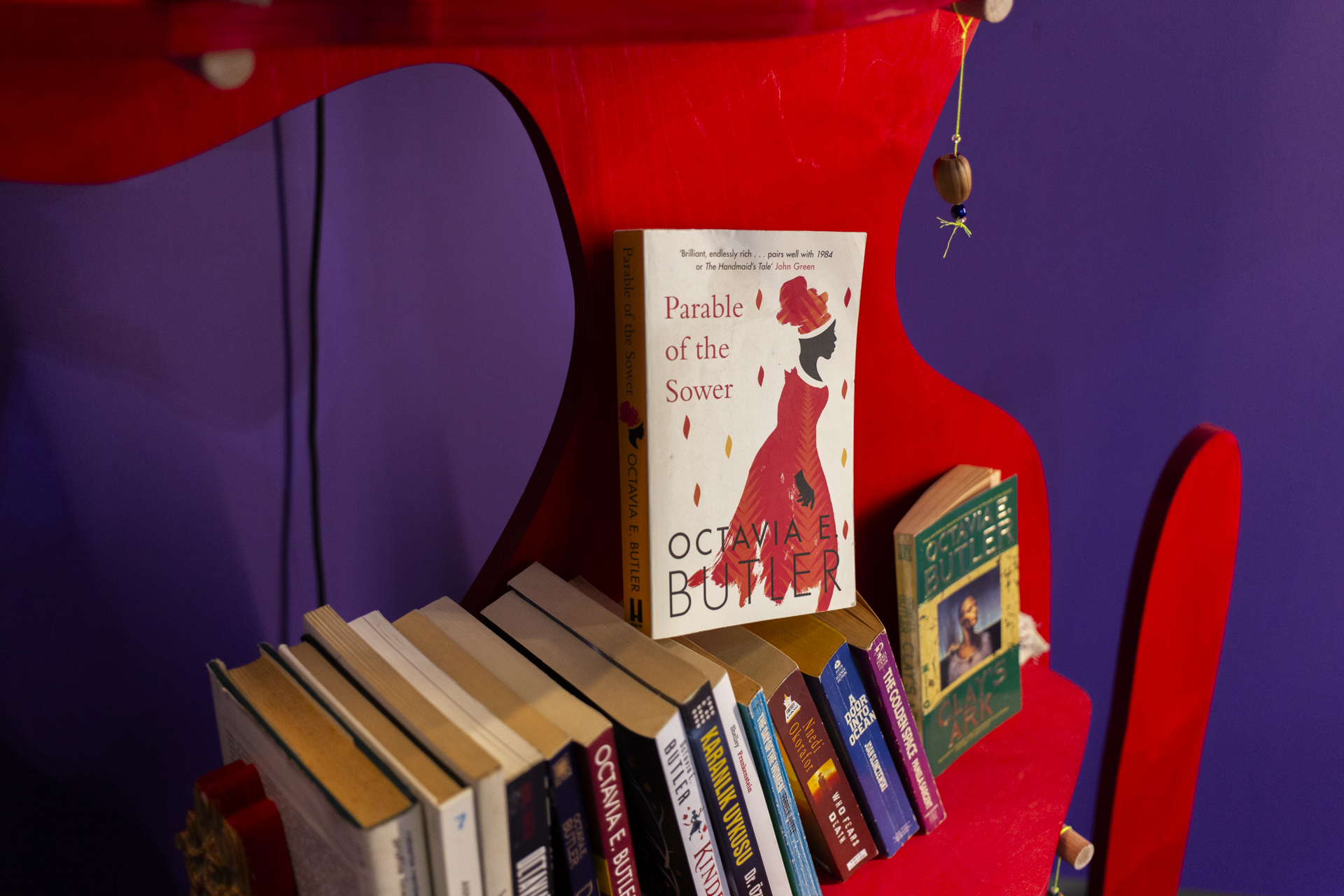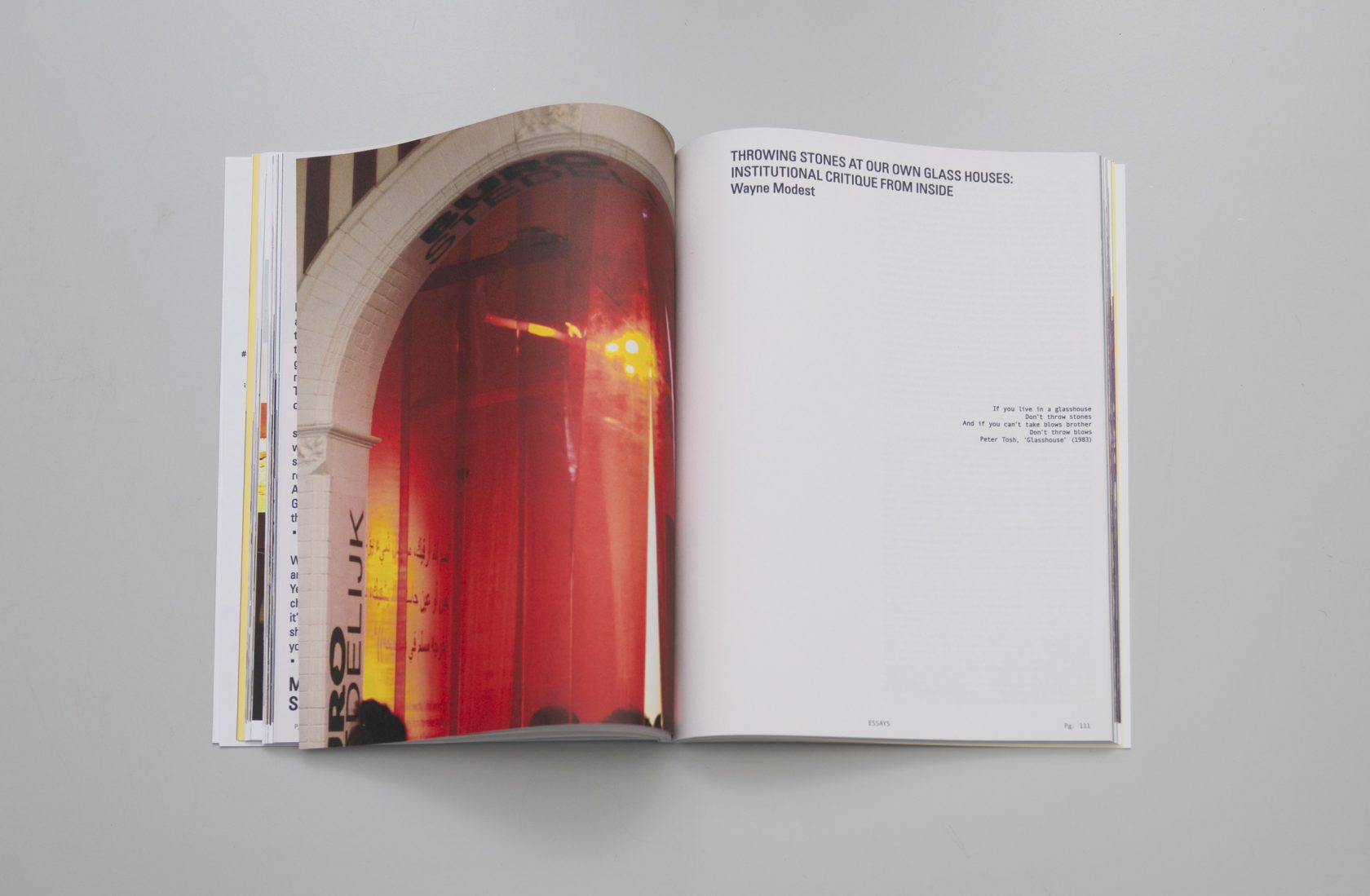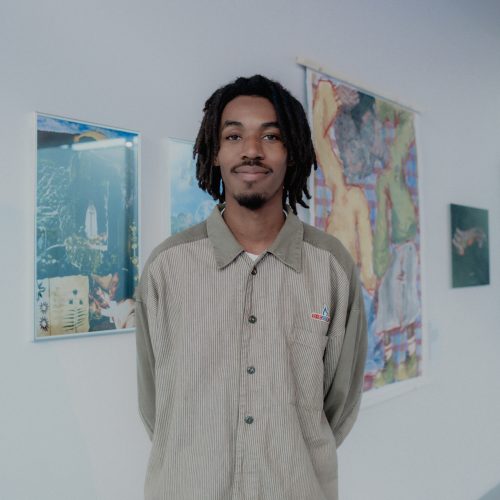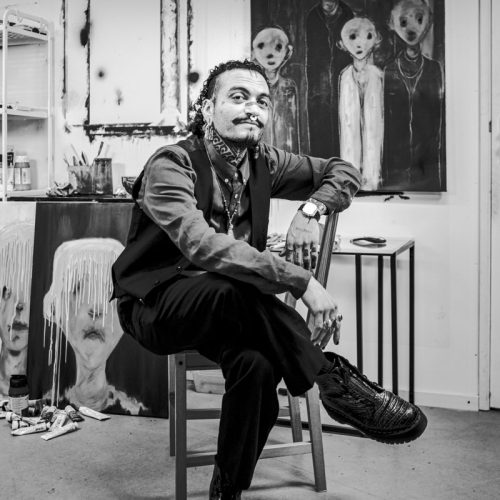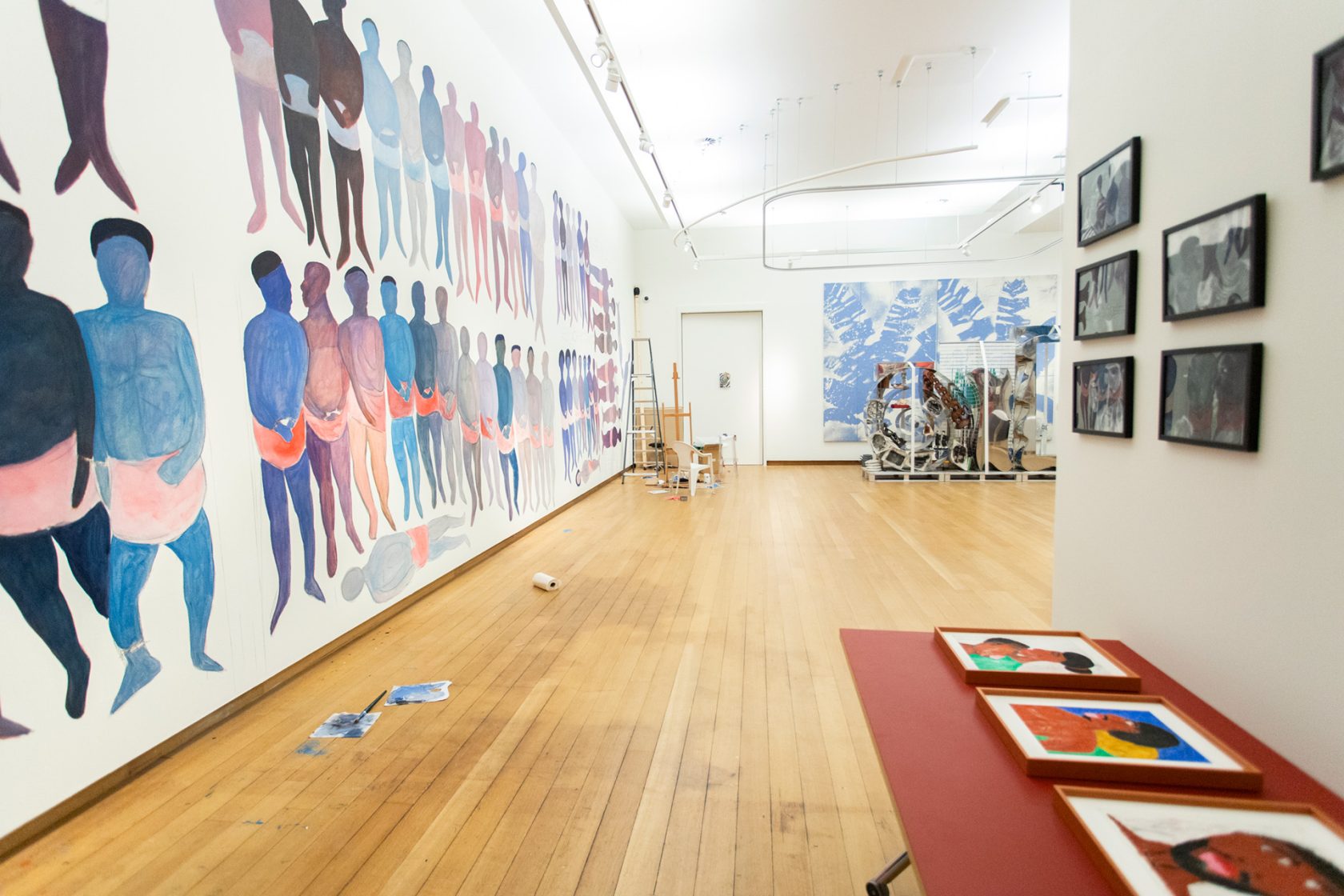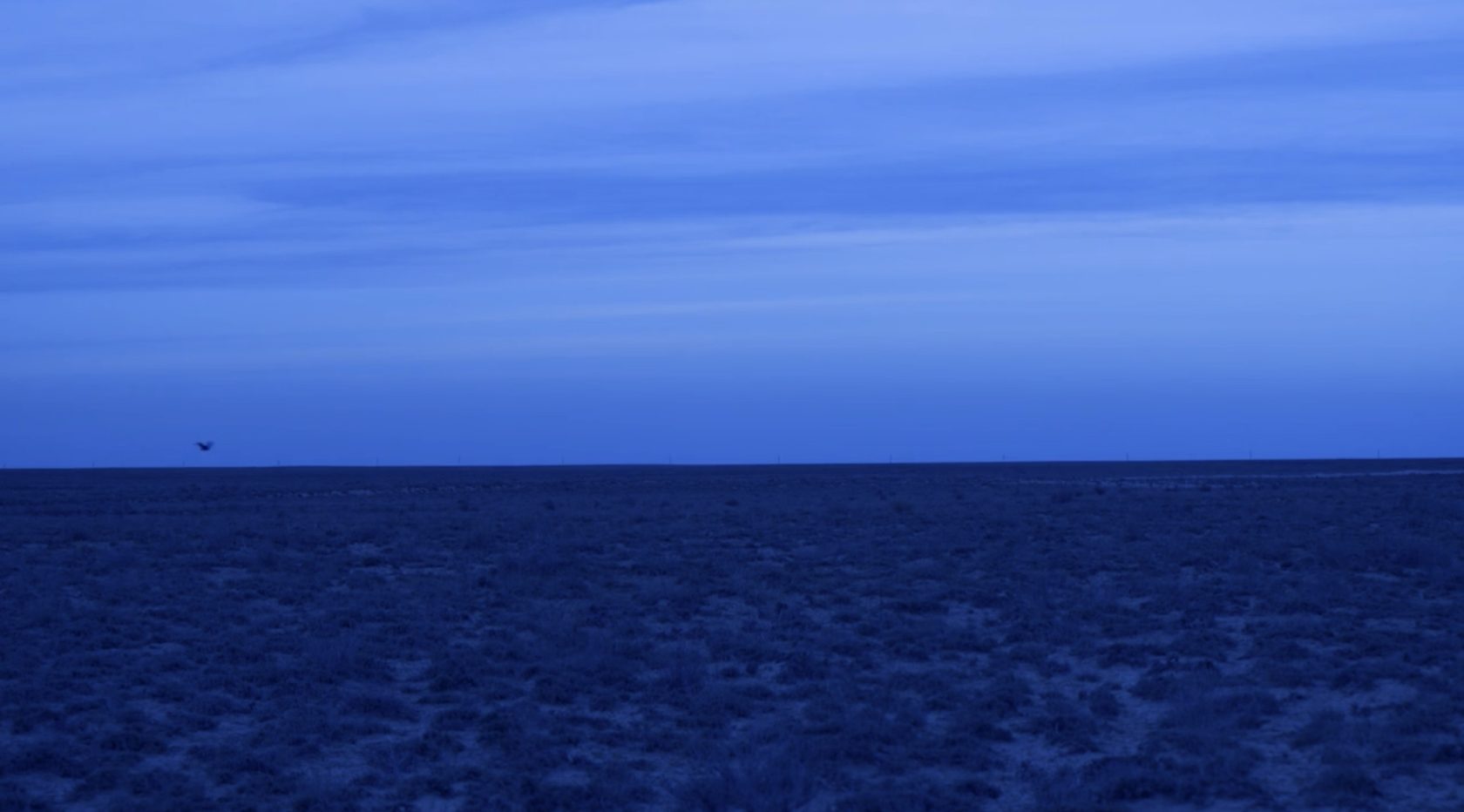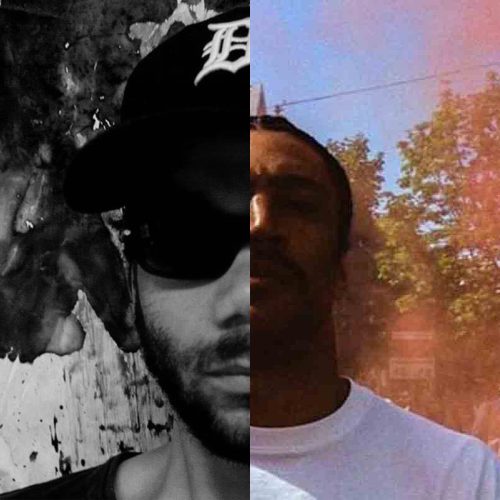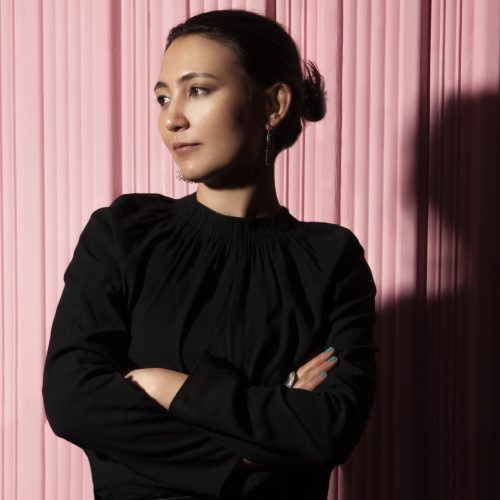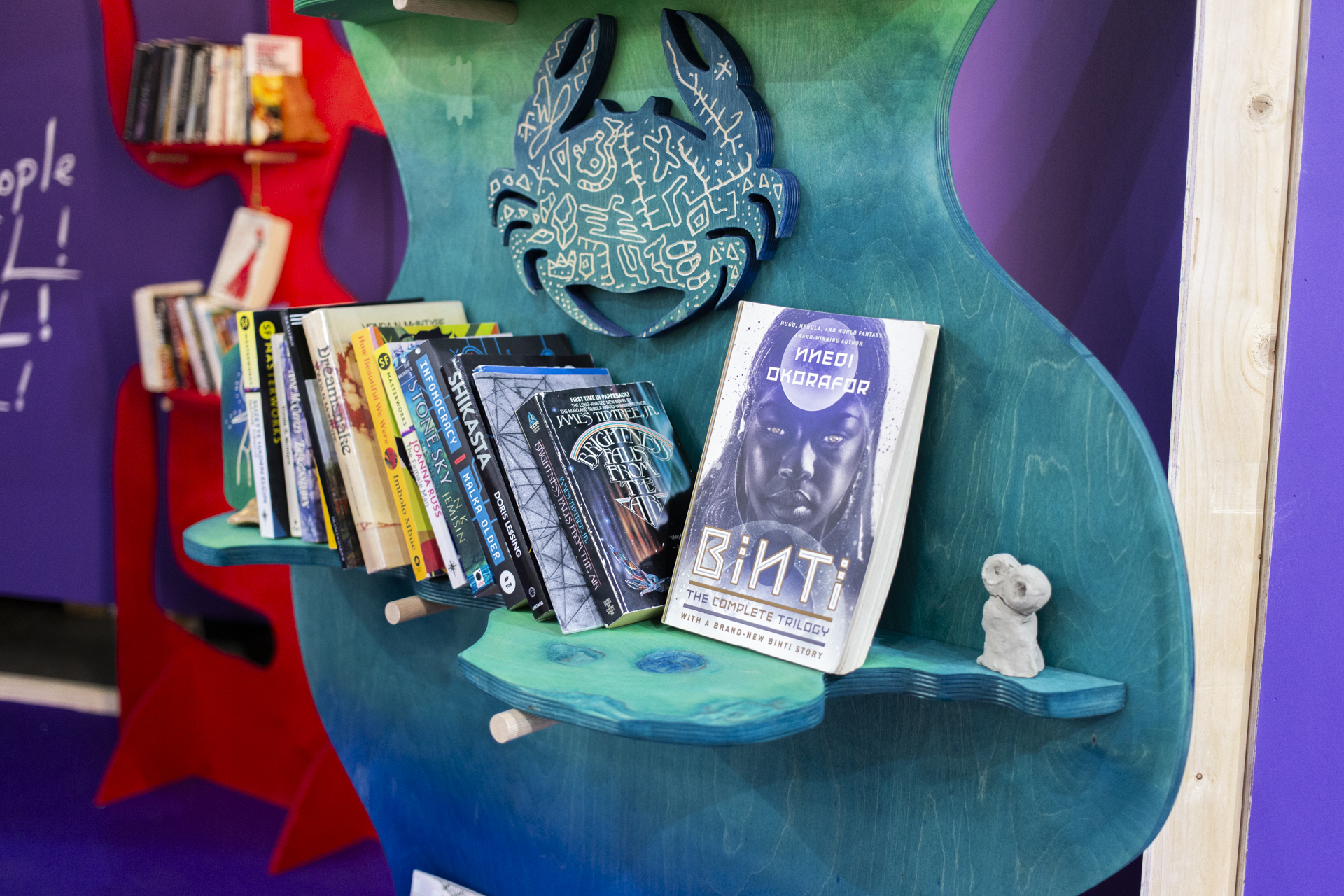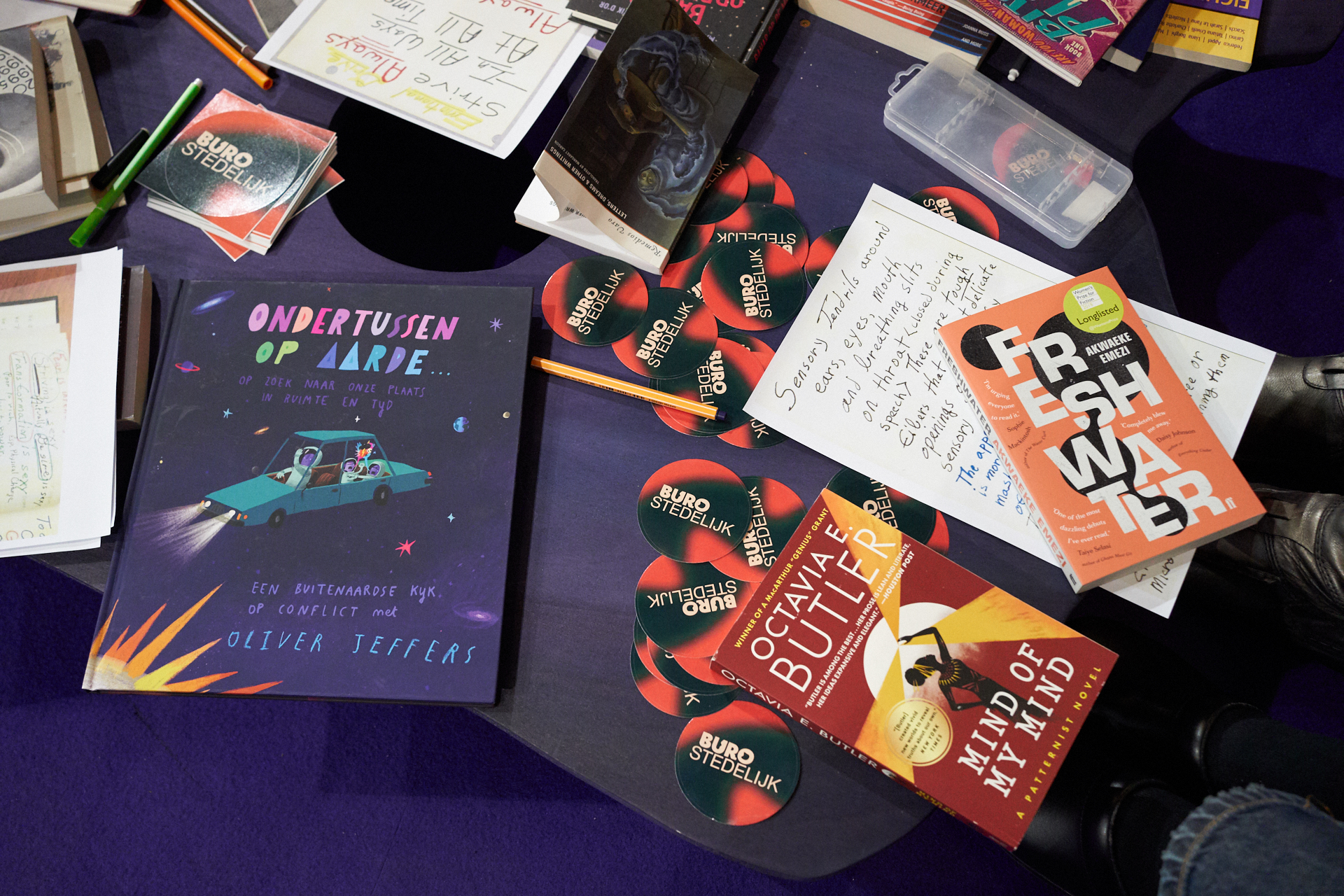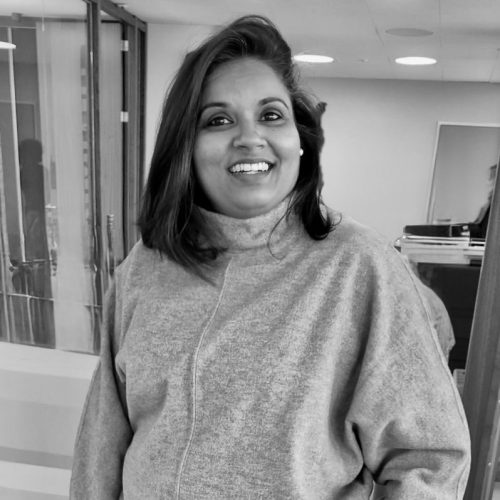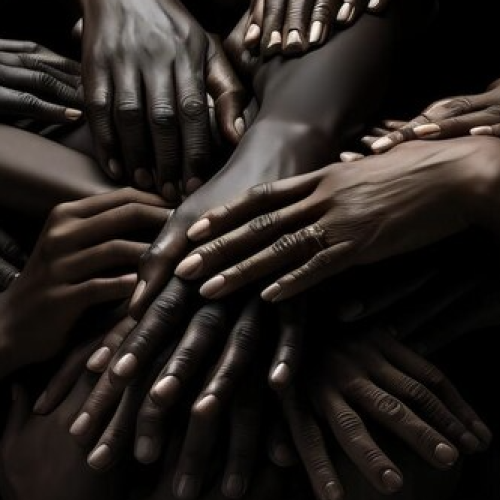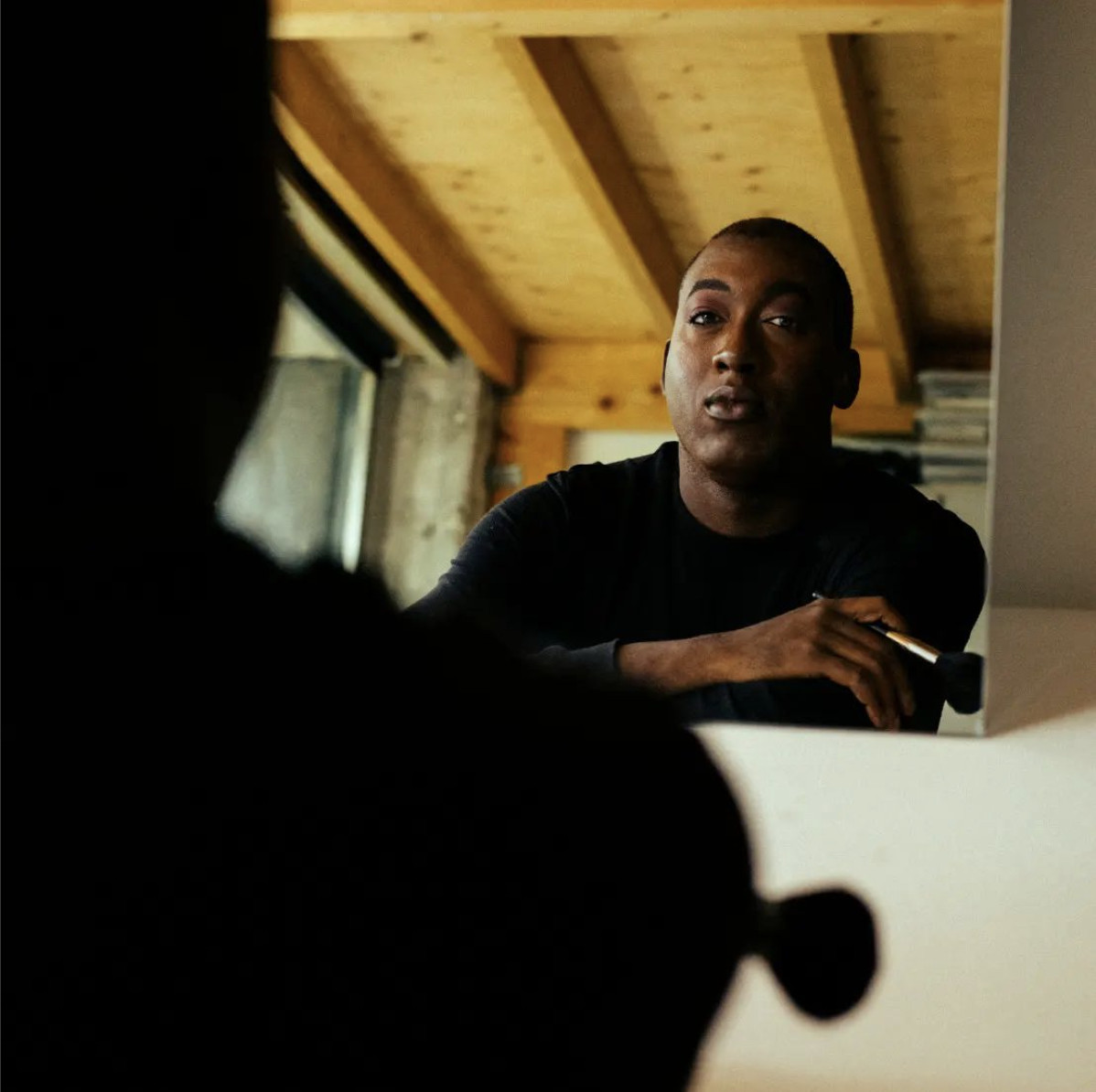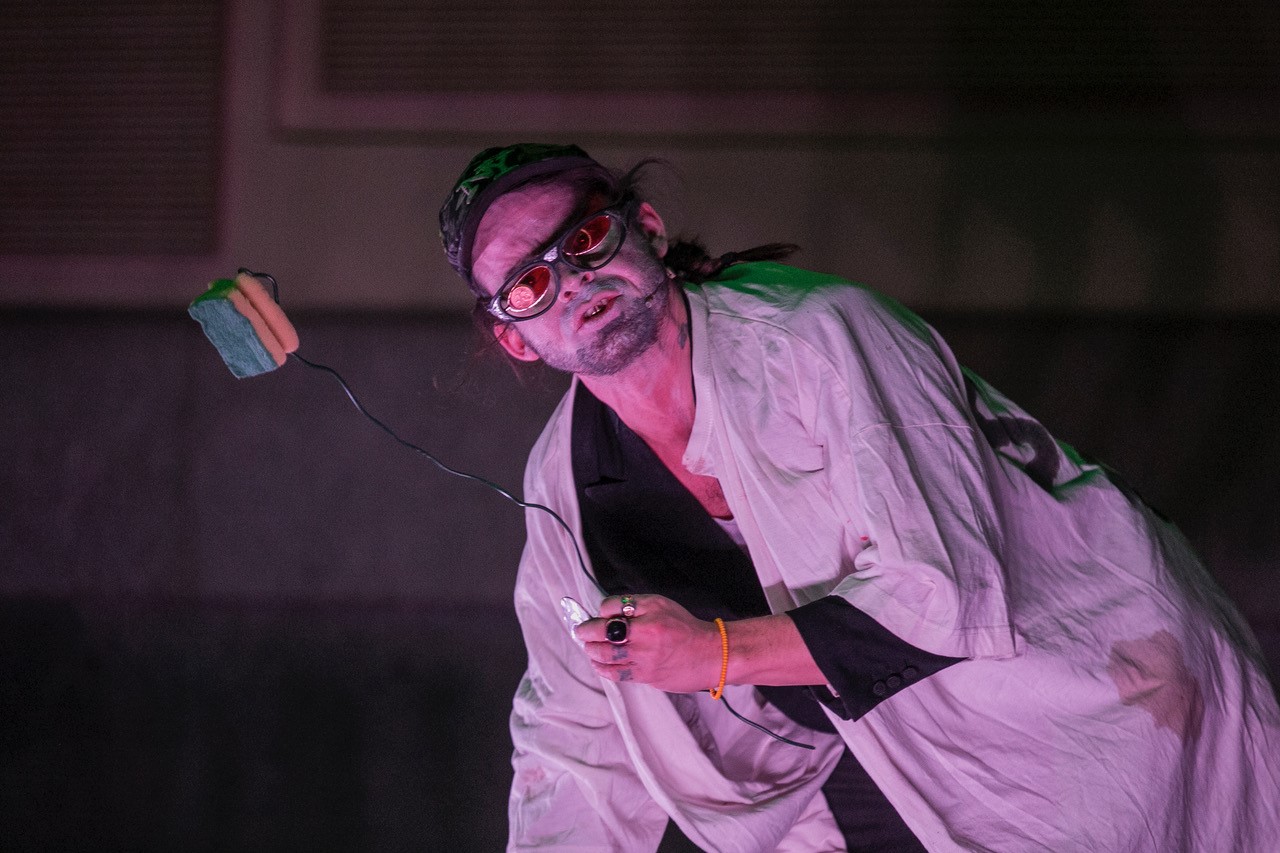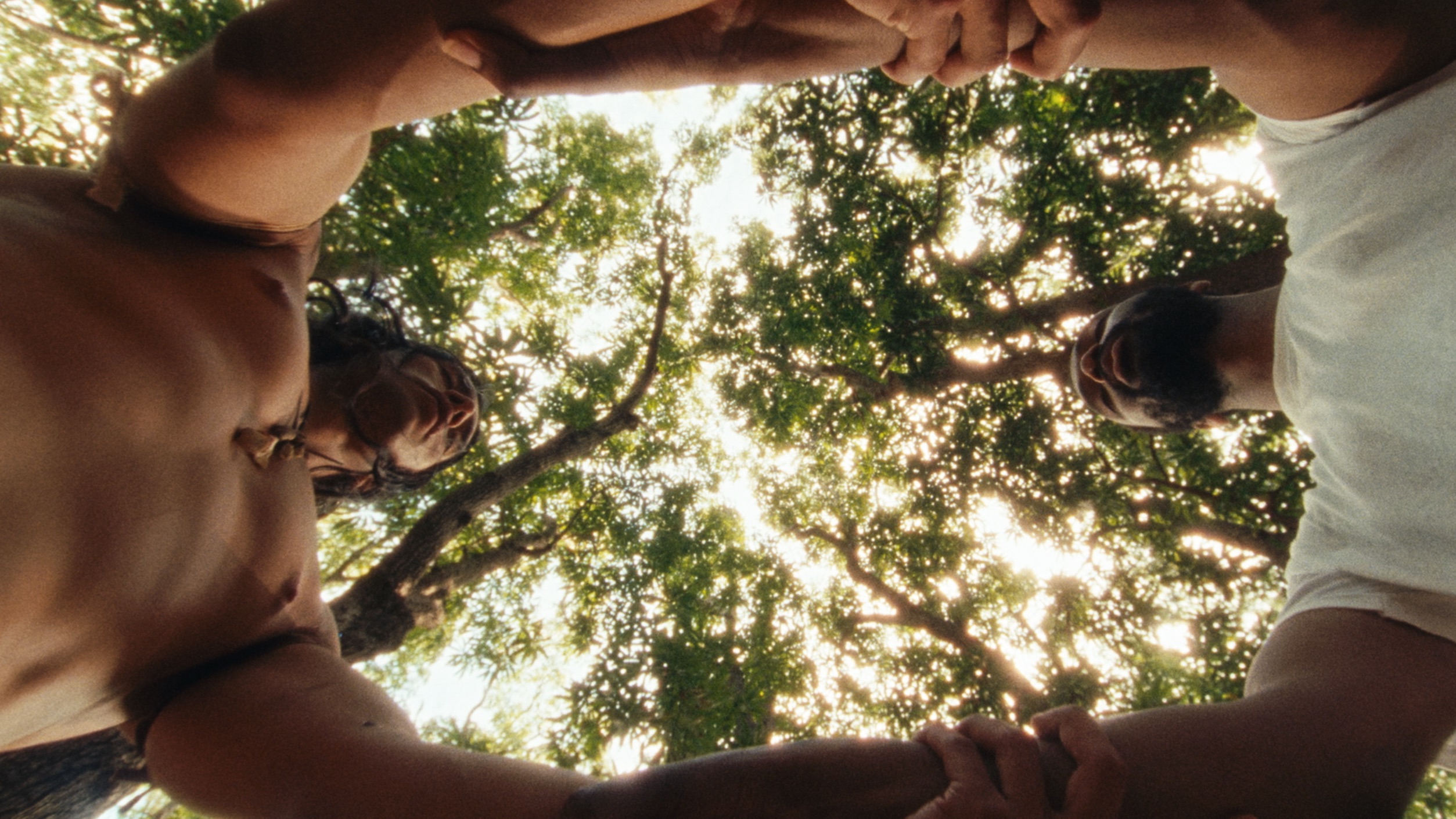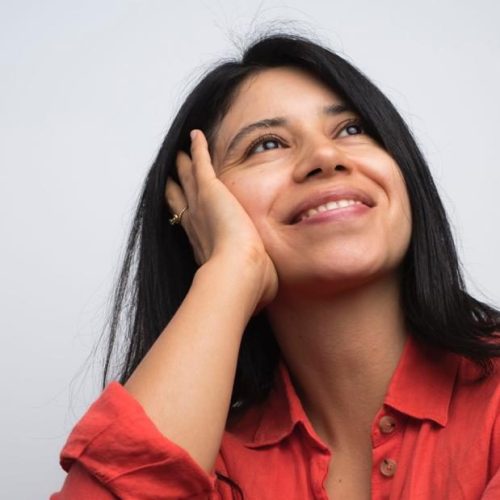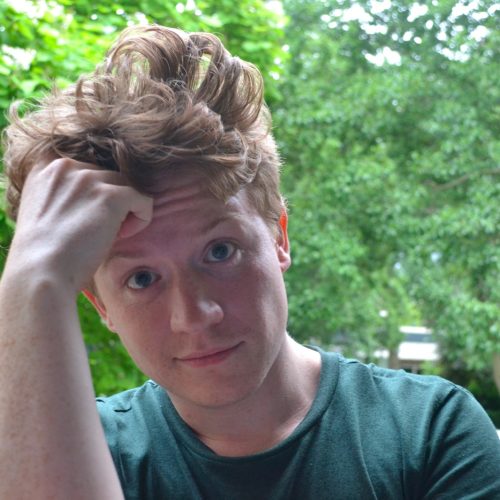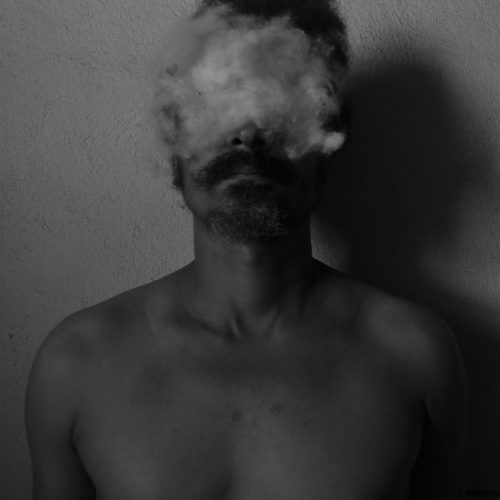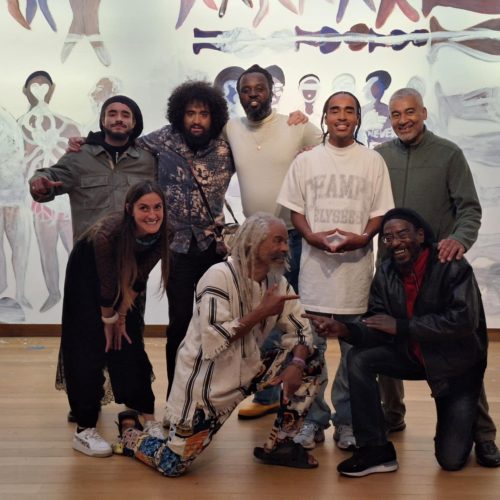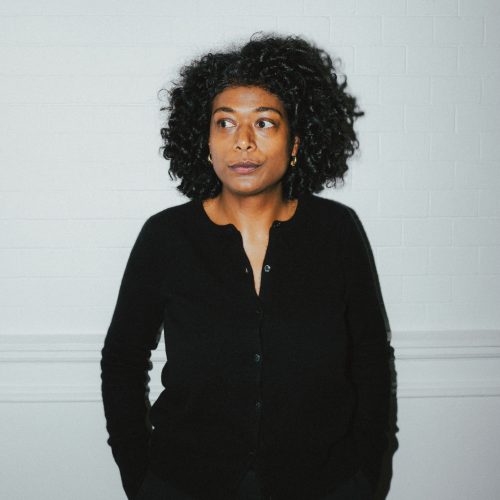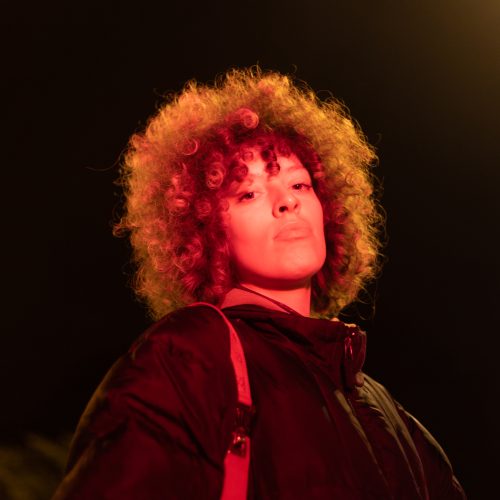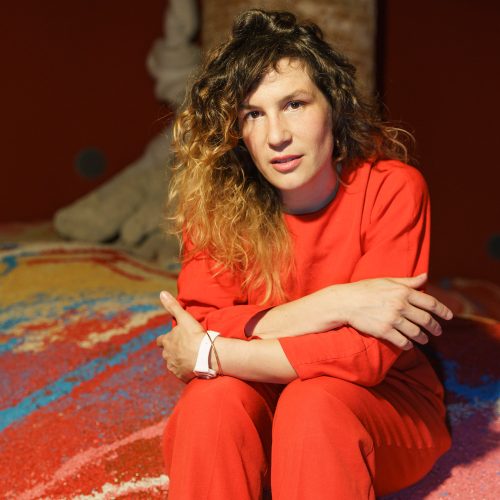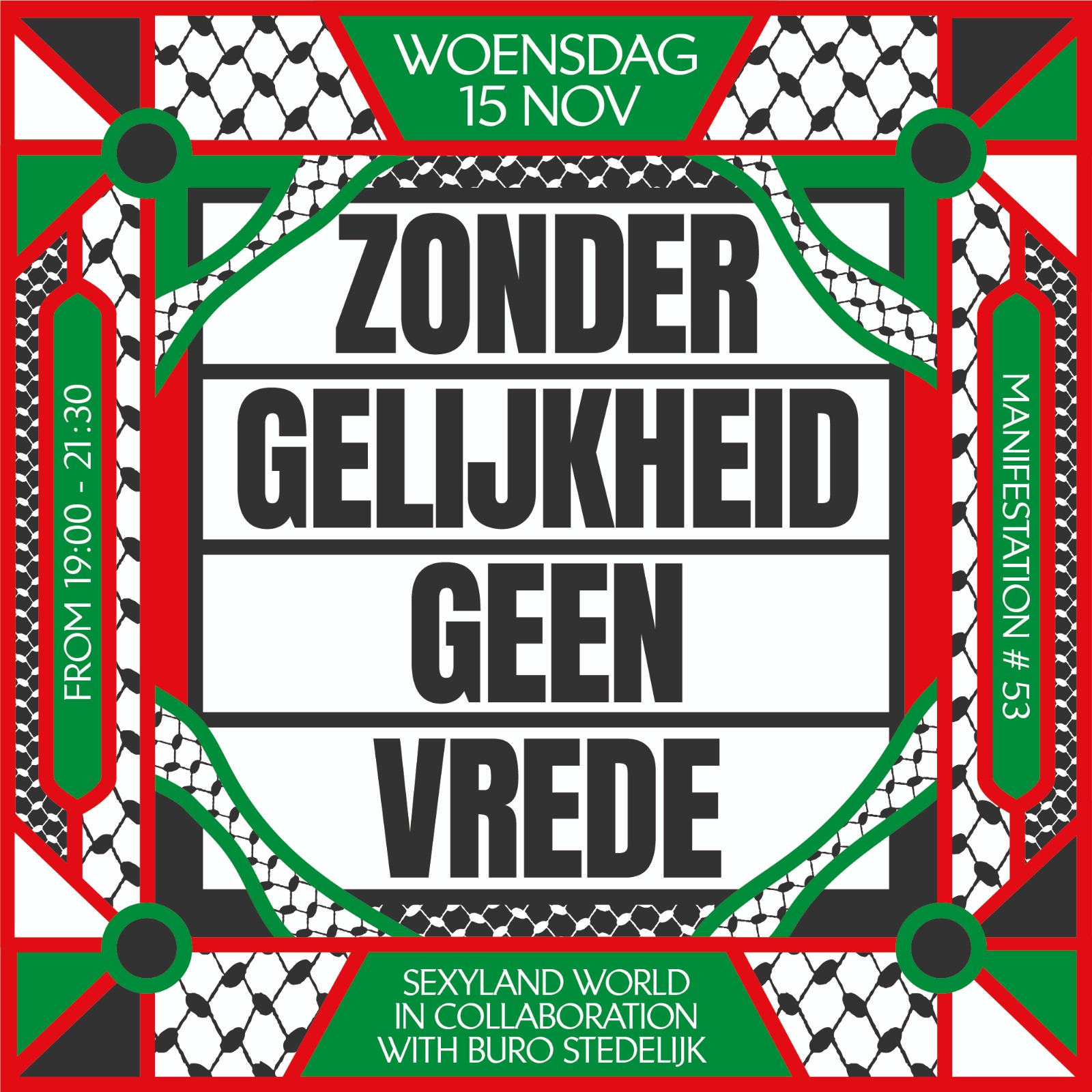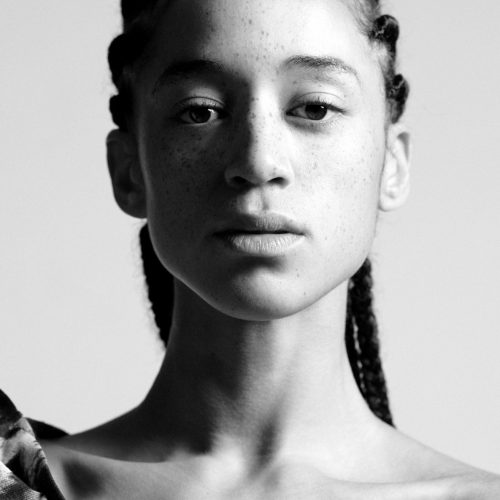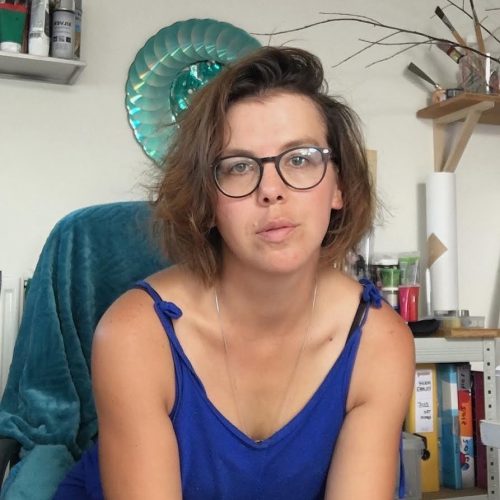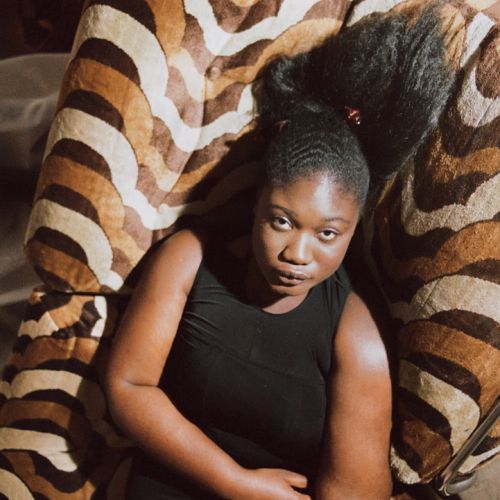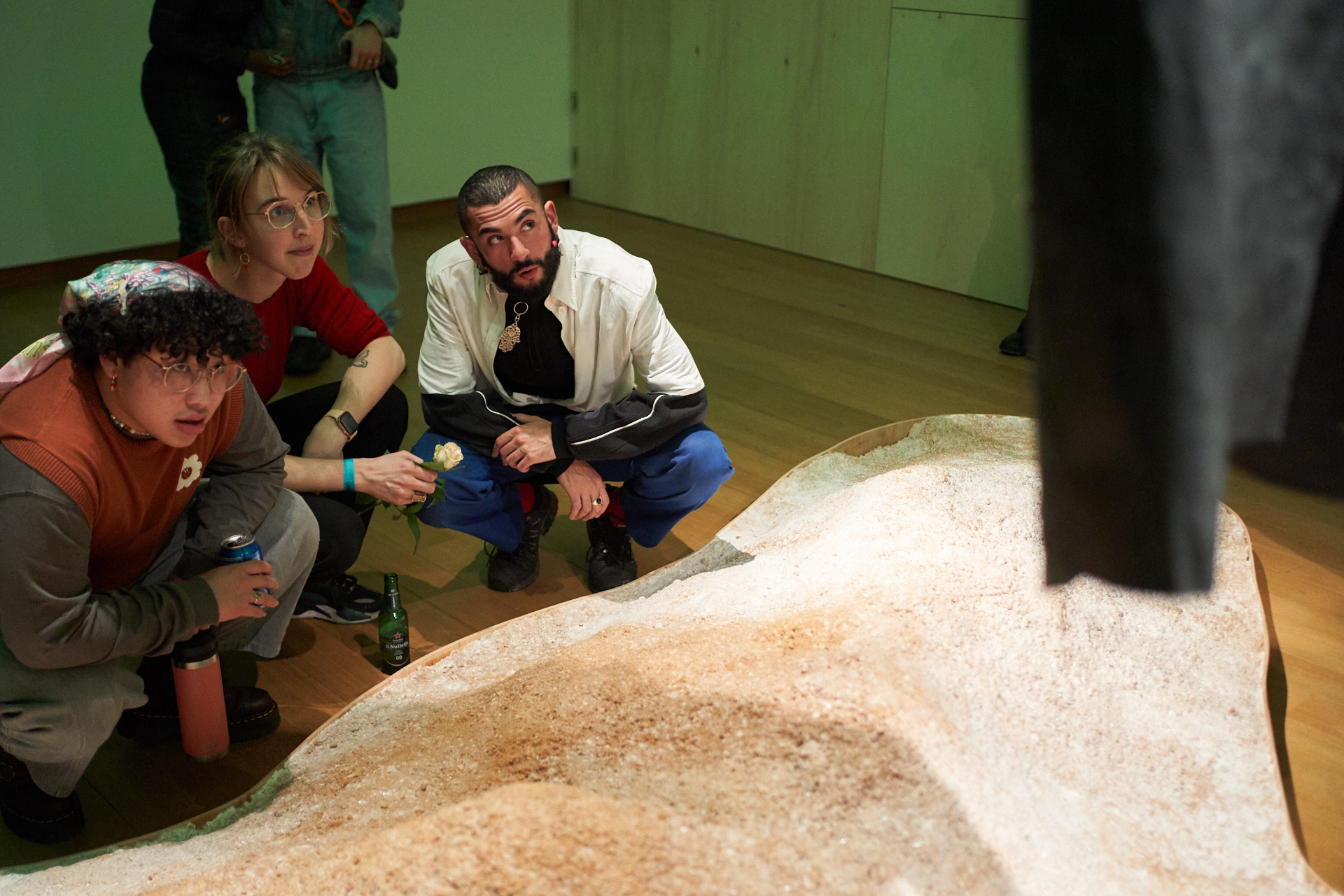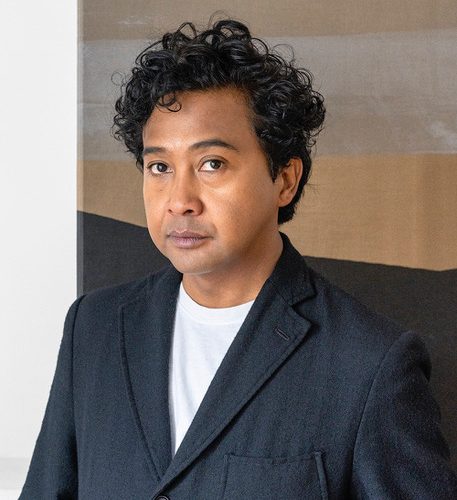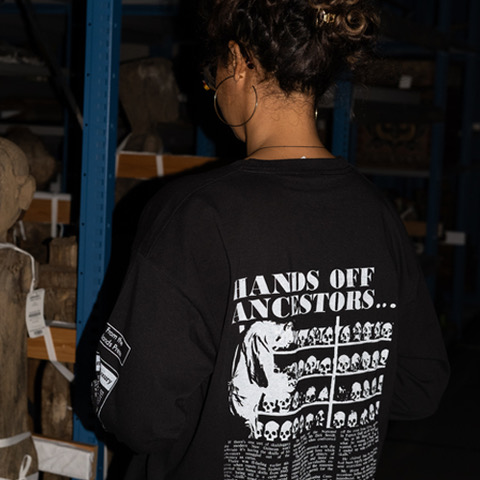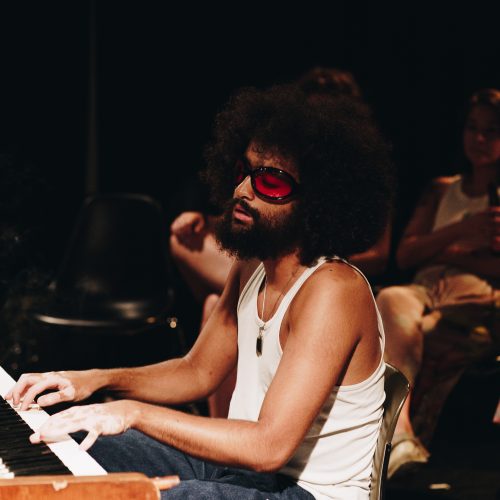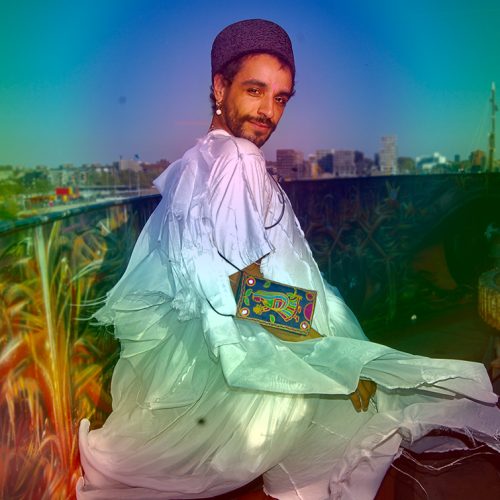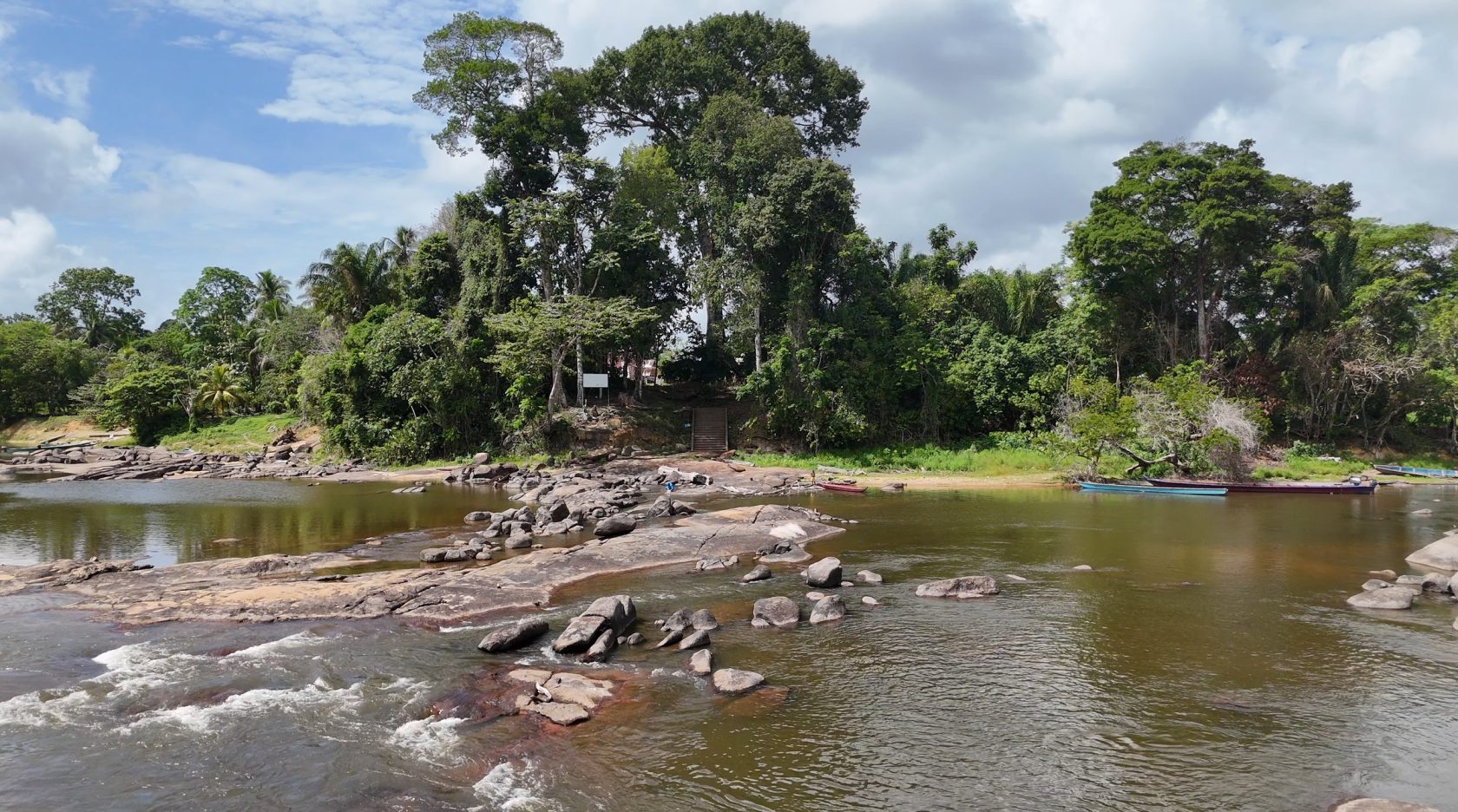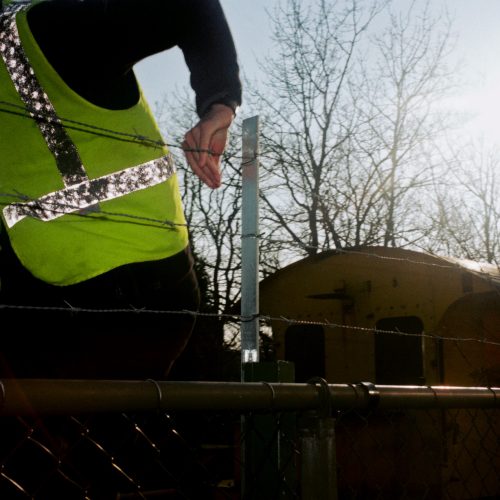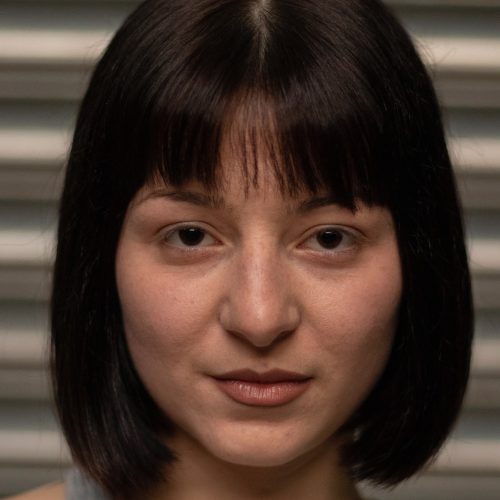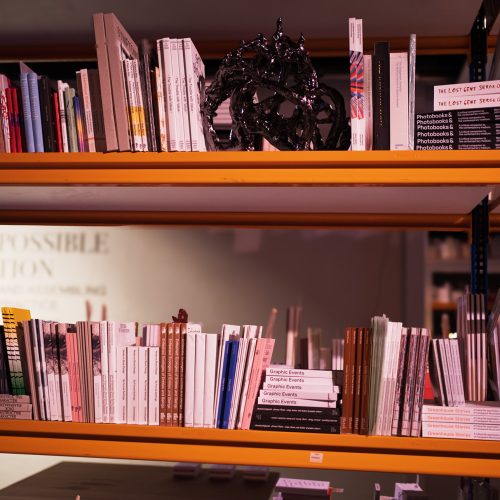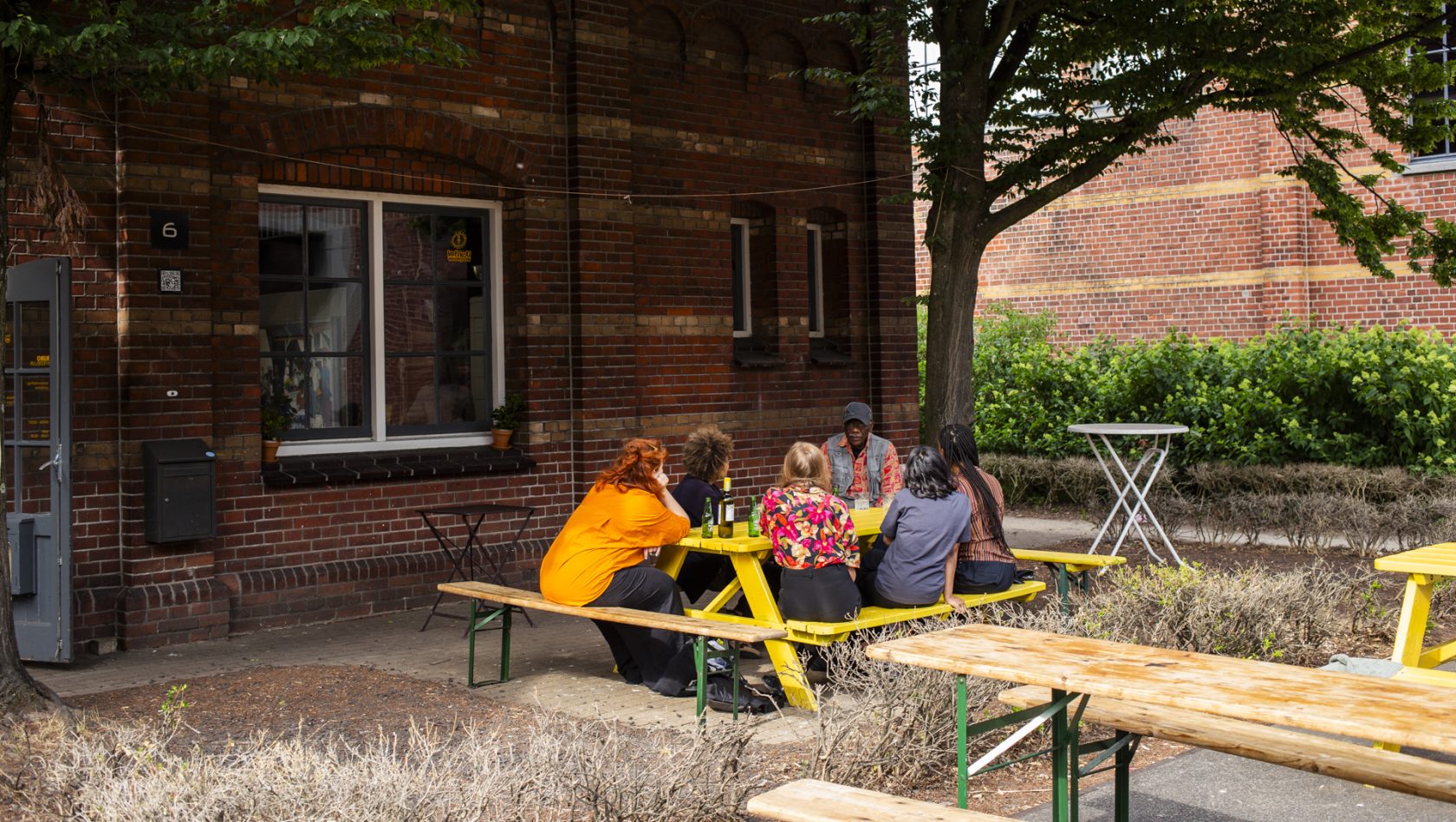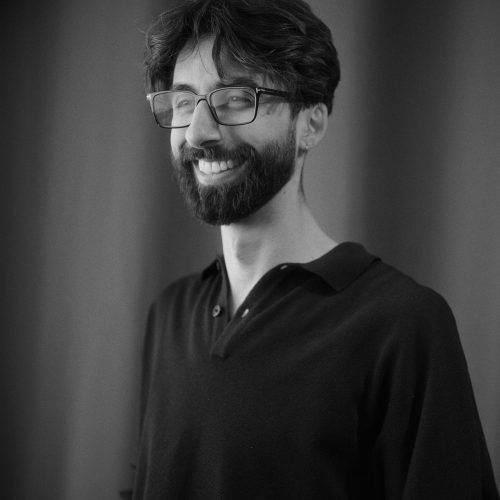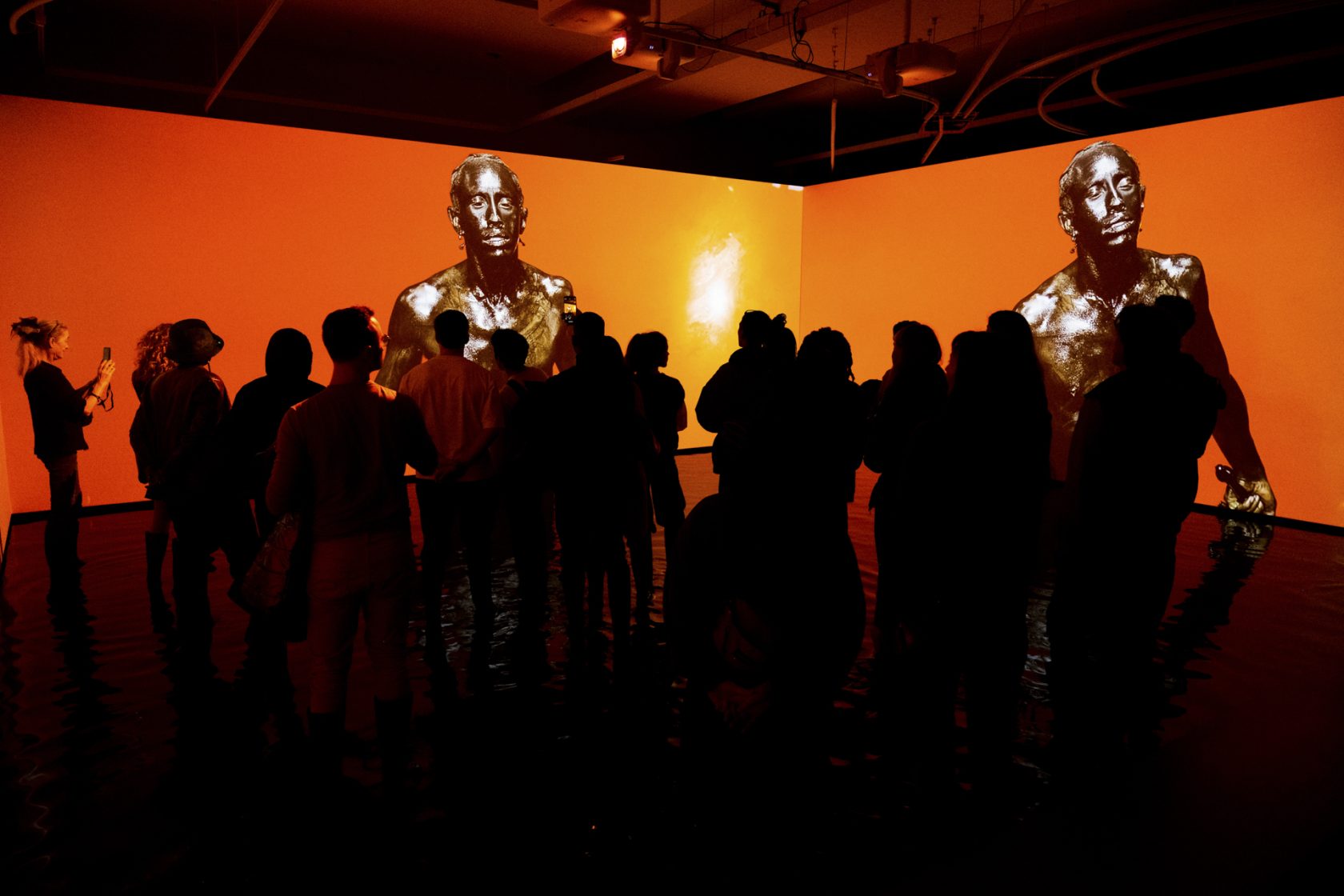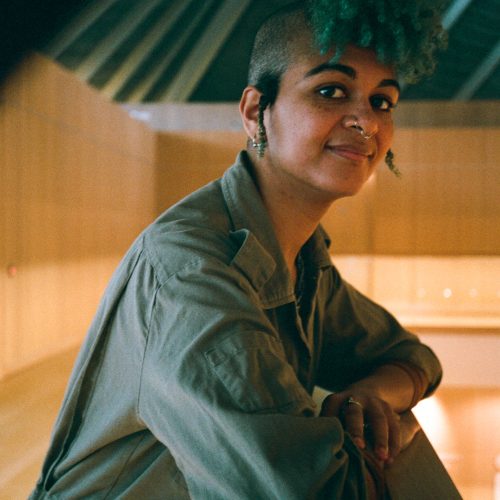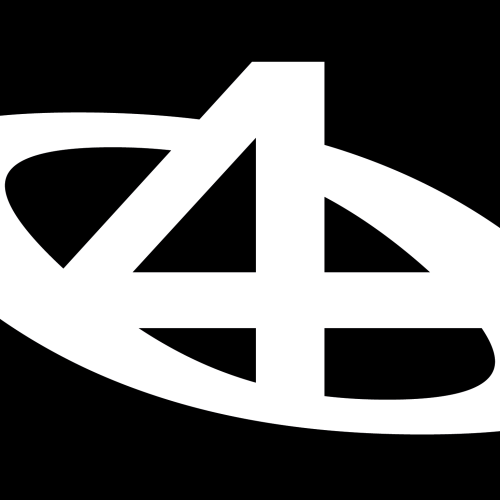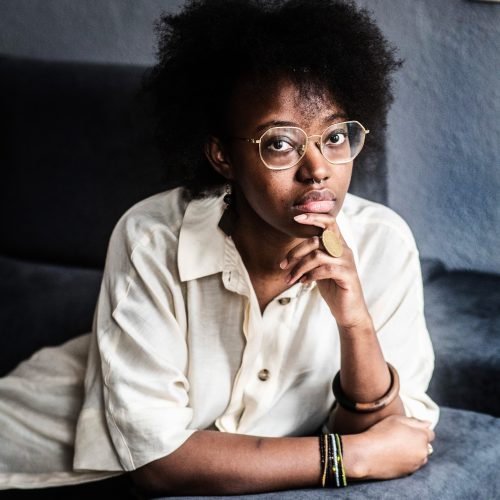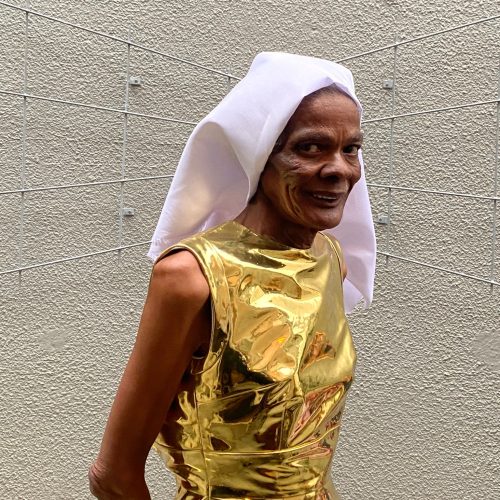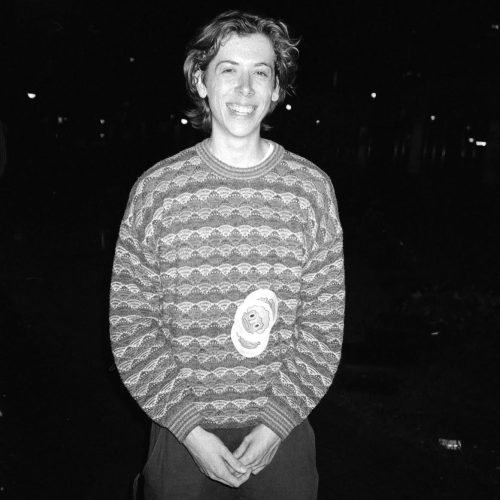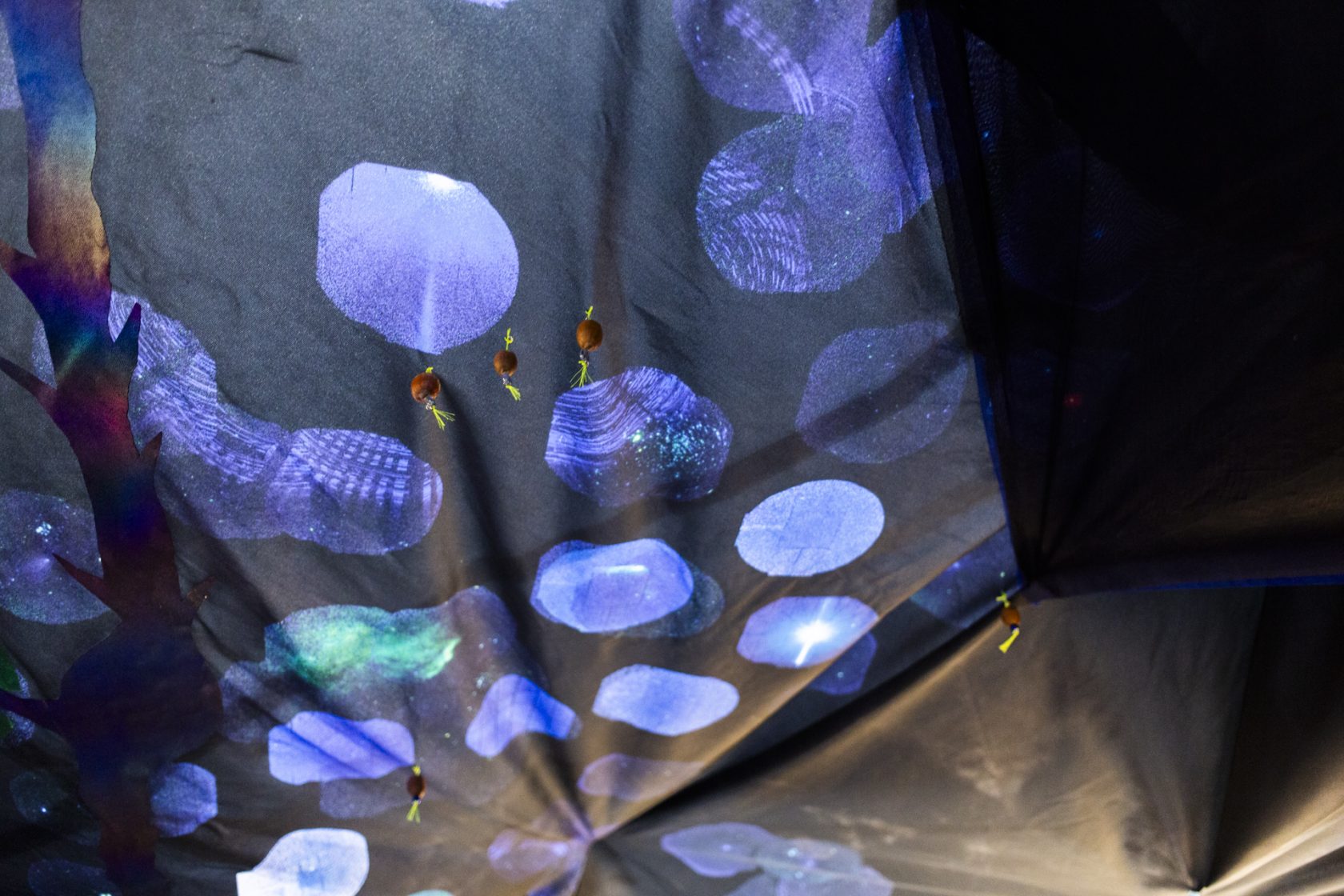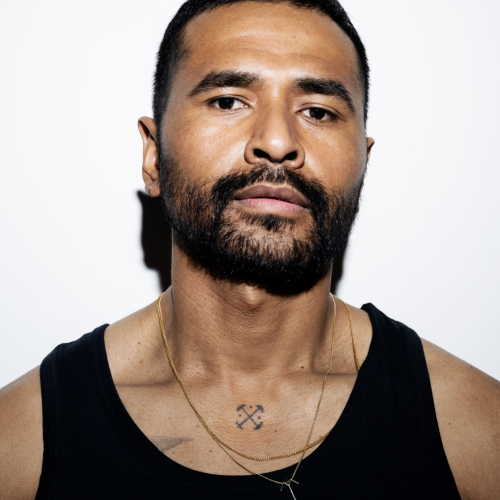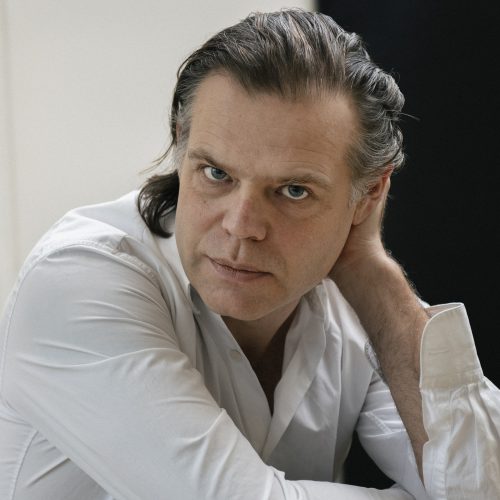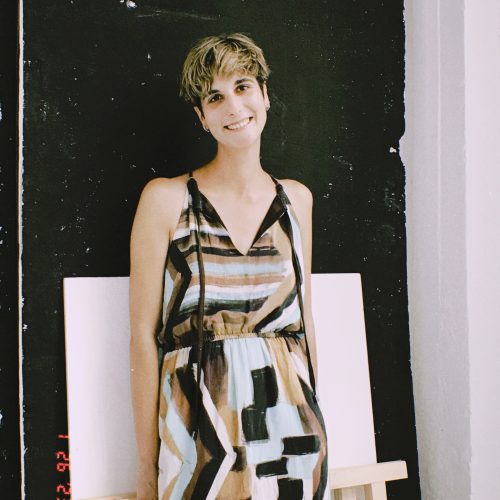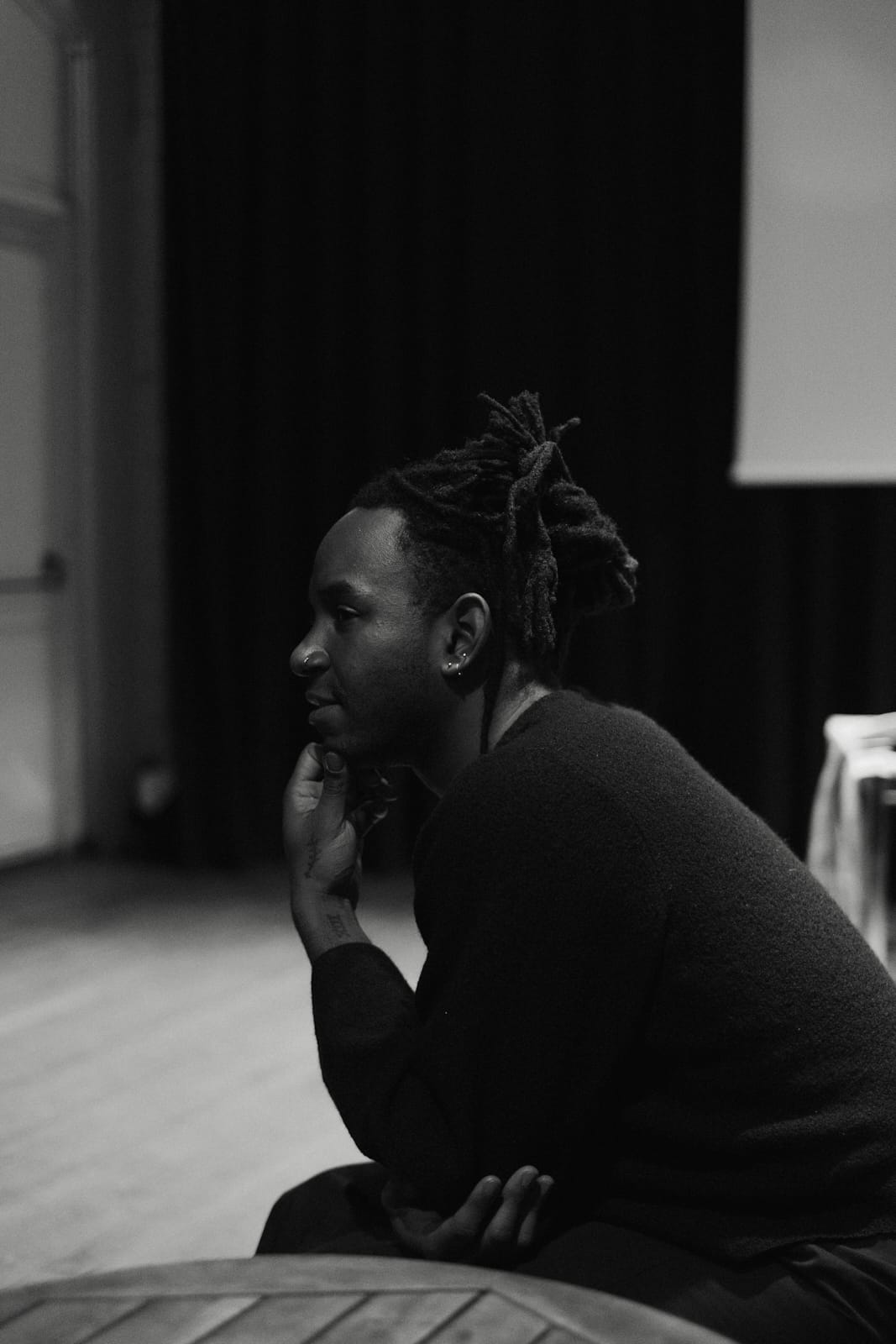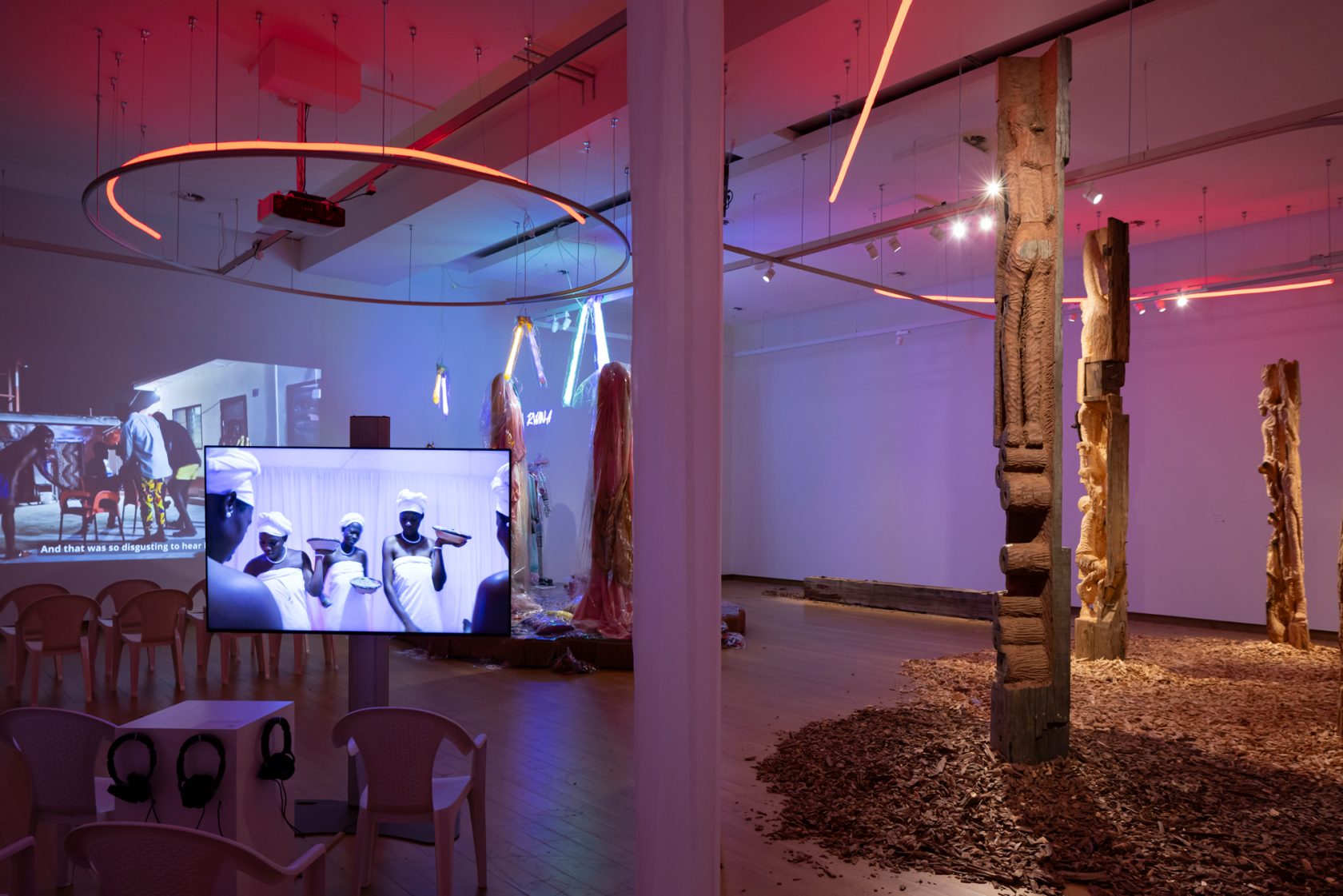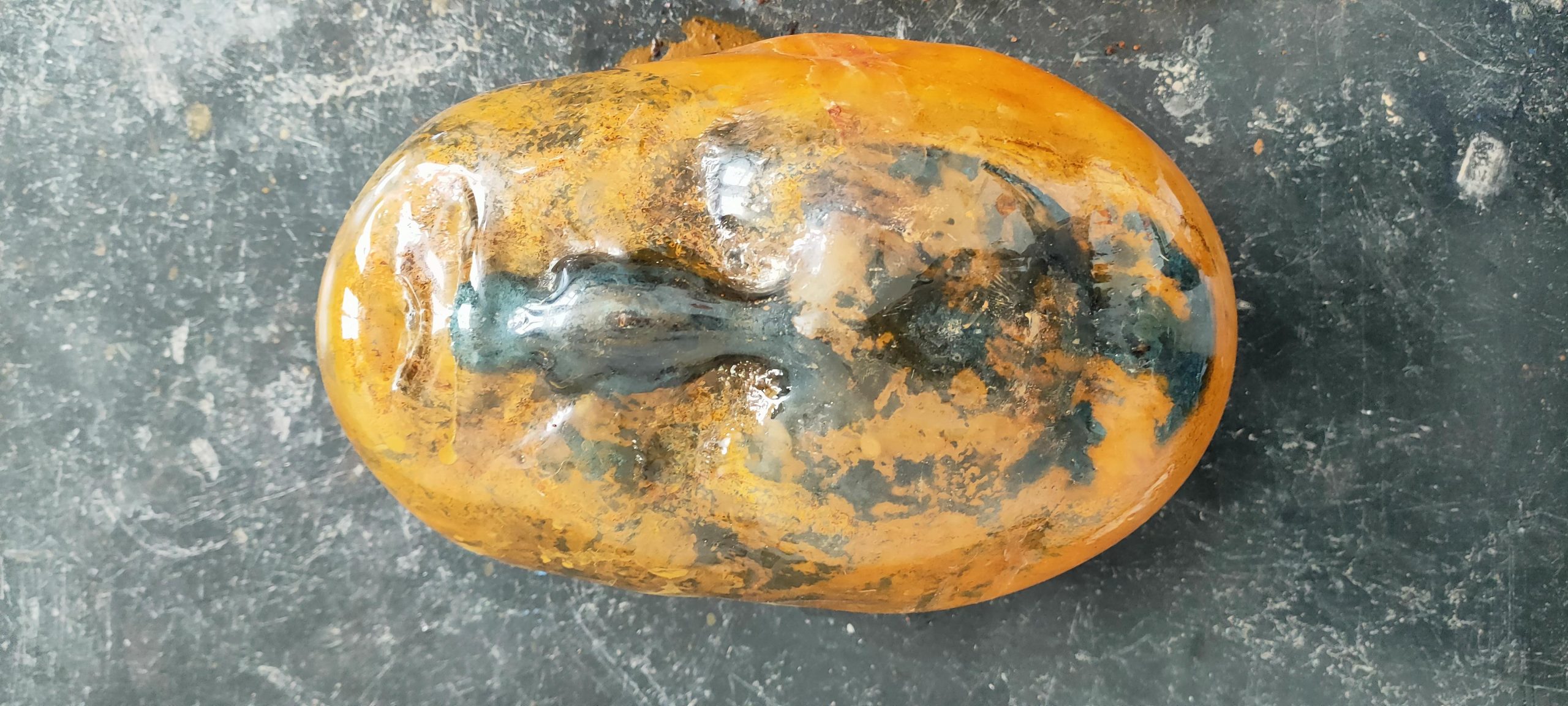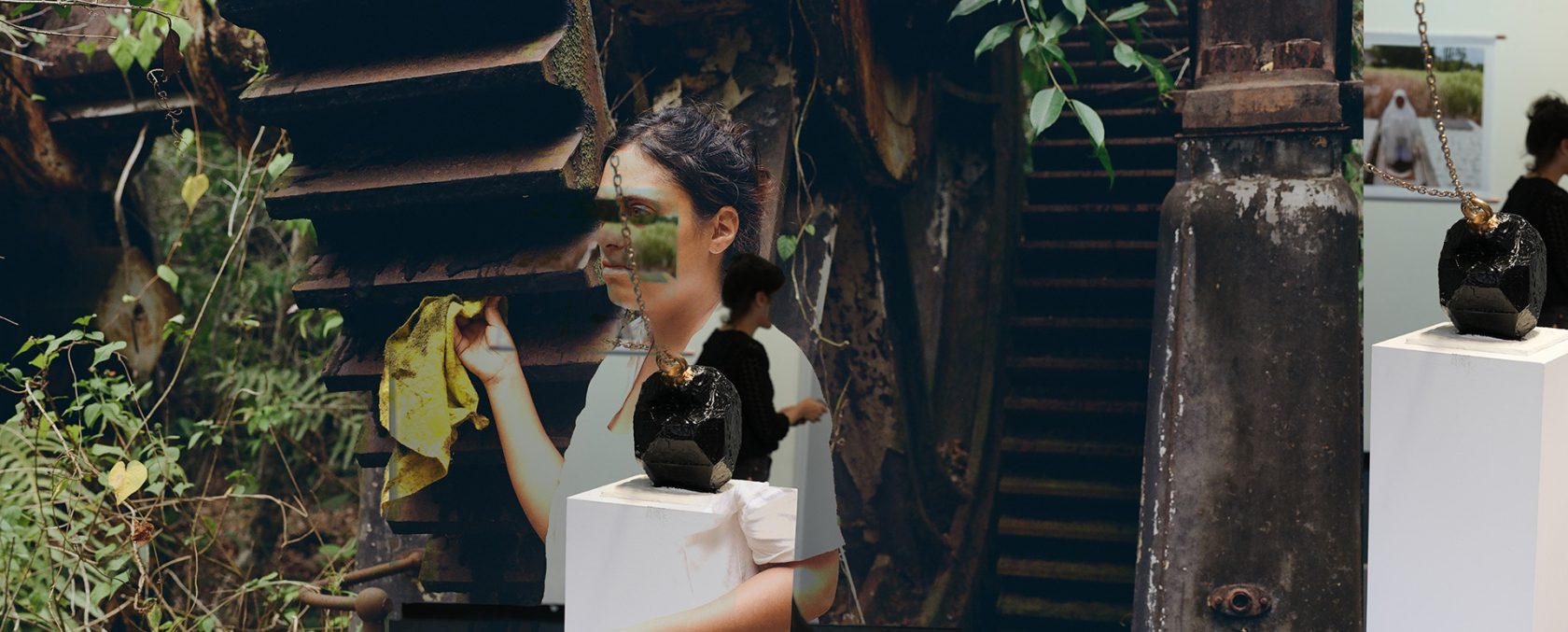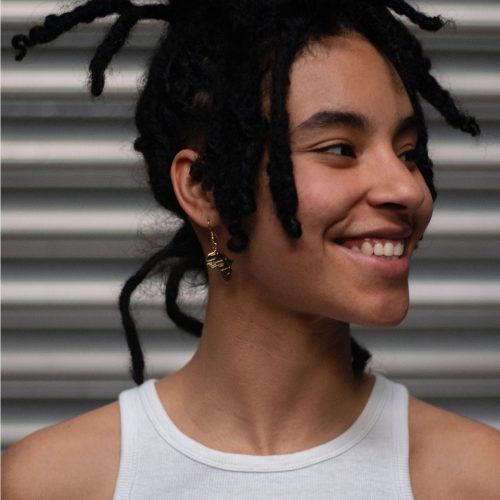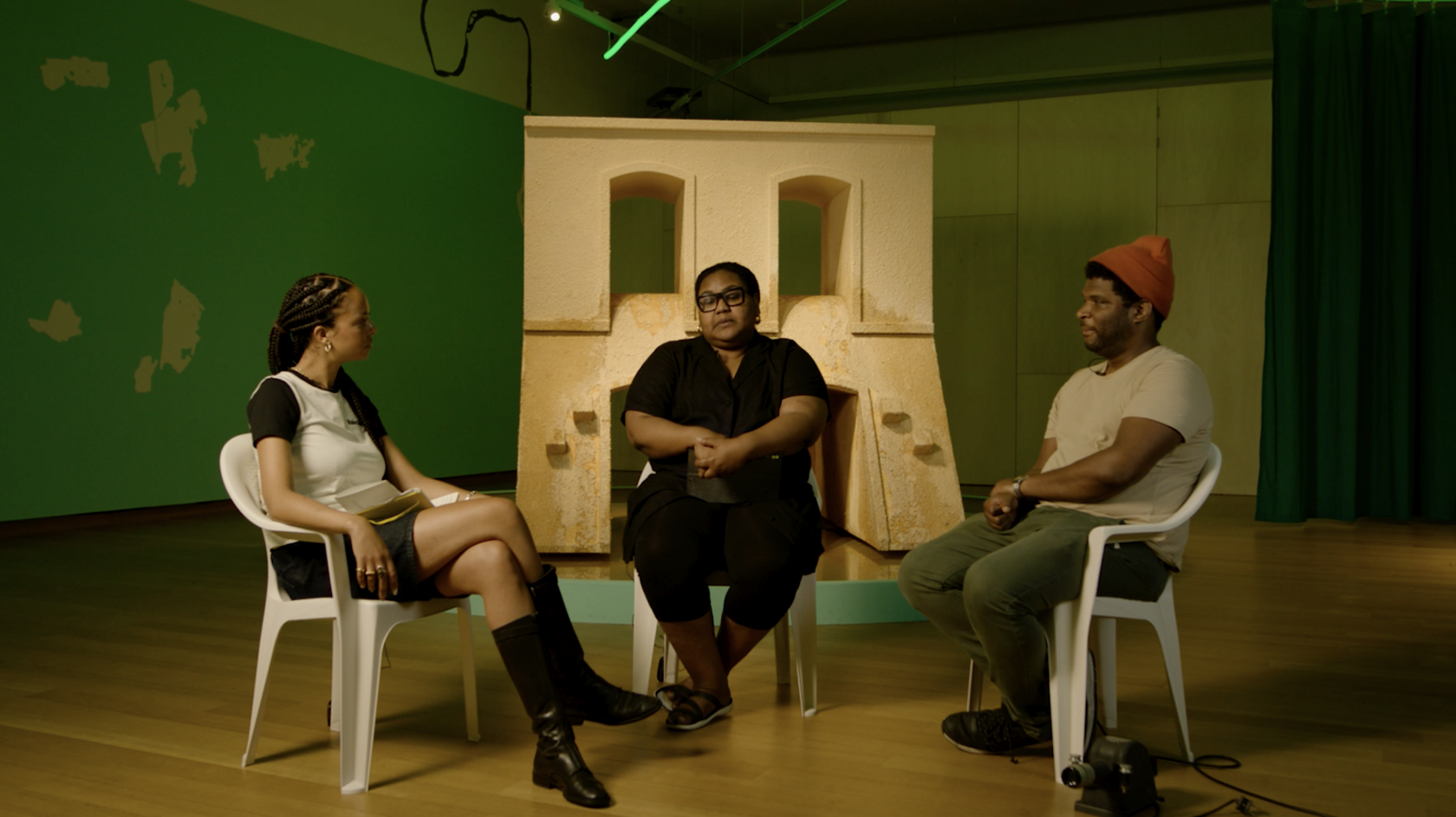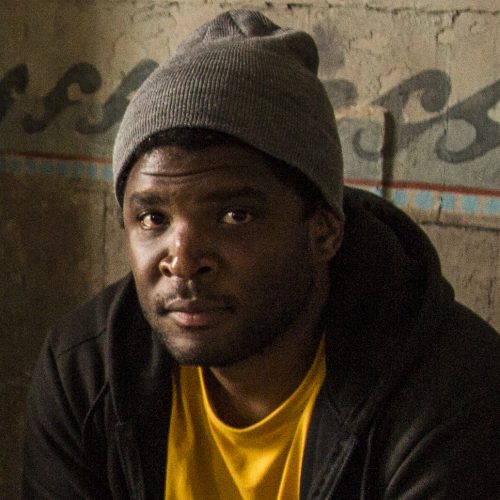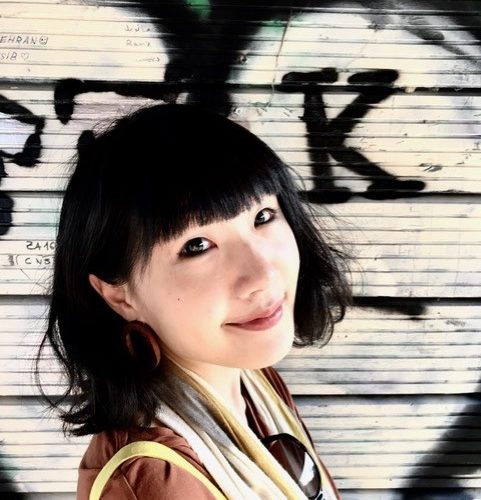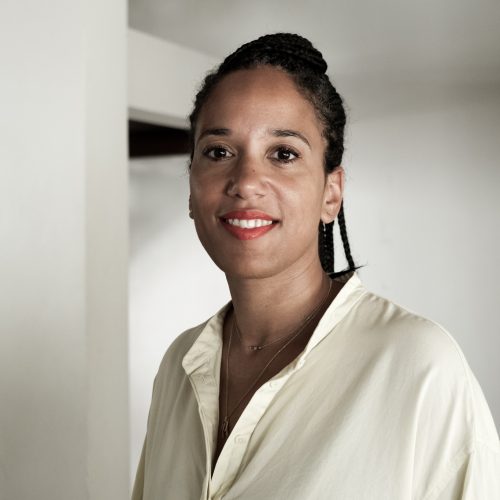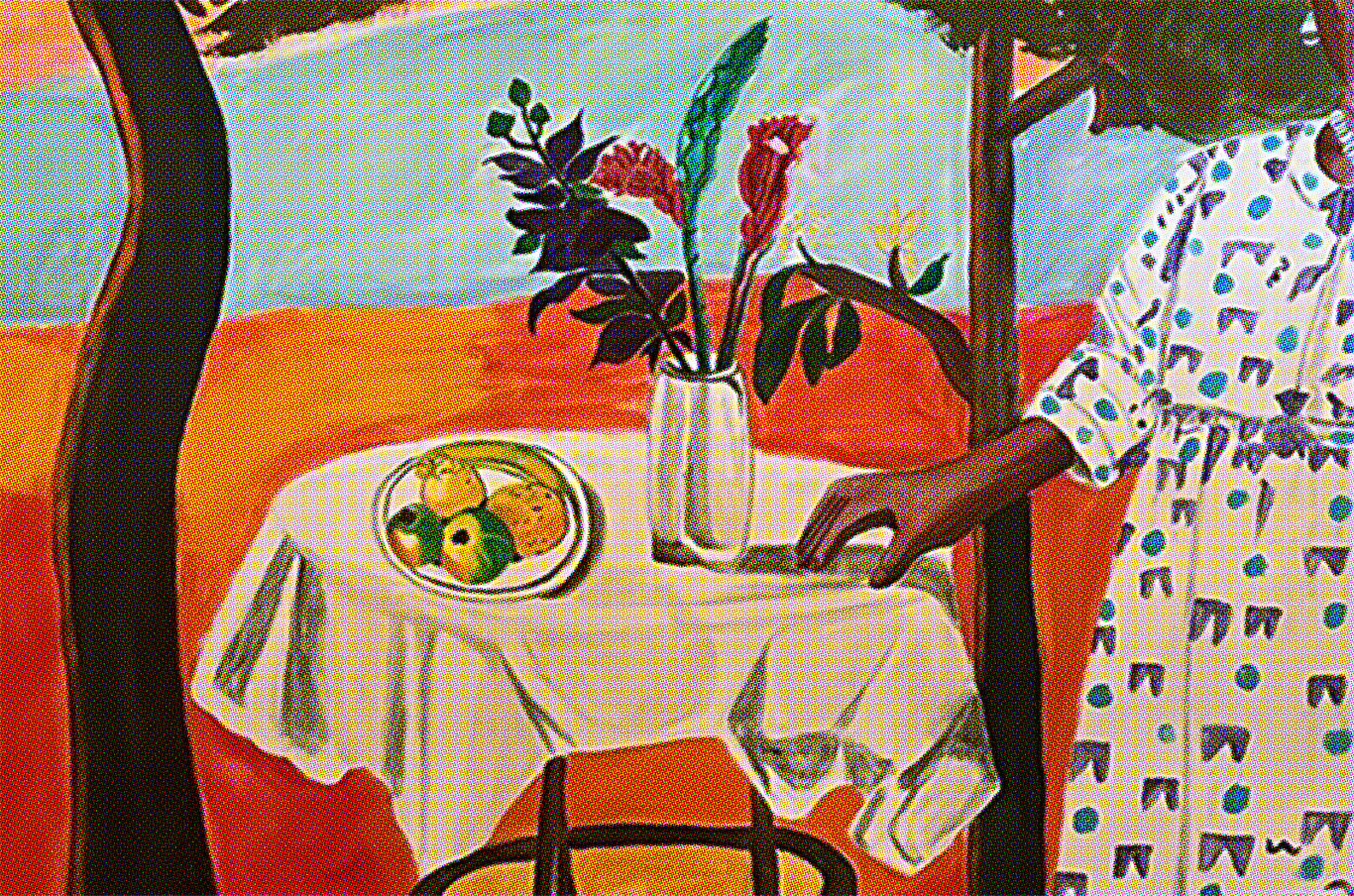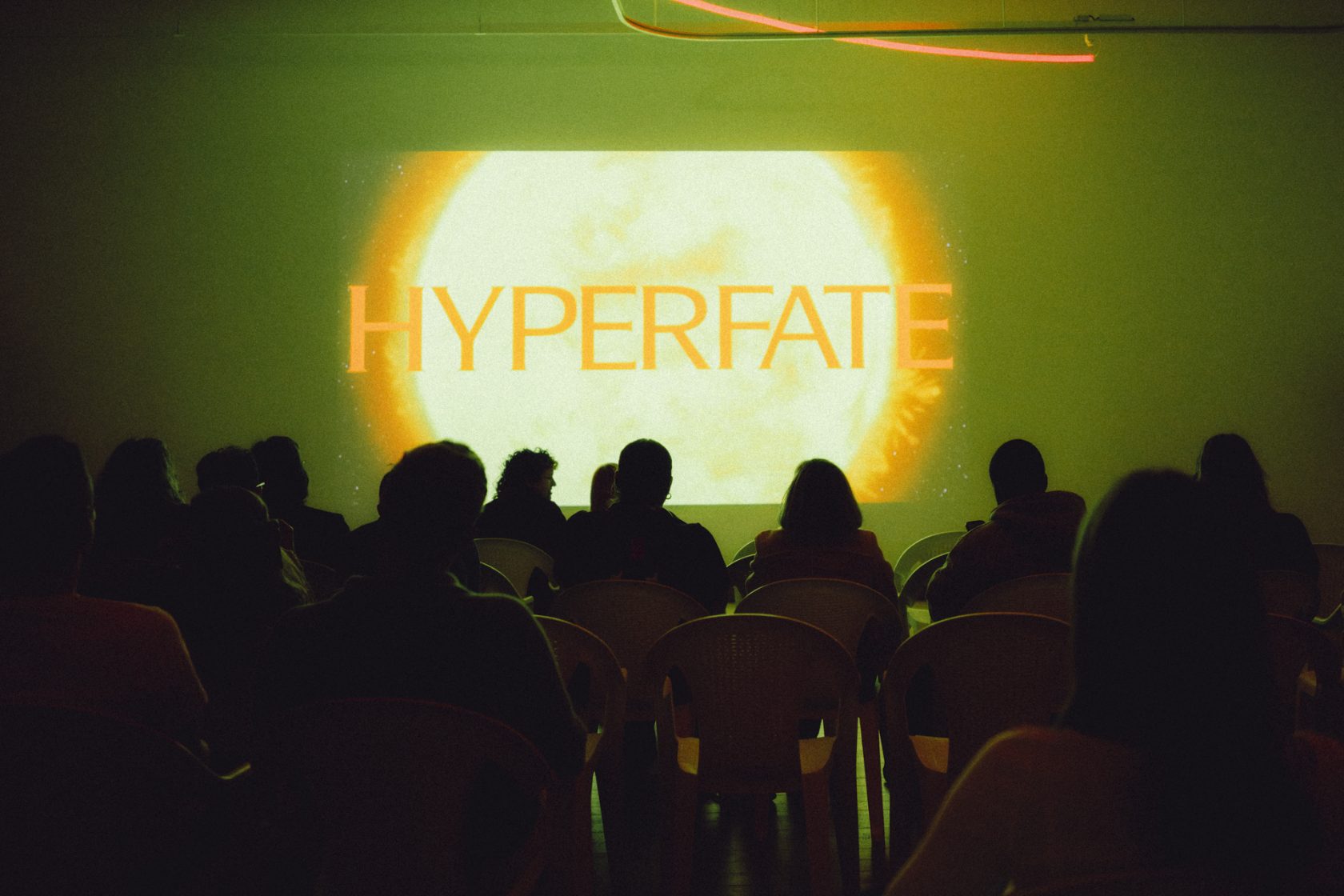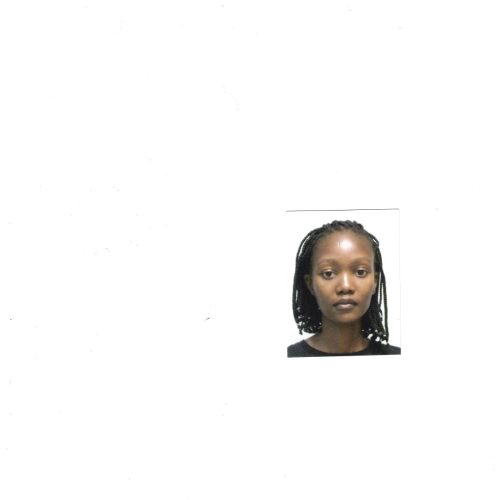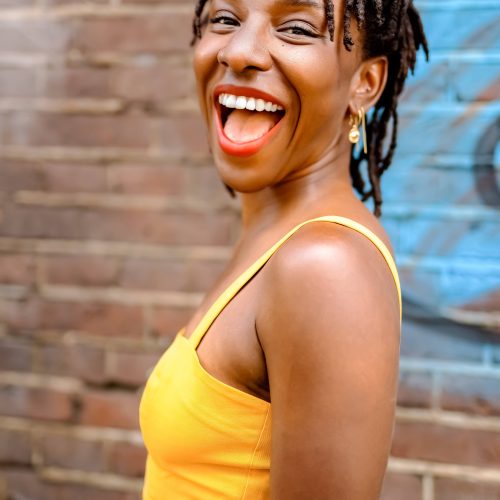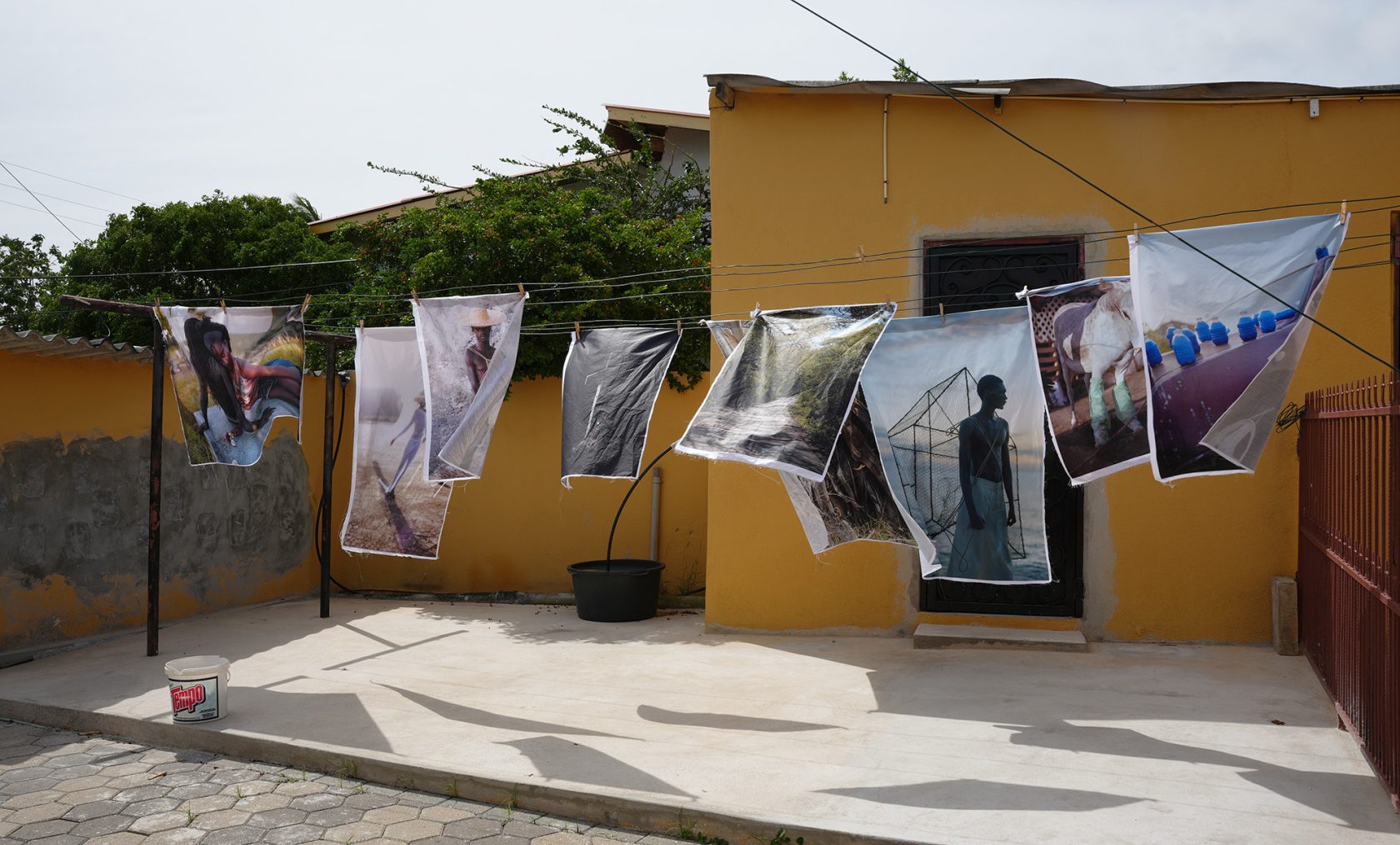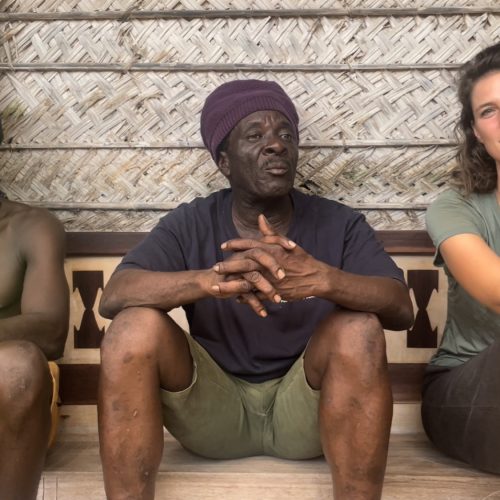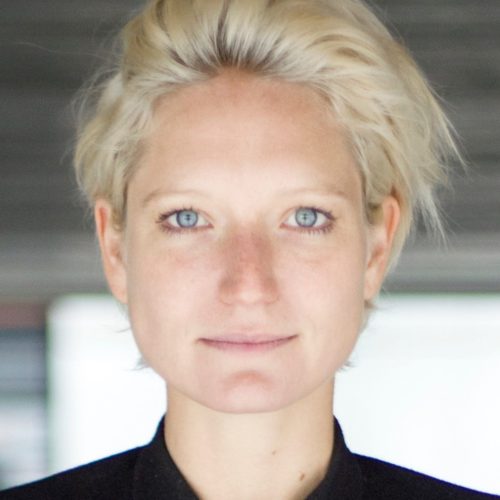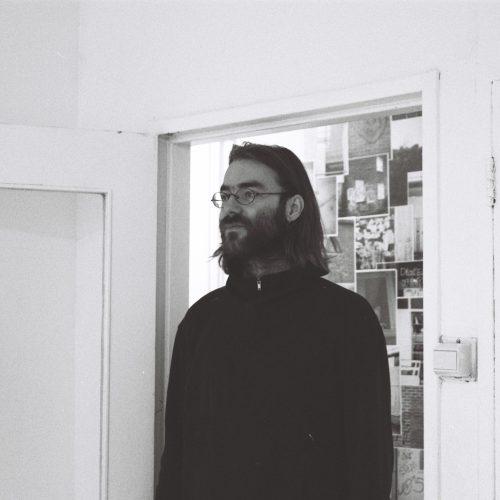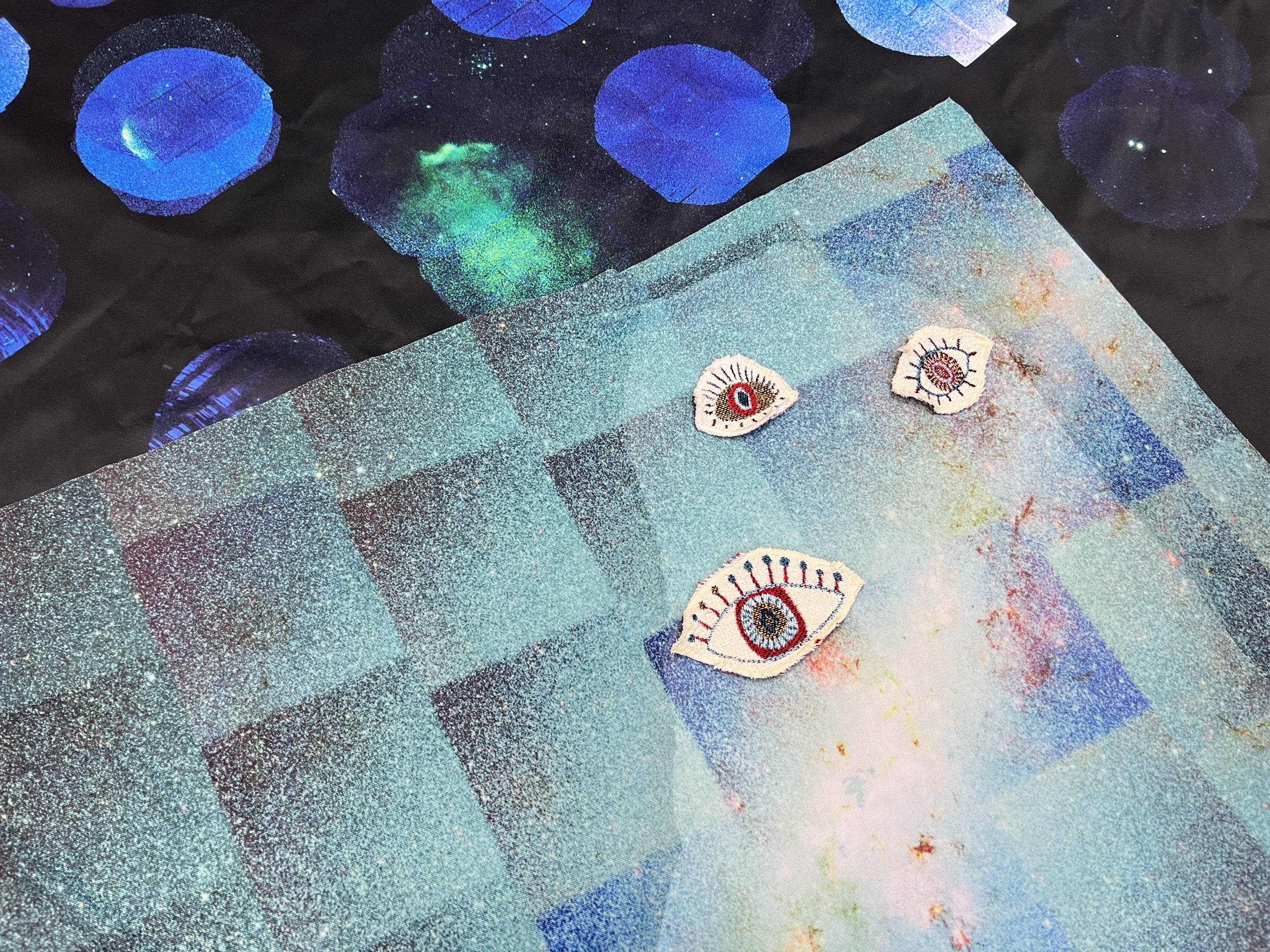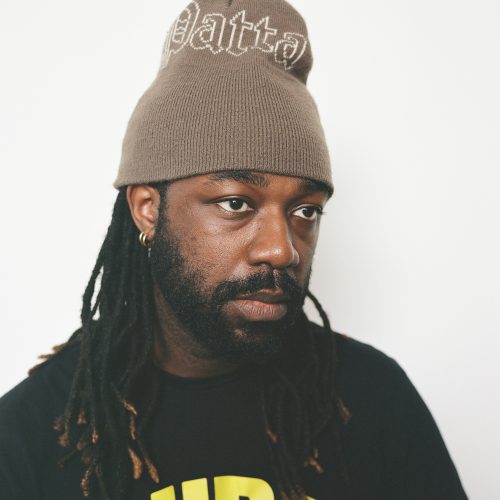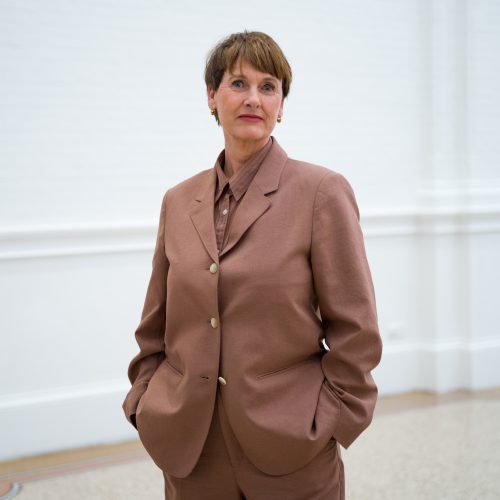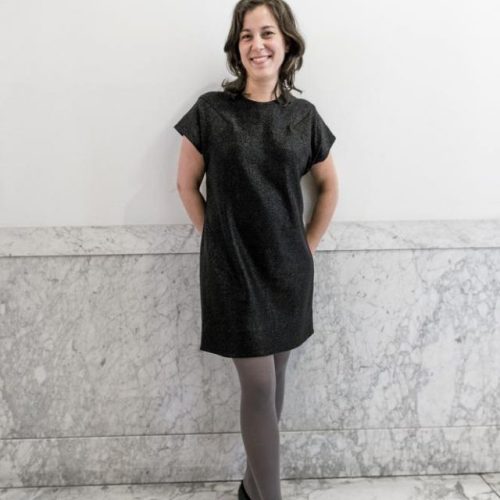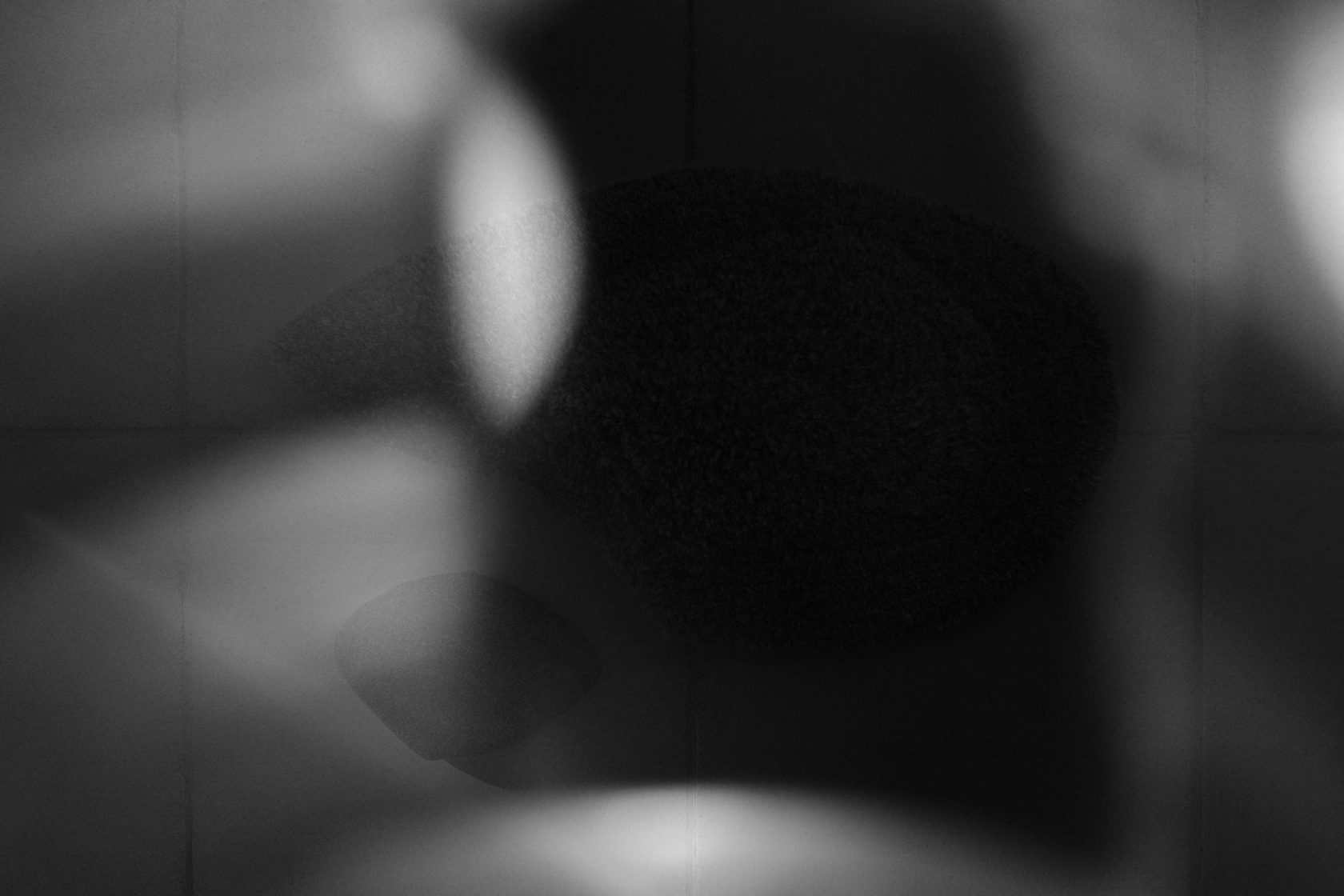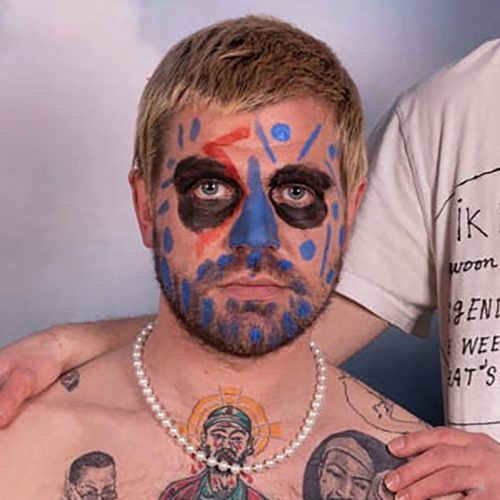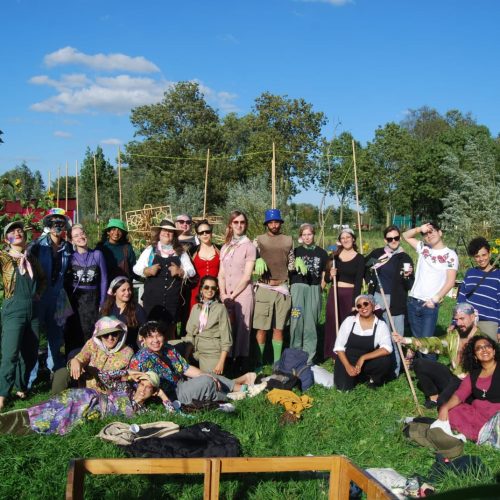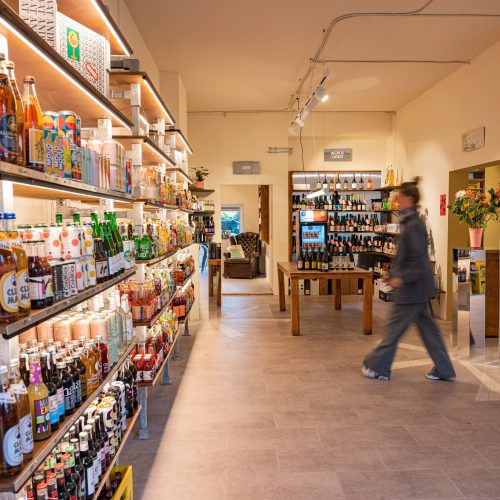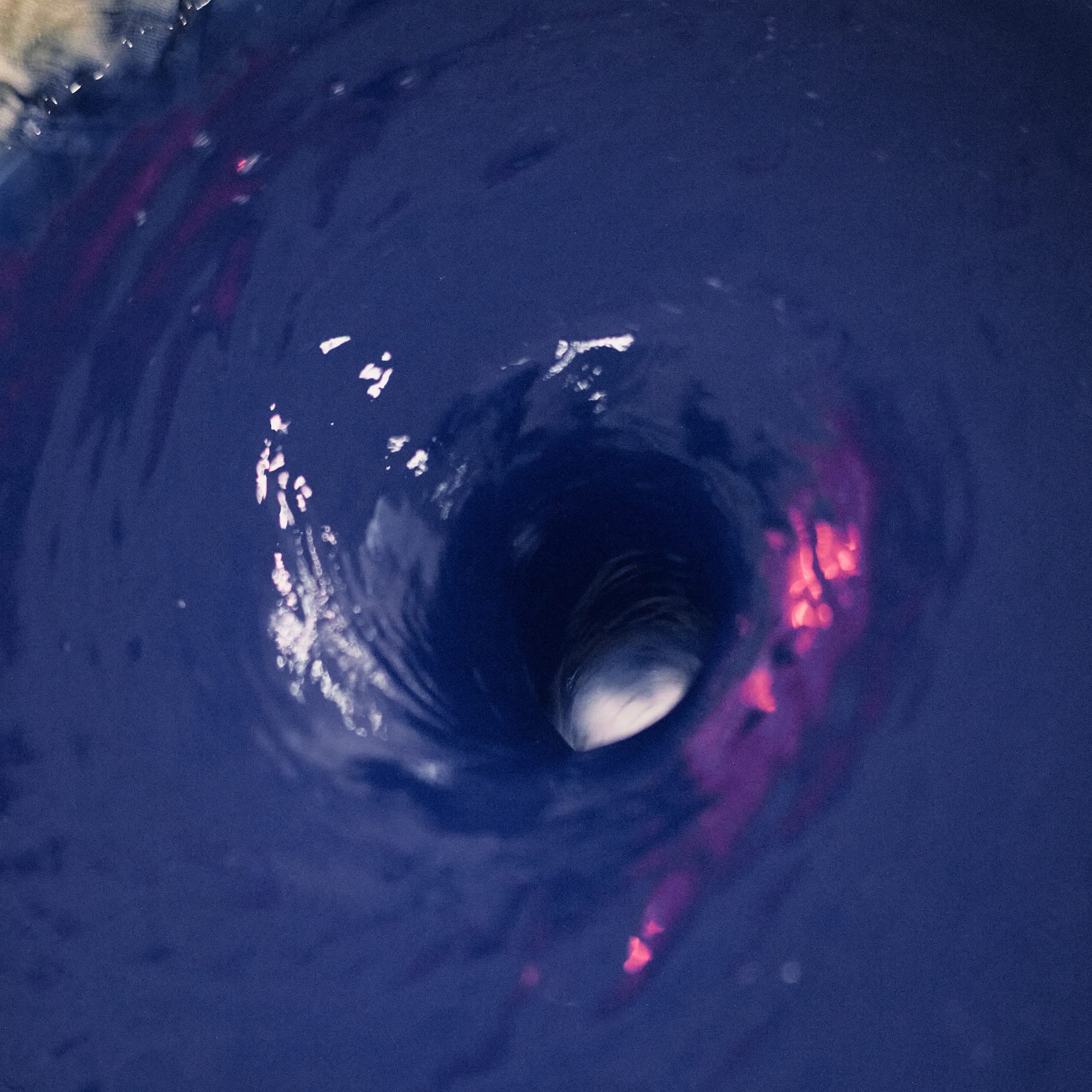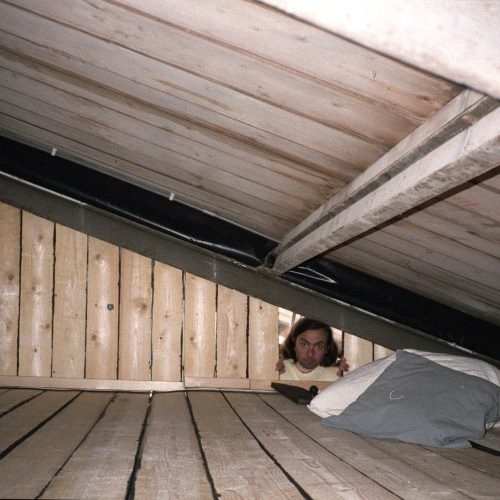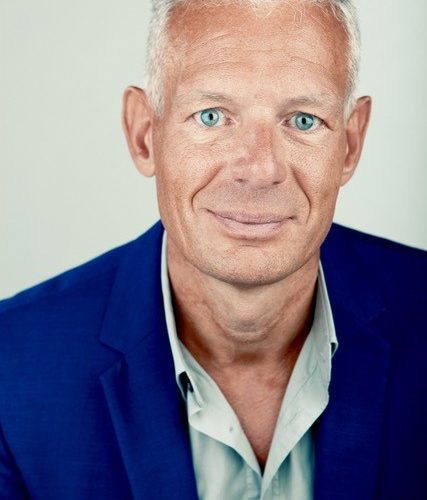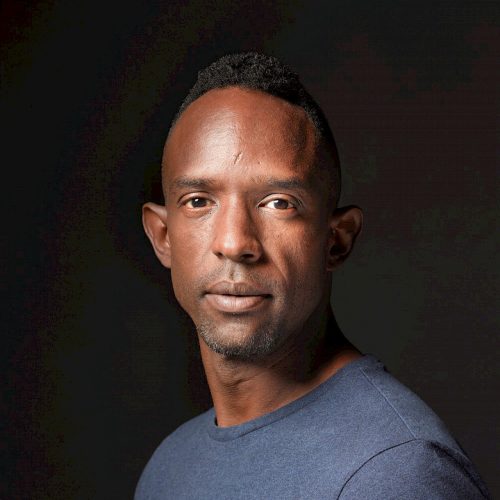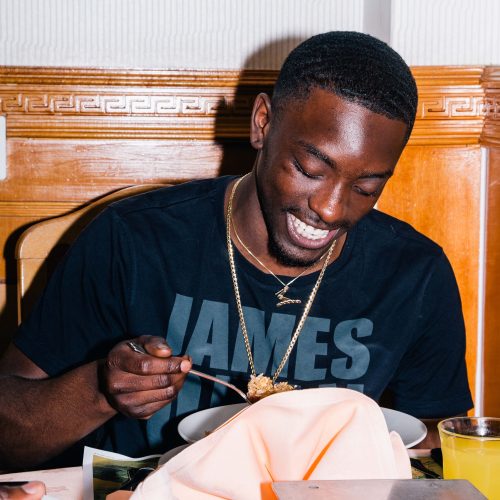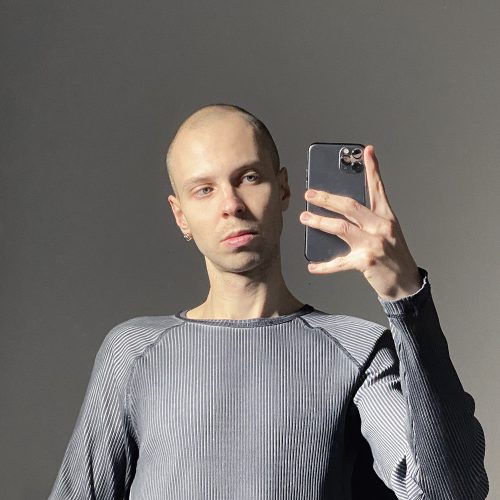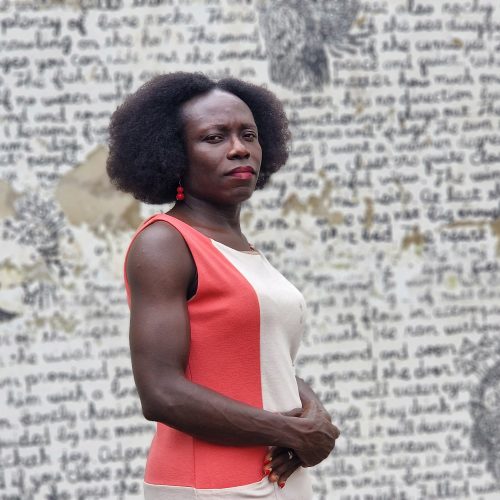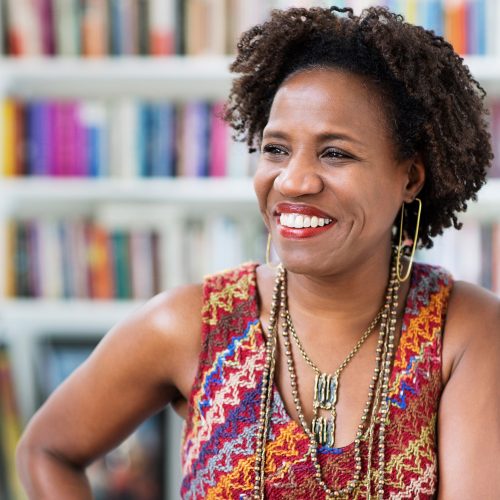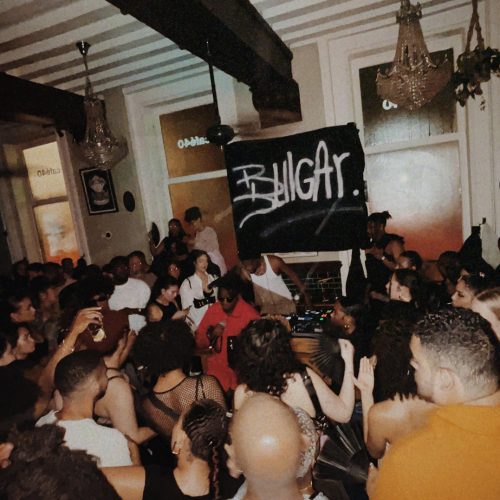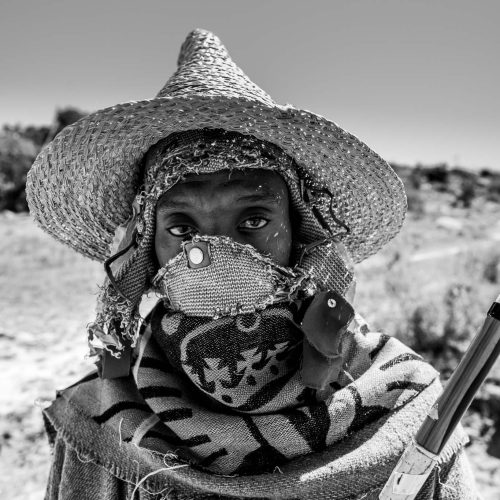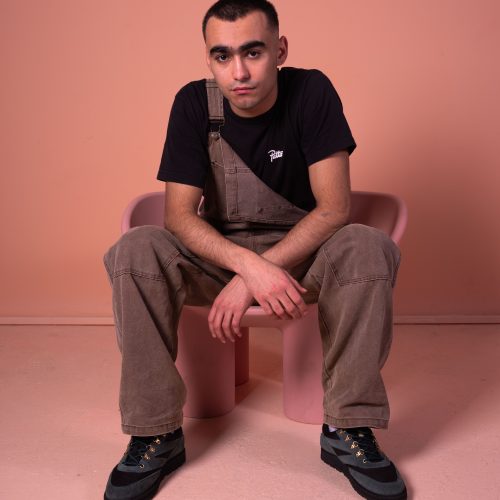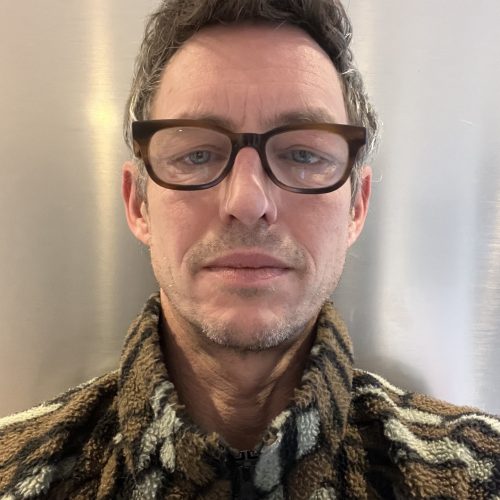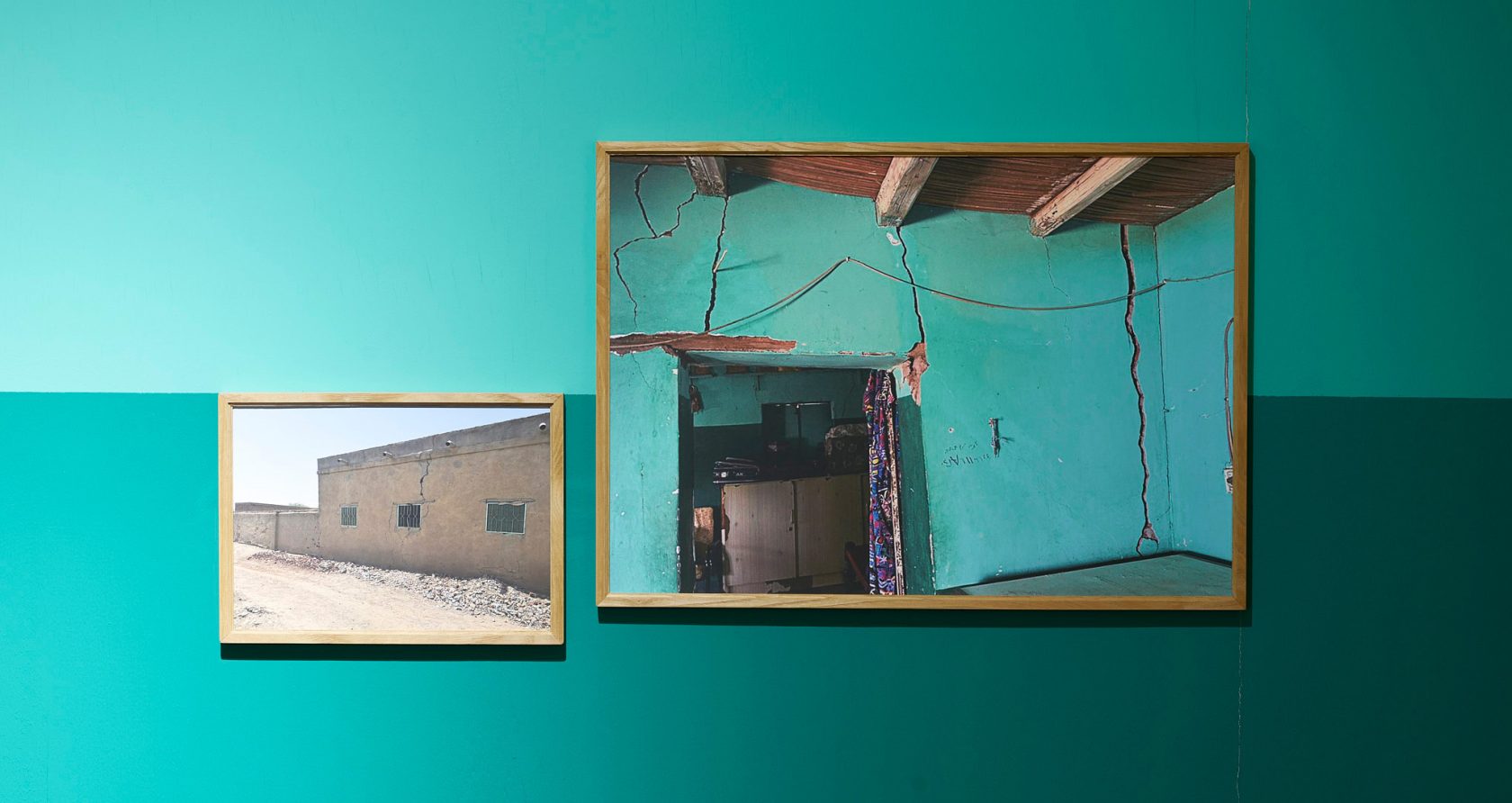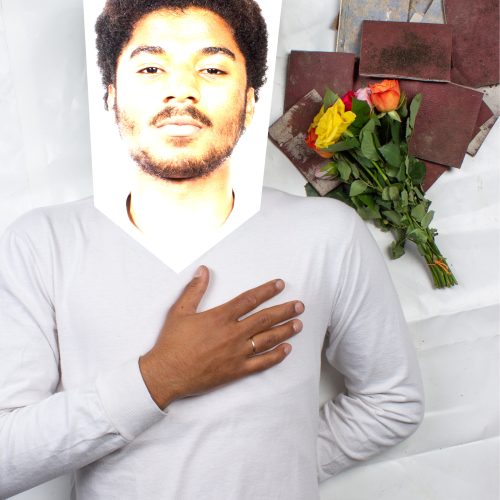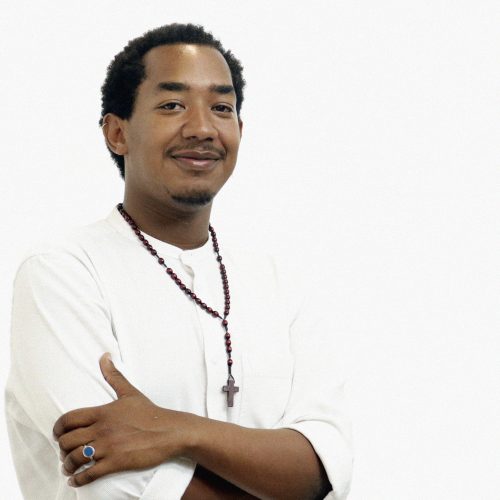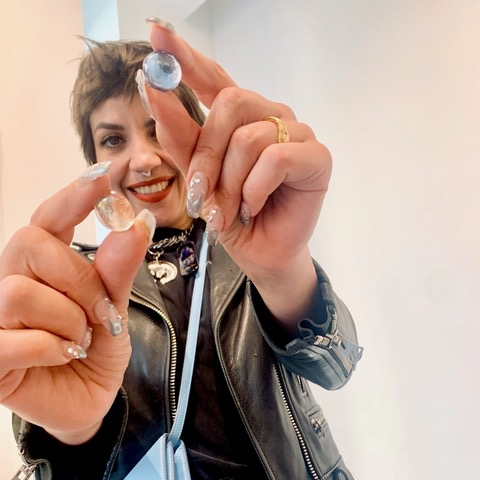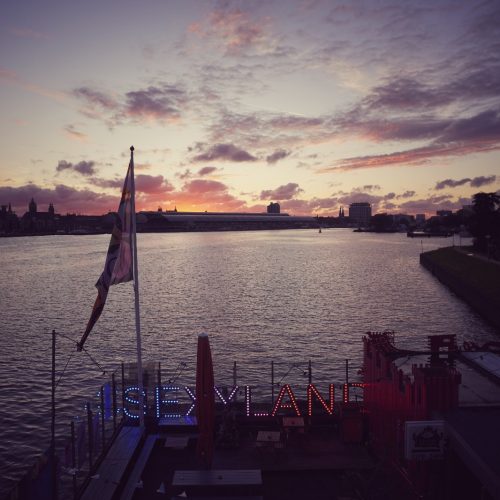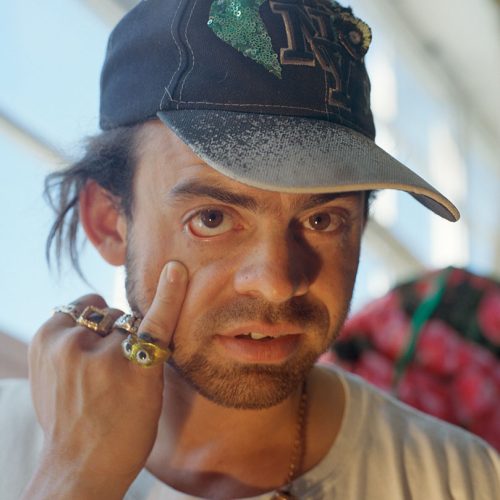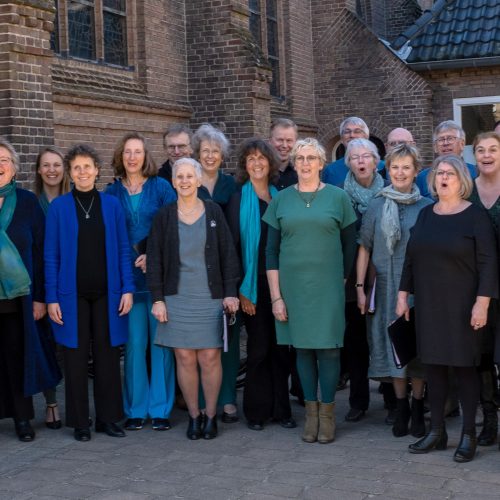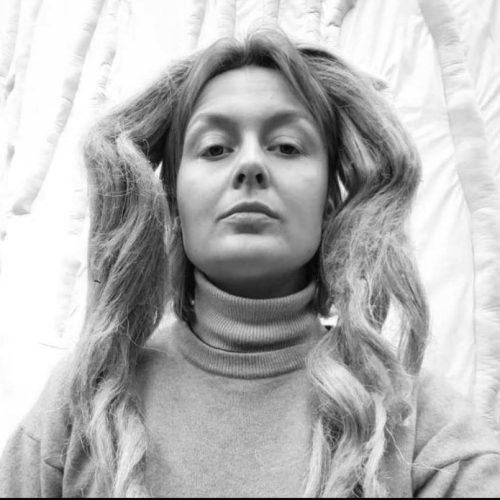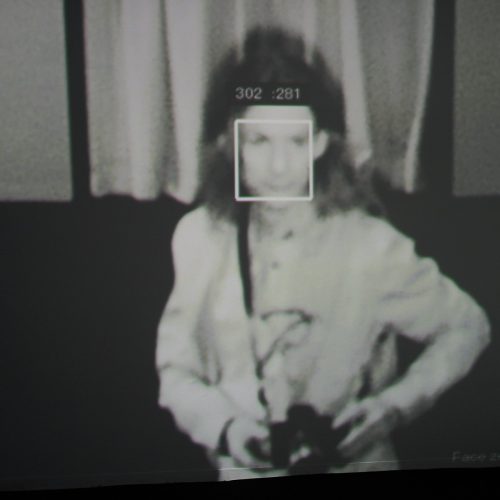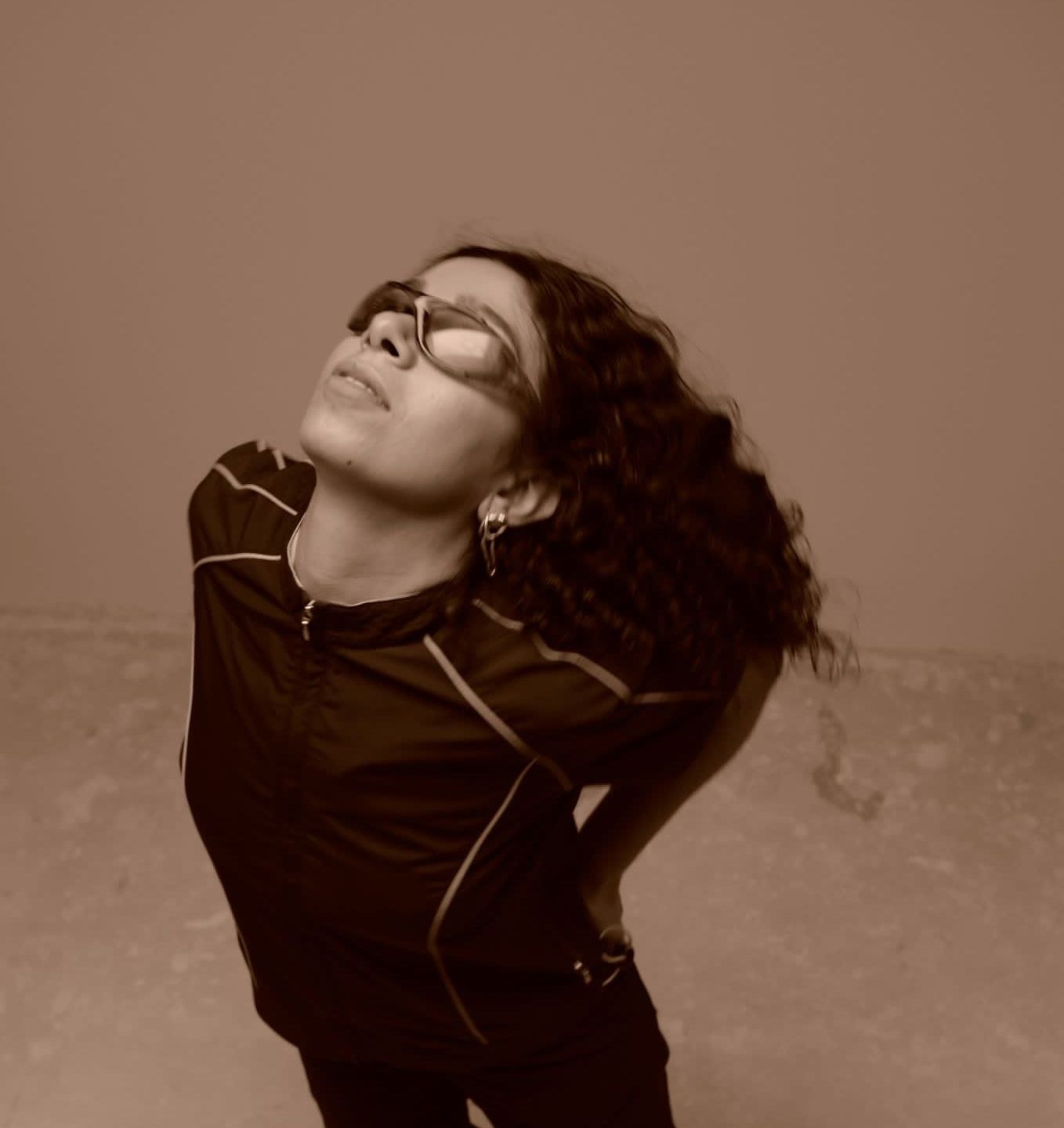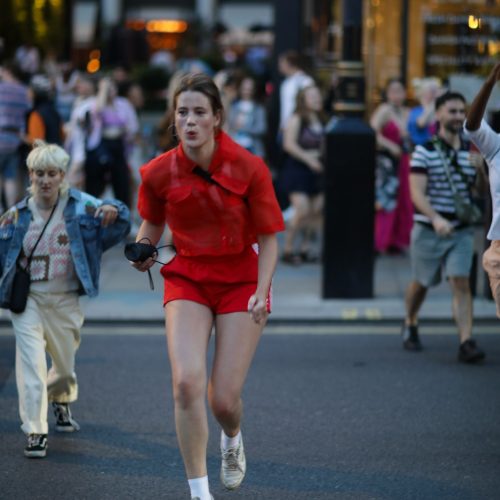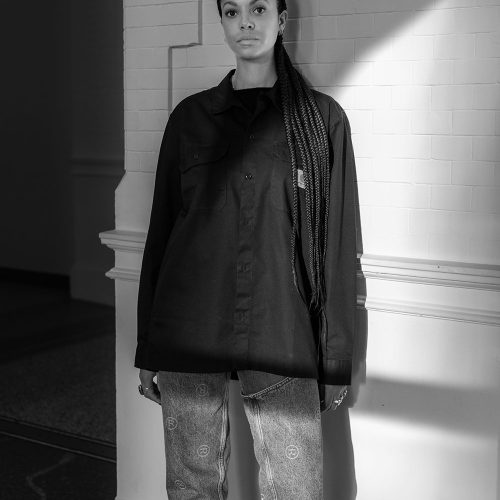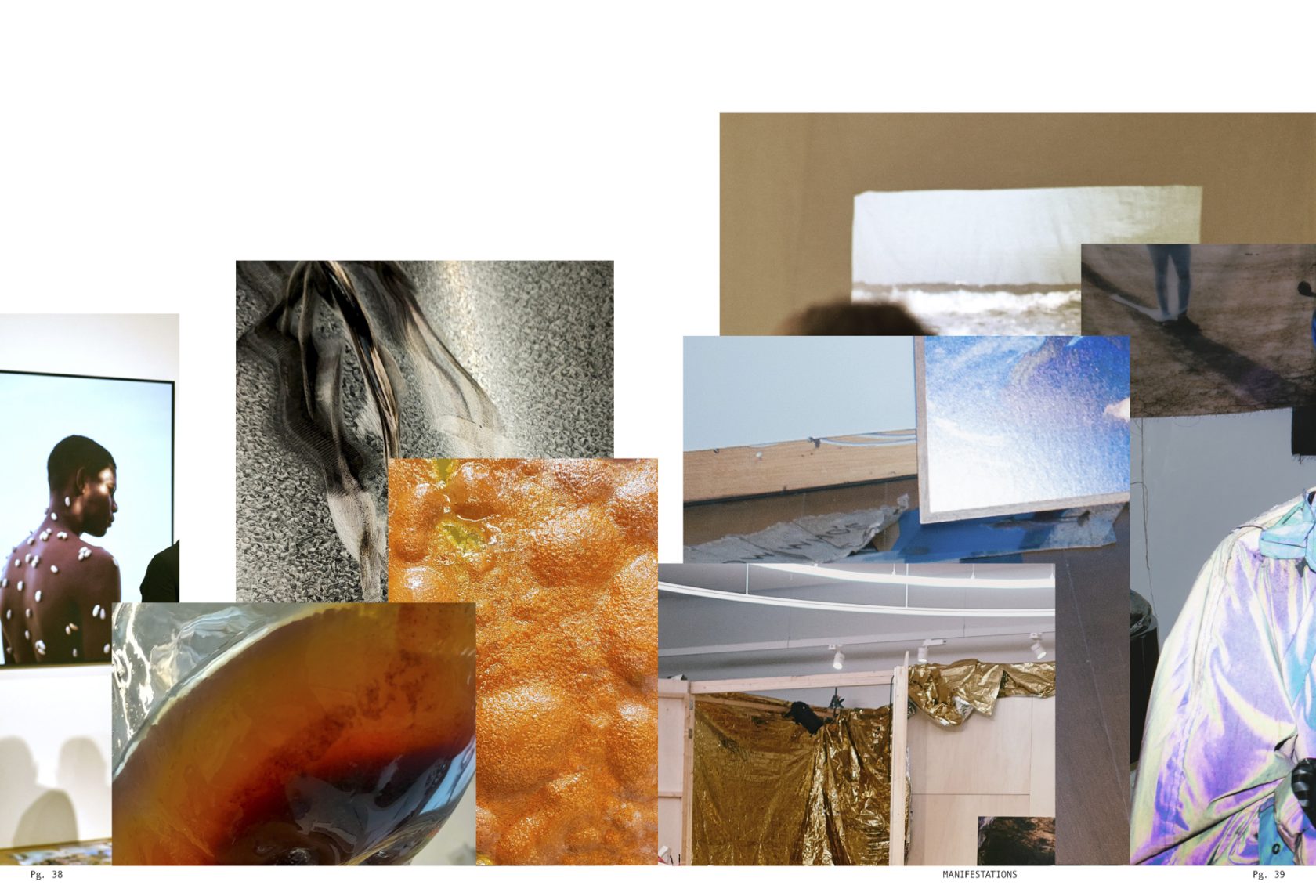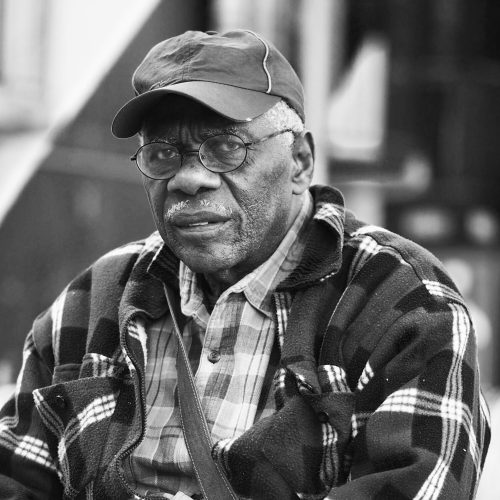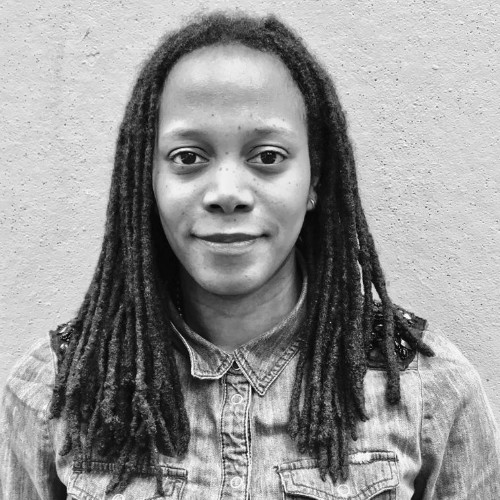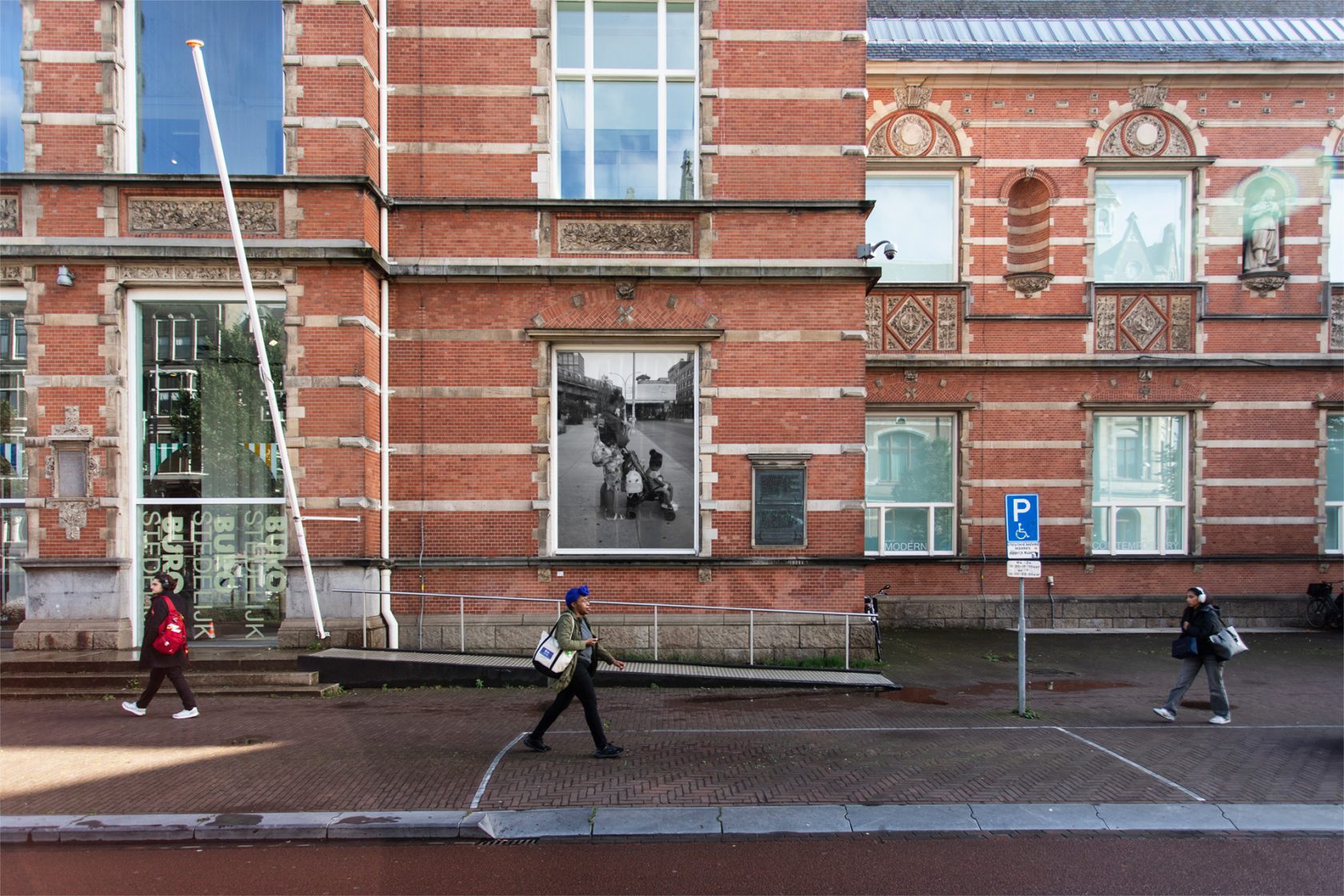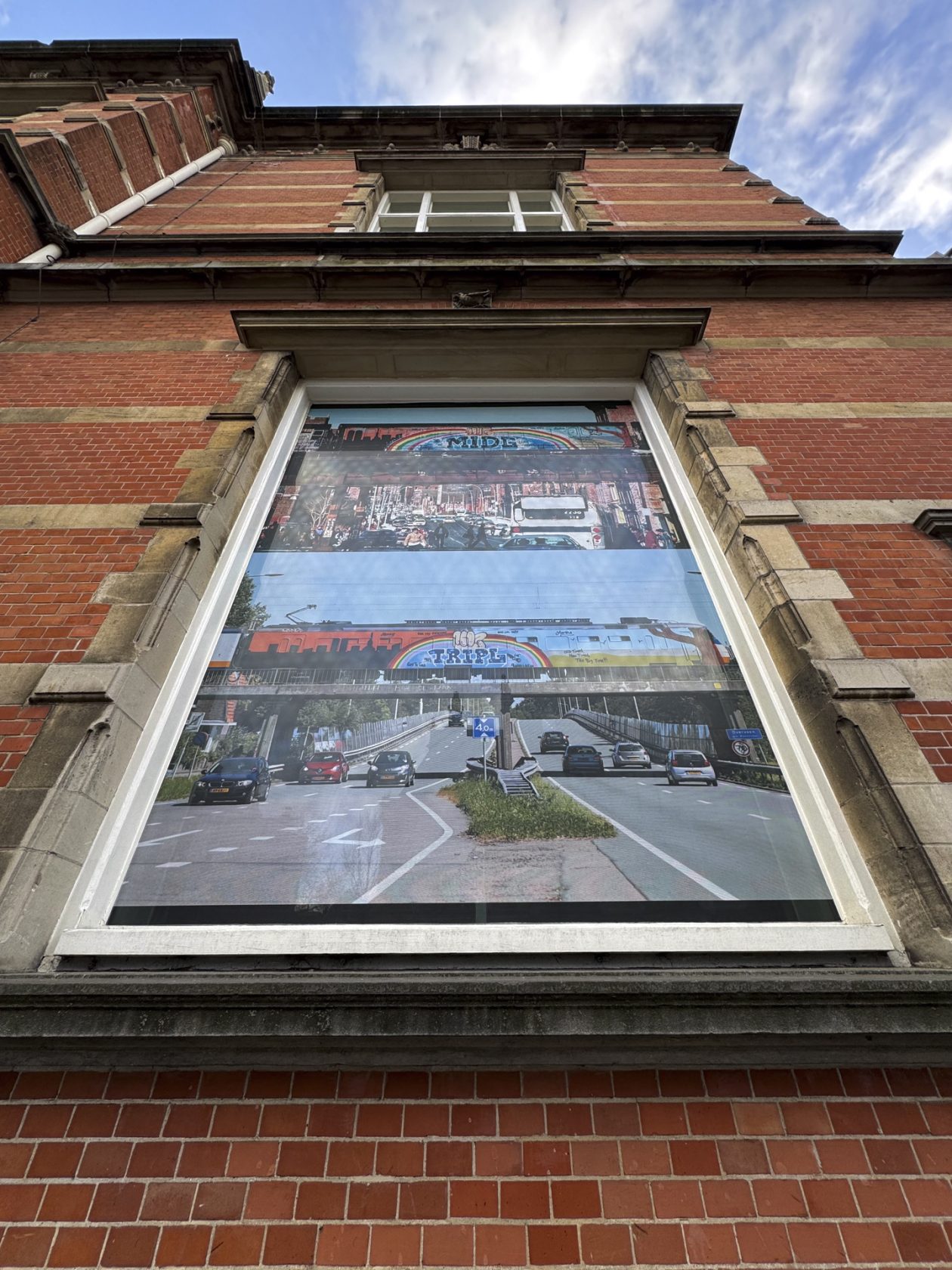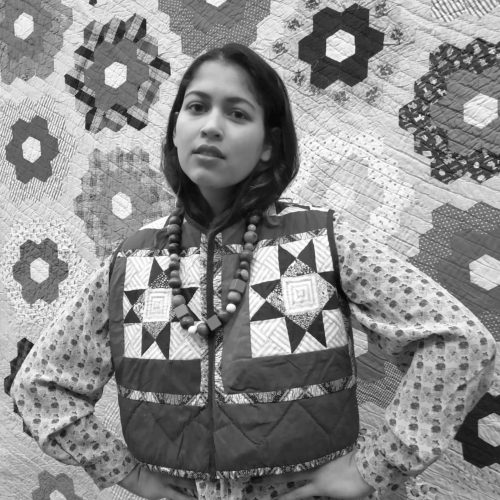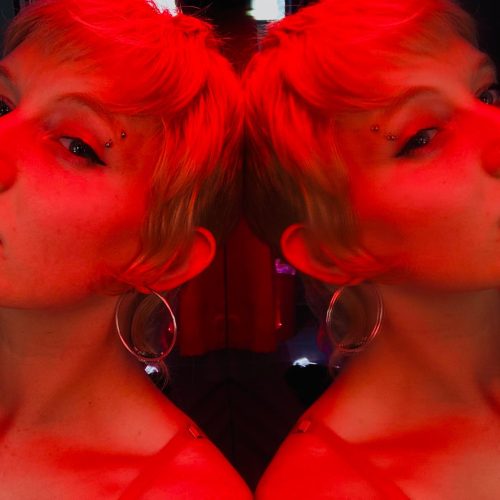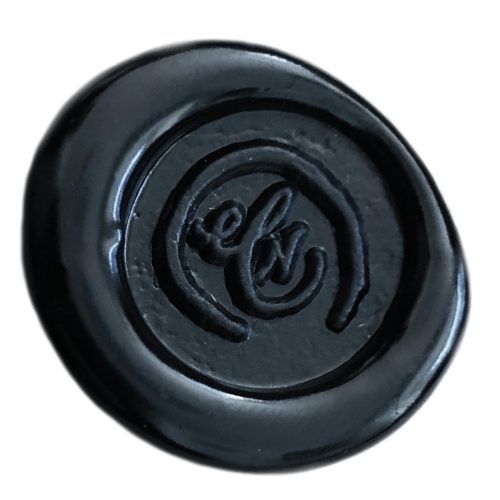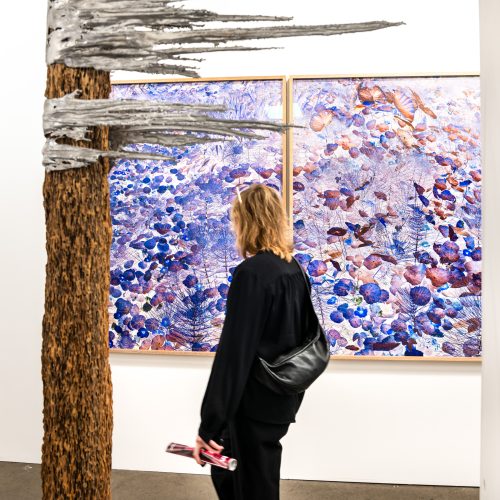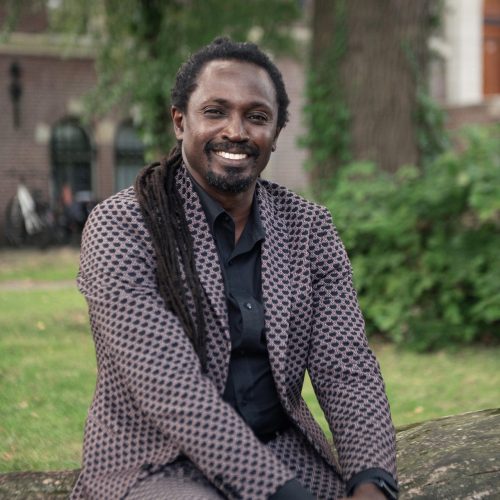
#80 The Belly of Momo
Come in to Buro Stedelijk's Central Space transformed by Kevin Osepa, shared with sound artist Rozaly and multidisciplinary artist Lakisha Apostel among many others.
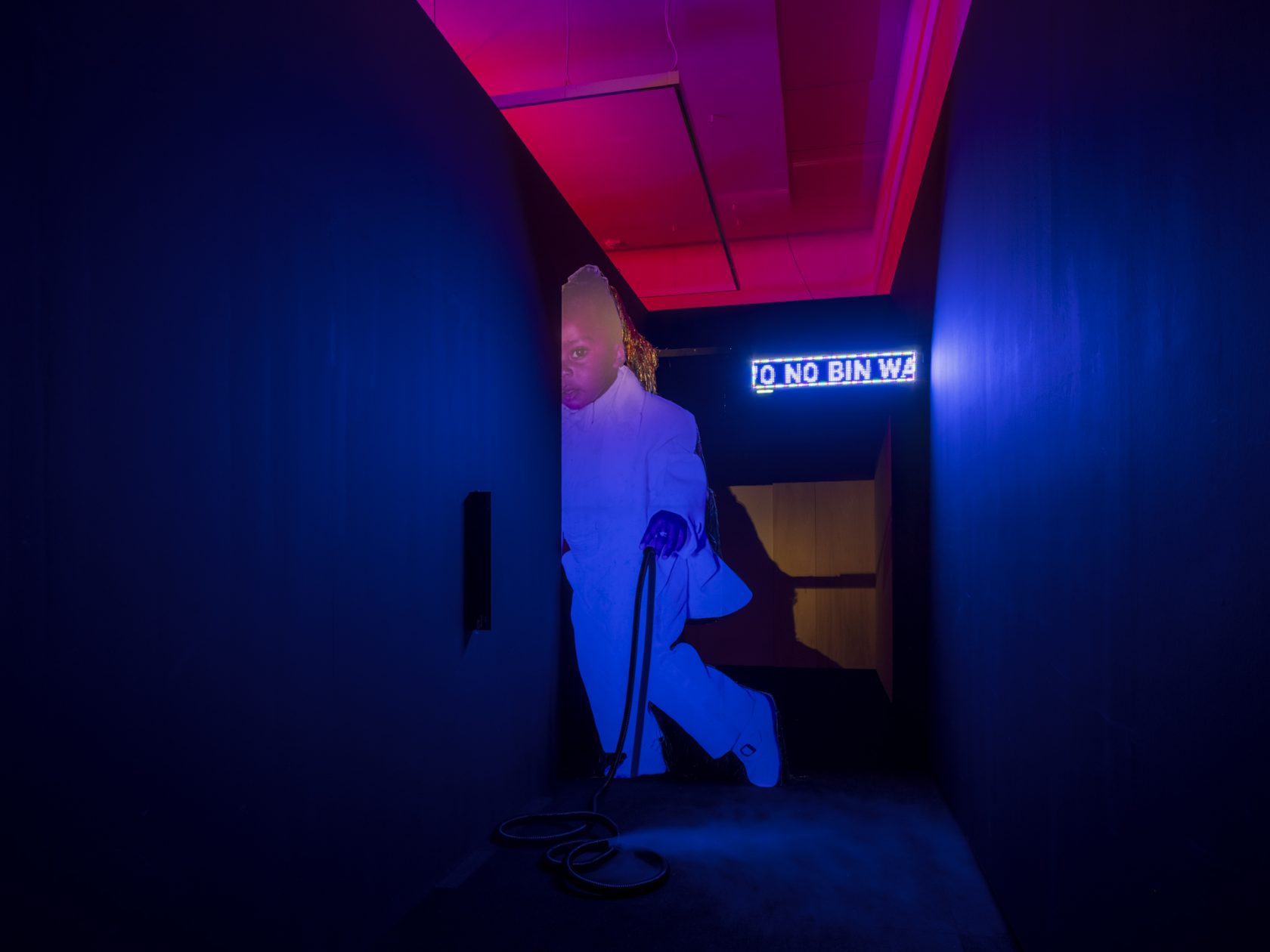
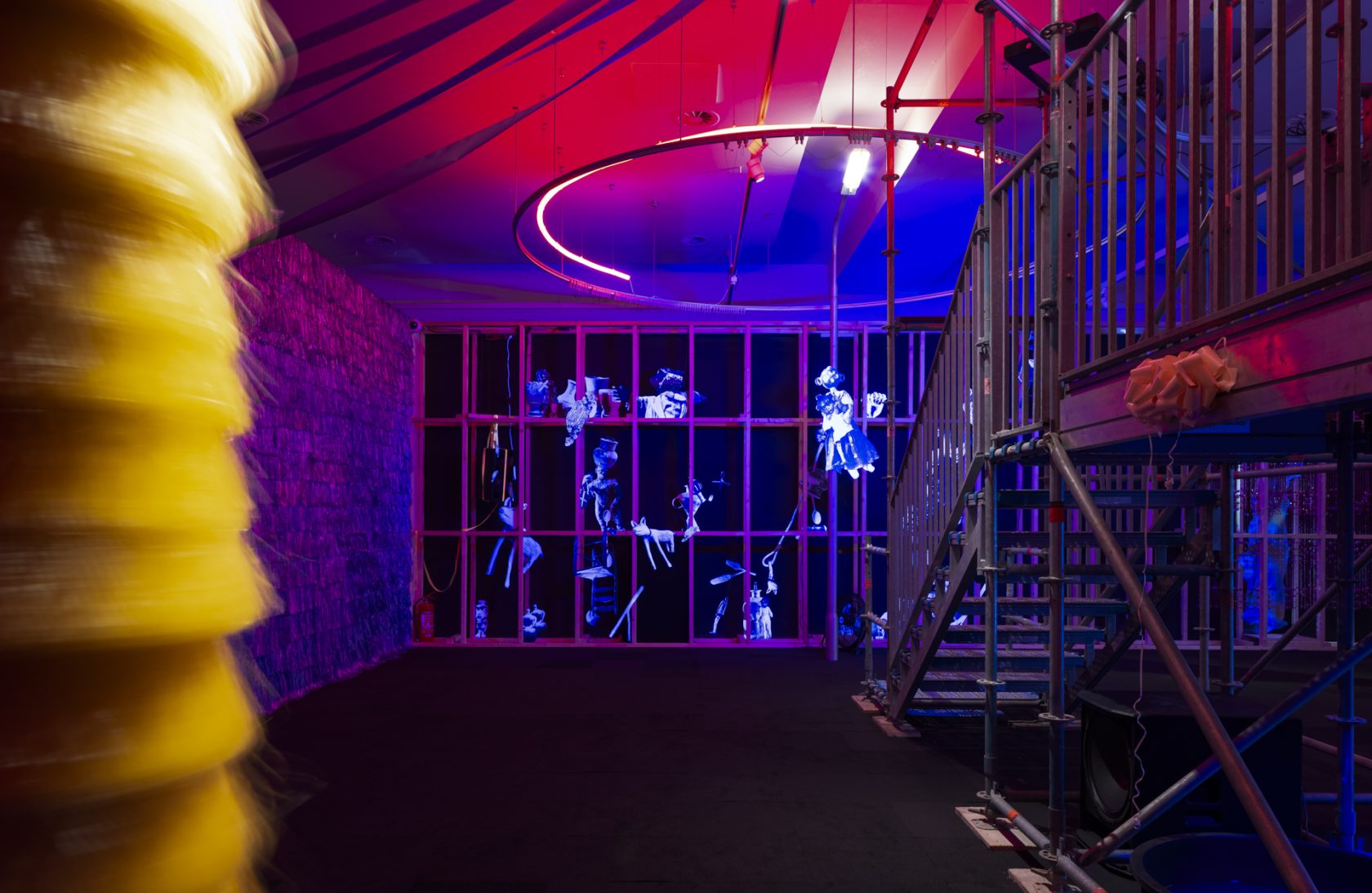

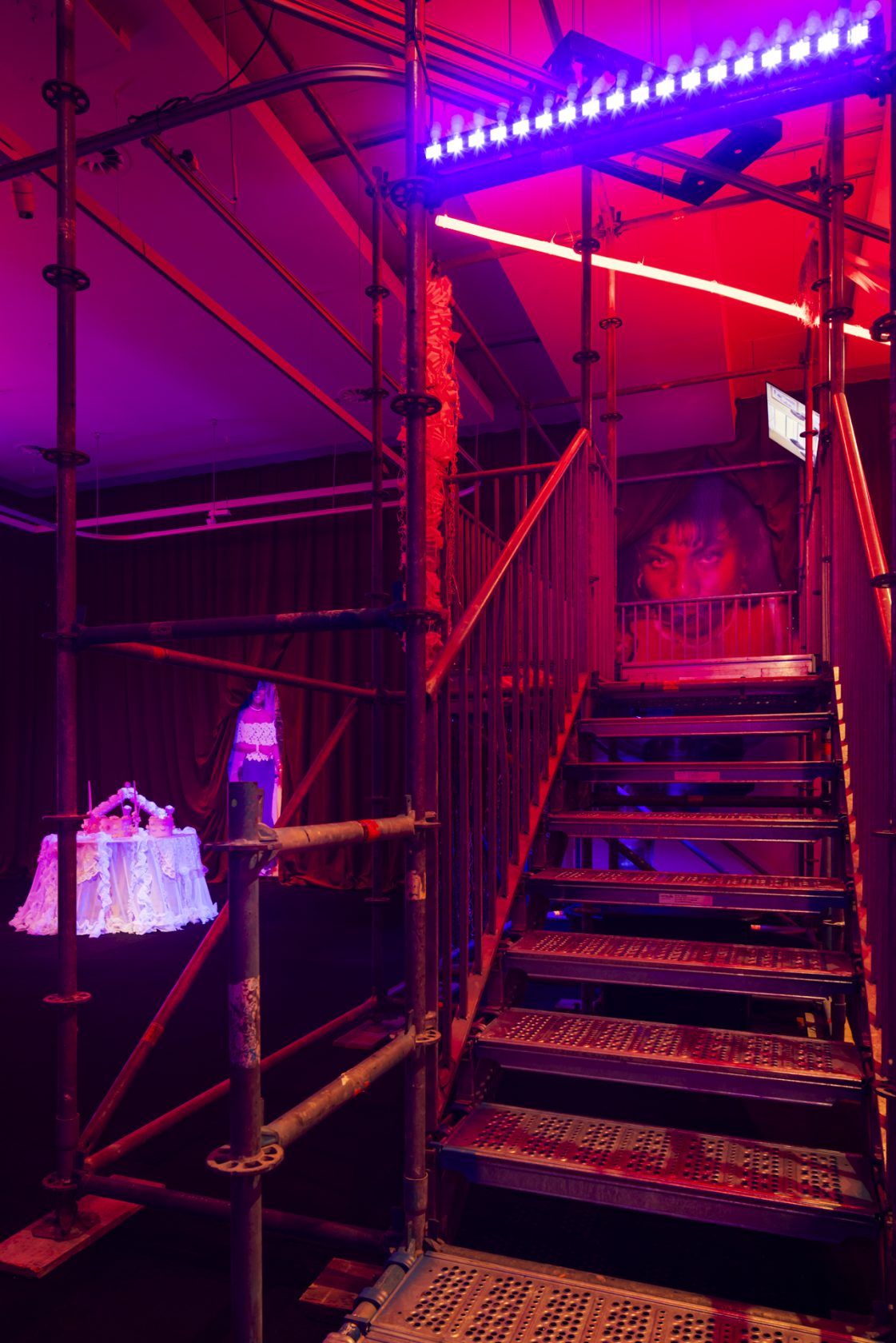
(scroll verder voor Papiamentu en Nederlands)
The puppet king dies every year and every year, he rises again. In Curaçao’s Karnaval, King Momo, a corpulent figure of collective catharsis, embodies a cyclical truth: temporary structures recur, endings contain future beginnings. Death is not terminus but a transition, and ancestors remain active participants. Past and present interpenetrate; the spirit persists, breathing new form into next year’s incarnation. But here we linger less in Karnaval’s streets but within its interior pulse, in the belly itself.
For Kevin Osepa, the Belly of Momo is not only subject but rather strategy. It grants temporary freedom across multiple time-spaces, a porous philosophy of practice that mirrors Buro Stedelijk itself. Both are interiors of becoming: places for showing up together, experimentation, and holding chaos as sacred. The belly holds contradictions without demanding resolutions: mourning and joy coexist, and carries the resonance of ancestors and their vibrations. Here, the many collaborations that make meaning are held, layered, and woven into being. It is a space where opposing forces need not resolve but can dwell together: where scale collapses, intimate archives transform into explosive color and deep darkness, where whispered histories flare into noisy bodies.
The power of the stomach as a muscular site of opacity. Eating soup together becomes methodology. Communication beyond words, communion without explanation. Within the belly, we are fed; we gather around warmth. This is communication as it exists outside Western logics of literal speech: sensory knowing, embodied encounter, wisdom passed between and among bodies in shared spaces and elastic time. Maternal knowledge challenges myths of solitary artistic genius, insisting instead on art as relational practice, as care work, as wake work, as wisdom passed between bodies in shared space and time.
The many collaborations are crucial with the work of sound artist Rozaly and multidisciplinary artist Lakisha Apostel among many others. While this work bears Osepa’s name, it is also his mother’s: her image, her presence, her thought and touch, her practice is woven throughout.
The project space of Buro Stedelijk itself has acted as belly: a living hollow, generative, sheltering spirits between manifestations. Between this show’s first conception and its physical installment, numerous collaborators have occupied and transformed this space. From small gestures to large interventions, from archives to immediacy of now. Some things remain to be determined; this open-endedness is the method. The belly is precisely where form stays fluid, where the unresolved can breathe.
The Belly of Momo becomes ritual space where you don’t merely observe but become entangled in Karnaval’s coded visual and affective language. You are asked to slip, to surrender certainty. This is what temporary structures offer: permission not to know, to dwell in complexity, and to trust that meaning emerges through feeling and proximity rather than didactic explanation. The belly holds what ‘formal institutions’ cannot: the space between clarity and opacity, the threshold where transformation begins.
Inside the belly, sensory saturation creates conditions for collective experience: sounds, vibrations, sacred and cursed layered together. You are invited to inhabit it all–joy, mourning, renewal, and the political reclamation of space. Experience what happens when we linger between categories, between endings and beginnings, between what was and what might be. This is an invitation to enter a space where contradictions are not problems to be solved but conditions to be inhabited.
Here, practice becomes political reclamation: asserting Caribbean epistemologies within institutional space, insisting on embodied, non-literal forms of knowing long marginalized yet deeply woven into the Netherlands’ reality. The belly makes room for what has been kept outside.
It is not disappearance but transition. The closing chant: ‘Ayo Momo’ becomes a technology of continuity. A call that insists even erased spirits rise again, endings contain beginnings.
We gather here to make noise together, to cry together, to eat soup together. Not to let go, but to remember how we gathered in the threshold, how we occupied this experimental place and dared to imagine, time and time again, as a collective body.
‘Ayo Momo’
text by Rita Ouédraogo
‘Si bo stima bo wowonan, no bin wak’
Komo símbolo di liberashon kolektivo, e figura kòrpulento di Rei Momo di karnaval kurasoleño ta personifiká konosementu síkliko: strukturanan temporal ta regresá, kada final ta presedé un komienso nobo. Morto ta un transishon; antepasadonan ta partisipante aktivo. Pasado i presente ta krusa otro.
Kevin Osepa ta konsiderá stoma di Momo tantu un tema komo un strategiá. Un filosofía poroso ku ta reflehá e esensia propio di Buro Stedelijk. Ambos ta interiornan den formashon: lugá di enkuentro, pa eksperimentashon, unda por apresiá kaos. E stoma por karga i warda forsanan kontradiktorio sin nesesidat di resolushon: duele i alegria ta eksistí konhuntamente i ambos ta karga e resonansia di nos antepasadonan.
E poder di stoma komo un sitio muskular ku no ta transparente. Kome sòpi huntu ta kombertí den un método: un forma di komunikashon ku ta superá palabra, un ekspreshon komun(al) sin nesesidat di hustifikashon. Ta trata di un konosementu sensual, un enkuentro físiko, sabiduria transmití entre kurpanan den un espasio kompartí. Konosementu maternal ta reta e mito di e genio solitario i ta boga pa un práktika di arte relativo i kuido.
Kolaborashon ta krusial: artista músiko Rozaly, artista multidisiplinario Lakisha Apostel i diferente otro kontribuidó ta forma parti di e obra aki. Ounke e ta karga nòmber di Kevin, presensia di su mama (su imágen, su pensamentunan, su toke i su práktika) ta integrá den tur kos.
Den e tempu ku a transkurí entre konseptualisashon i instalashon di e ekshibishon aki, numeroso kolaboradó a transformá e espasio. Den stoma tur kontenido ta permanesé líkido i tur loke no prosesá por hala rosea. Bo ta keda invitá pa pèrde bo ekilibrio, deshasí di impulso pa siguridat, enbolbé bo mes den komplehidat. Barika ta kontené loke institutonan formal falta: e drèmpel kaminda transformashon ta kuminsá.
‘Ayo Momo’
translation by Glenpherd and Zion Piggott
‘Si bo stima bo wowonan, no bin wak’
Als symbool van collectieve ontlading, belichaamt de corpulente figuur van King Momo in het Curaçaose Karnaval cyclische wijsheid: tijdelijke structuren keren terug, elk einde bevat een nieuw begin. Dood is transitie; voorouders zijn actieve deelnemers. Verleden en heden lopen in elkaar over.
Voor Kevin Osepa is de Buik van Momo zowel onderwerp als strategie. Een poreuze filosofie die een spiegel vormt van Buro Stedelijk zelf. Beide zijn interieurs in wording: plekken om samen te komen, om te experimenteren, waar chaos gekoesterd mag worden. De (onder)buik kan tegengestelde krachten dragen zonder oplossingen te behoeven: rouw en vreugde bestaan naast elkaar en dragen beiden de resonantie van onze voorouders.
De kracht van de maag als een gespierde, ondoorzichtige plek. Samen soep eten wordt een methode: een vorm van communicatie die woorden overstijgt, een uiting van gemeenschap die geen verantwoording behoeft. Dit is zintuiglijk weten, een belichaamde ontmoeting, wijsheid die tussen lichamen wordt doorgegeven in een gedeelde ruimte. Moederlijke kennis daagt de mythe van het solitaire genie uit, en dringt aan op kunst als relationele praktijk, als een vorm van zorg.
Samenwerkingen zijn cruciaal: geluidskunstenaar Rozaly, multidisciplinair kunstenaar Lakisha Apostel en vele anderen maken deel uit van dit werk. Hoewel het Osepa’s naam draagt, is de aanwezigheid van zijn moeder – haar beeld, haar denken, haar aanraking en haar praktijk – in alles vervlochten.
In de tijd tussen de conceptualisering en de installatie van deze tentoonstelling hebben talloze collaborators deze ruimte getransformeerd. De buik is waar vorm vloeibaar blijft, waar het onverwerkte ademt. Je wordt uitgenodigd om uit balans te raken, de drang naar zekerheid los te laten, je in complexiteit te wikkelen. De buik bevat wat bij ‘formele instituten’ ontbreekt: de drempel waar transformatie begint.
Binnenin maakt zintuiglijke verzadiging ruimte voor collectieve ervaringen. Leef het allemaal: vreugde, rouw, vernieuwing, politieke herovering. Verwijl tussen categorieën, tussen het einde en het begin. Praktijk wordt politiek: het uitdragen van Caribische epistemologieën in een institutionele ruimte, het aandringen op belichaamde vormen van kennis die lang gemarginaliseerd zijn, maar diep verweven met de Nederlandse realiteit.
De slotroep ‘Ayo Momo’ wordt een technologie van continuïteit, een leus die aandringt dat zelfs uitgewiste geesten opnieuw verrijzen.
We komen samen om lawaai te maken, om samen te huilen, om samen soep te eten. Om te herinneren hoe we deze drempel bezetten en keer op keer durfden te verbeelden, als een collectief lichaam.
‘Ayo Momo’
Manifestation #80: The Belly of Momo
November 20, 2025 – January 8, 2026
Open daily with Stedelijk Museum Amsterdam ticket / Dagelijks geopend met Stedelijk Museum Amsterdam ticket (Museumplein 10), 10:00 – 18:00
